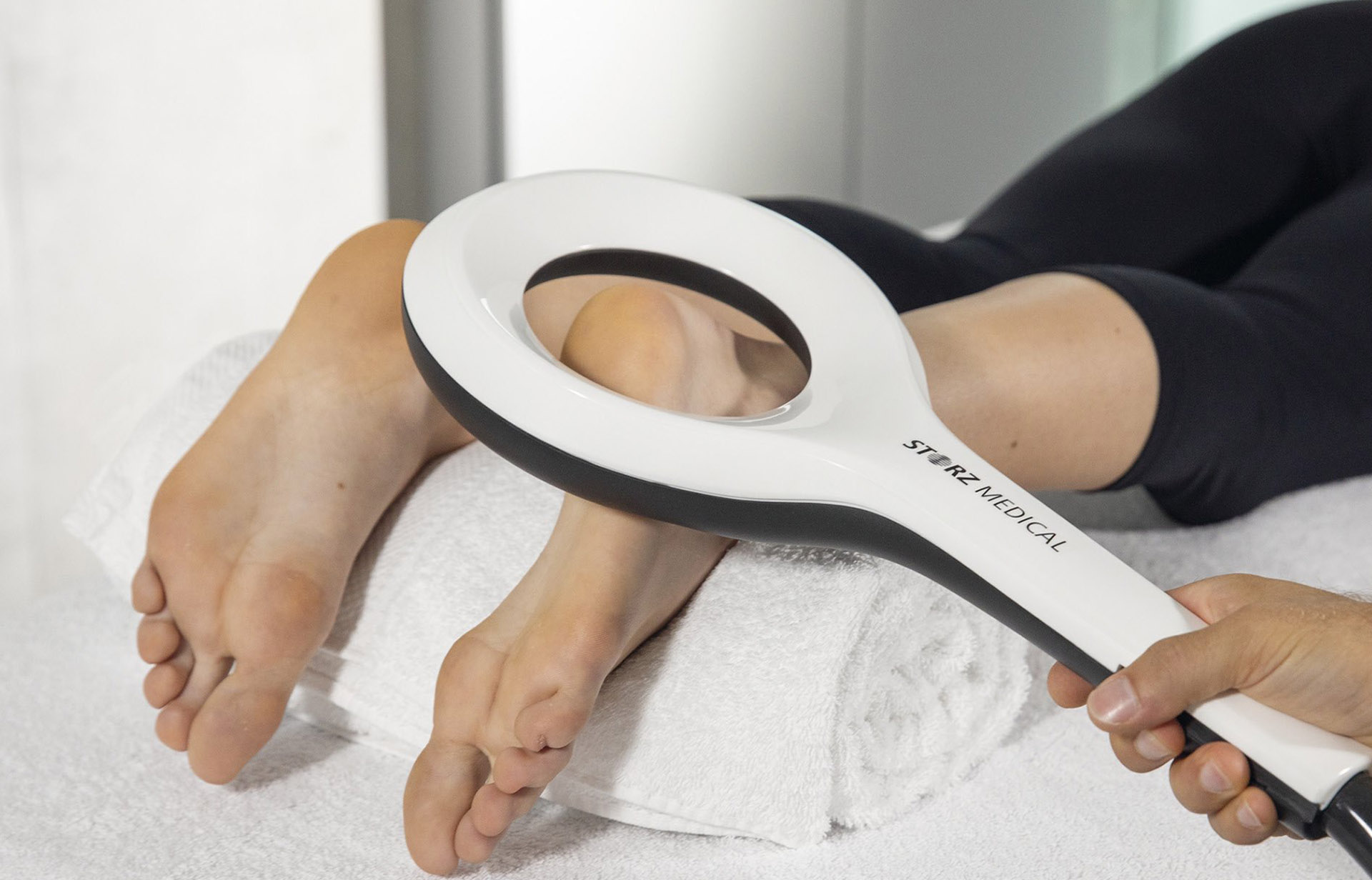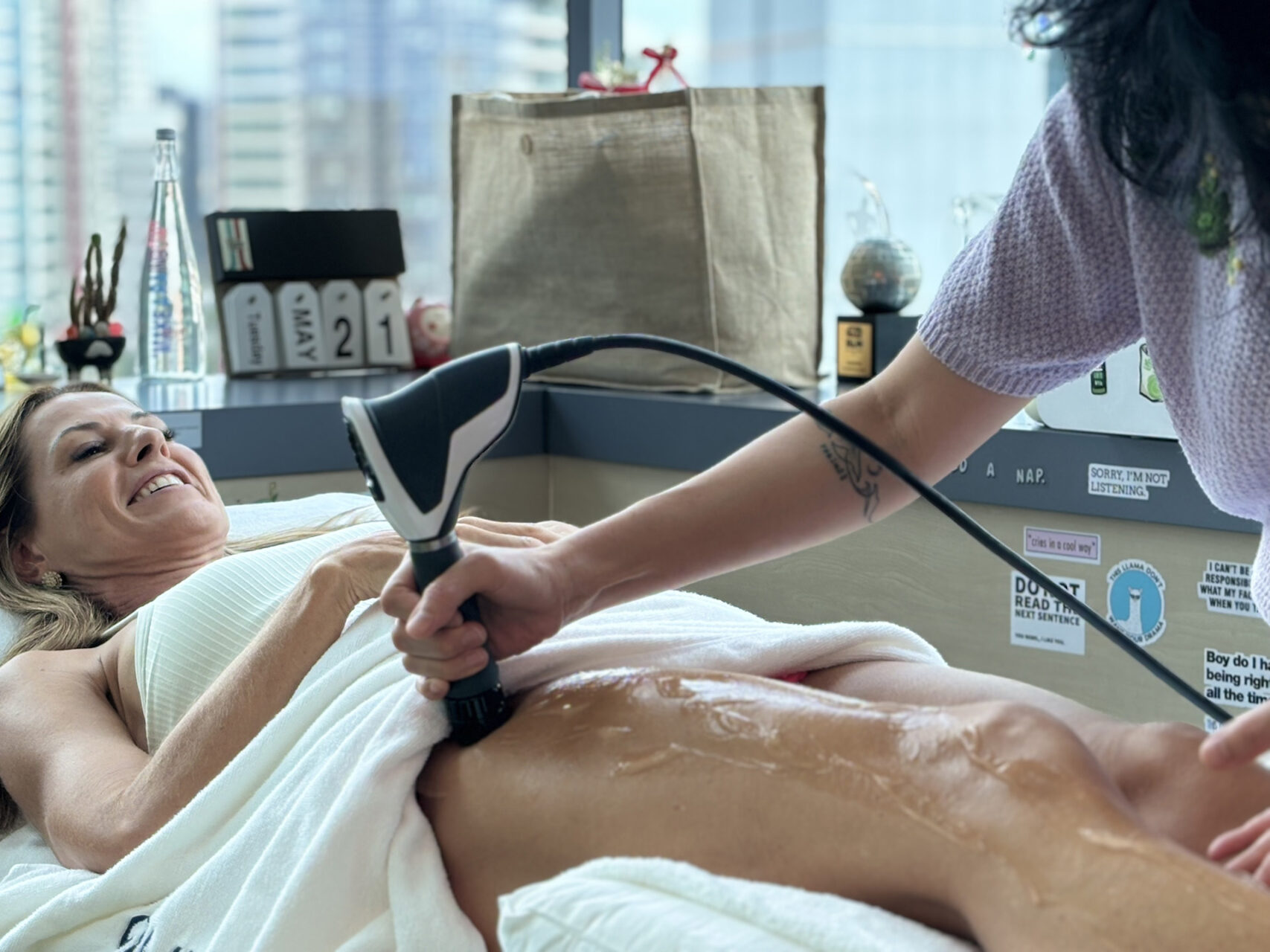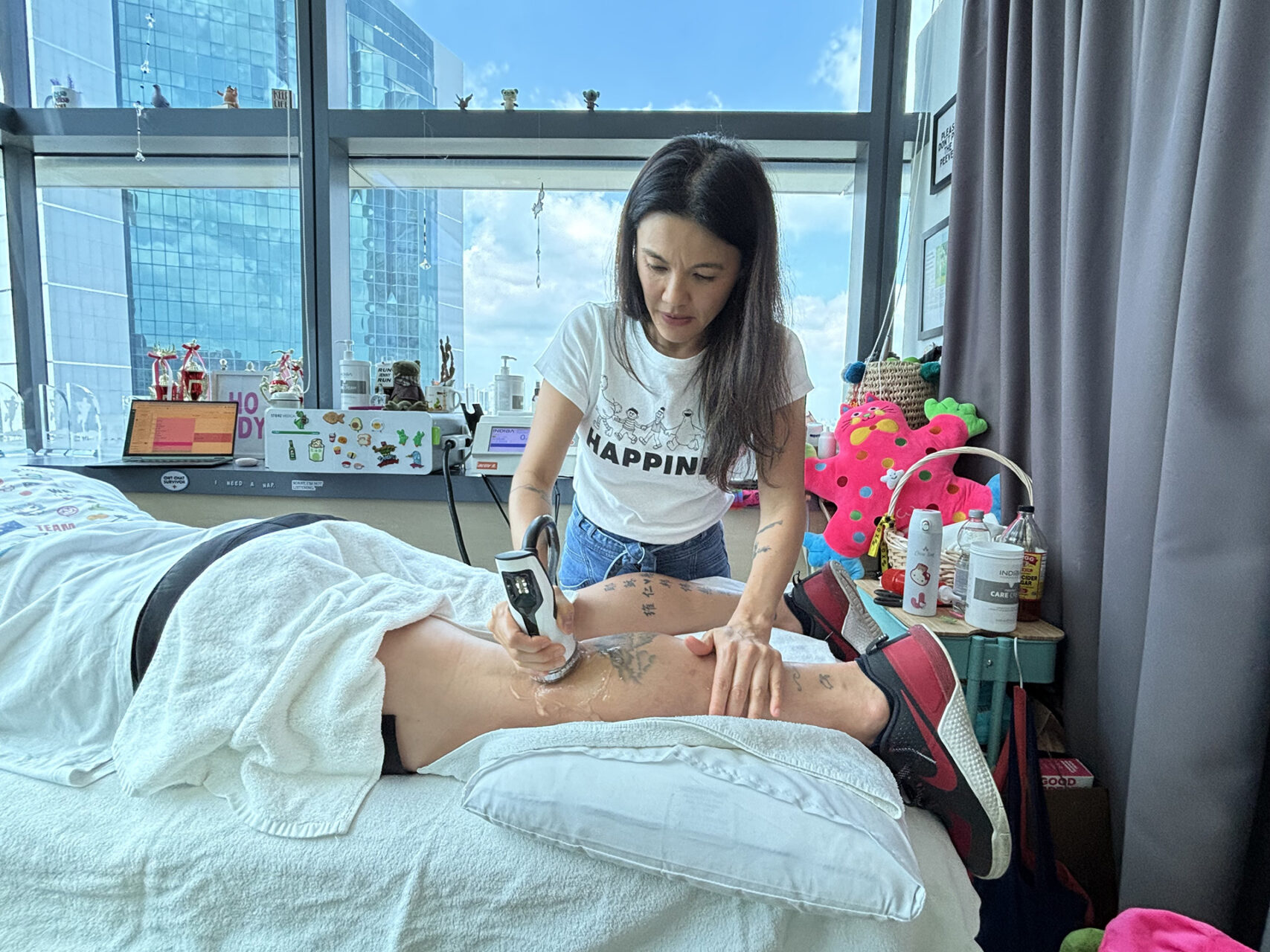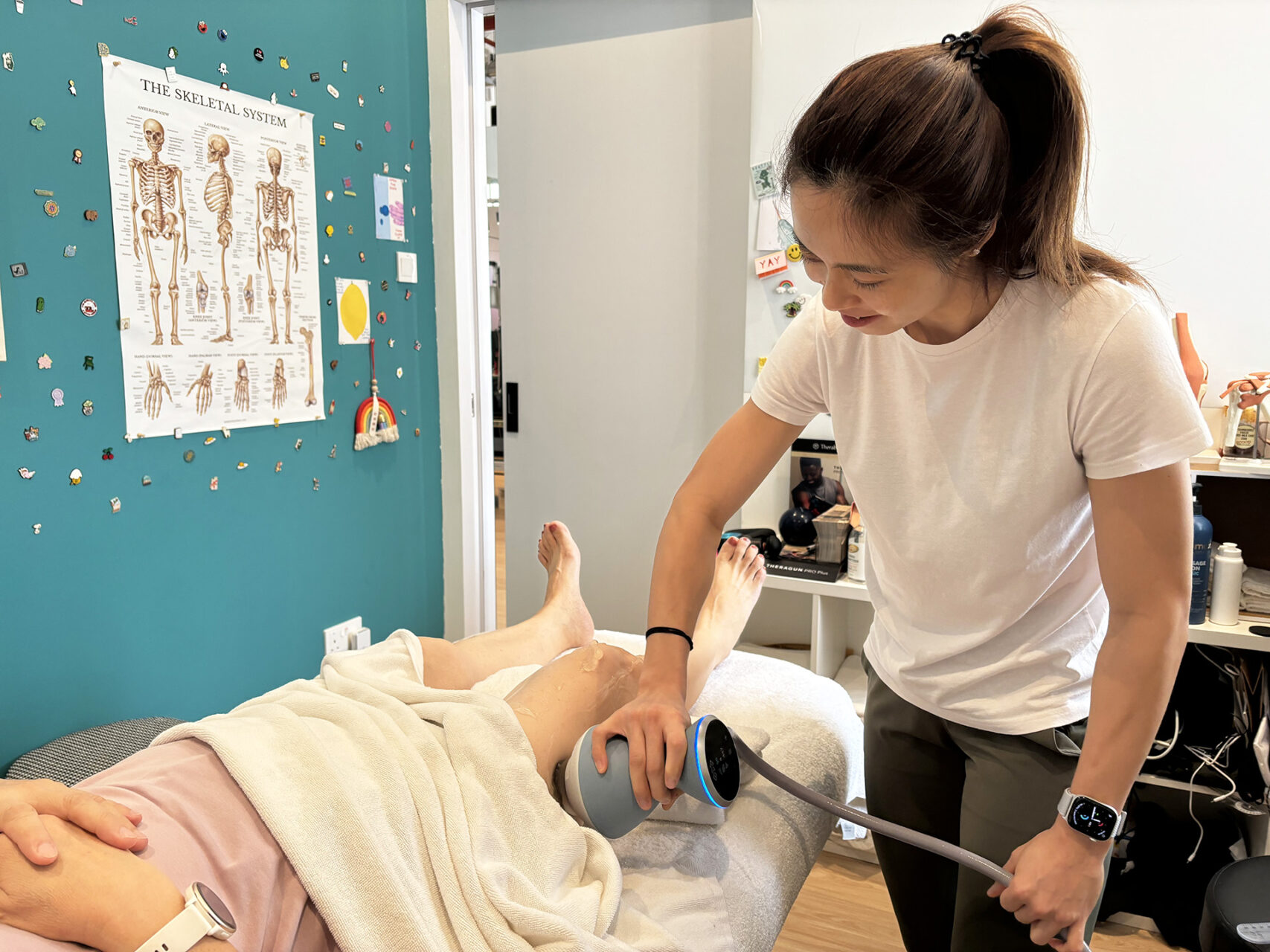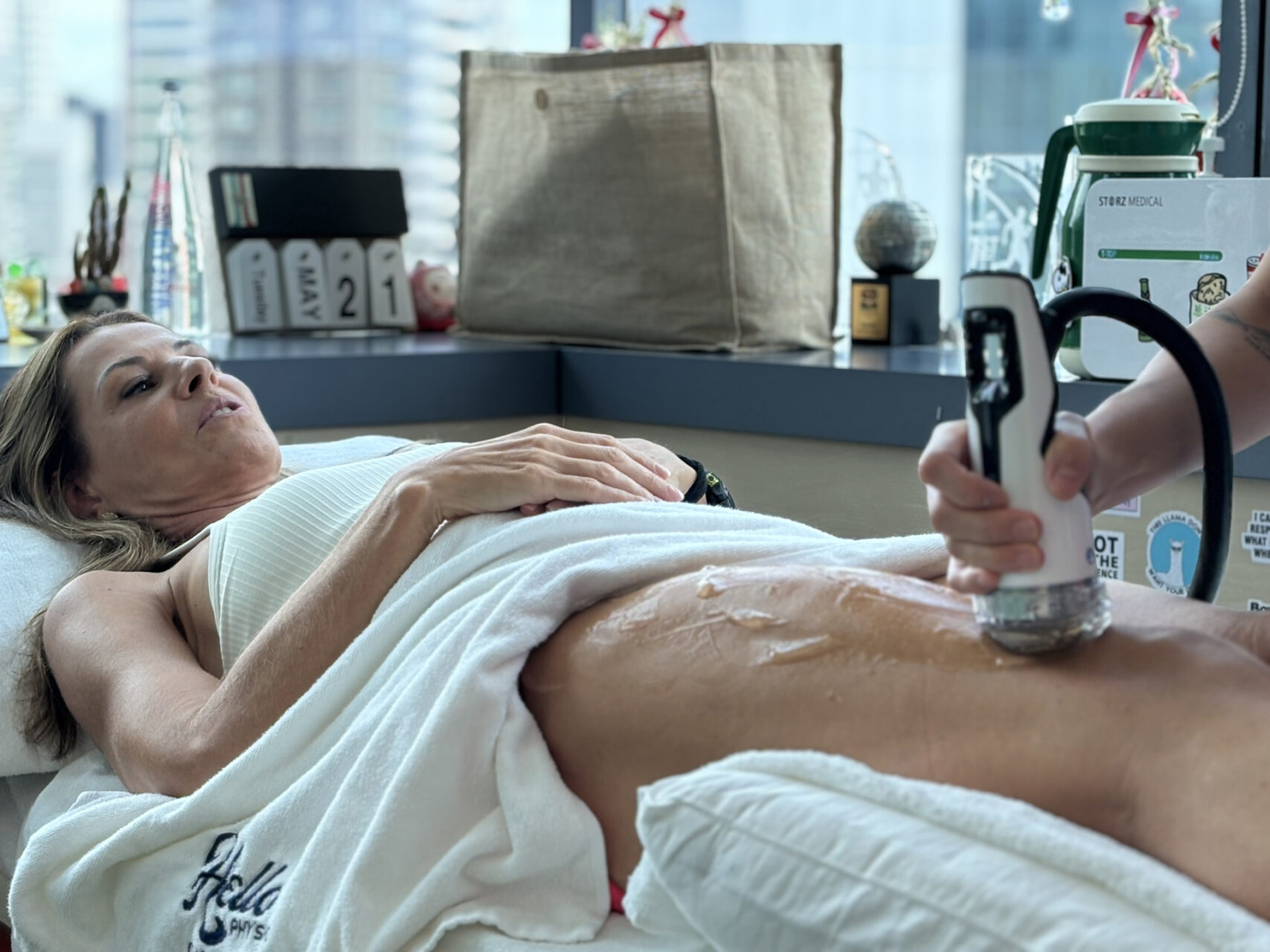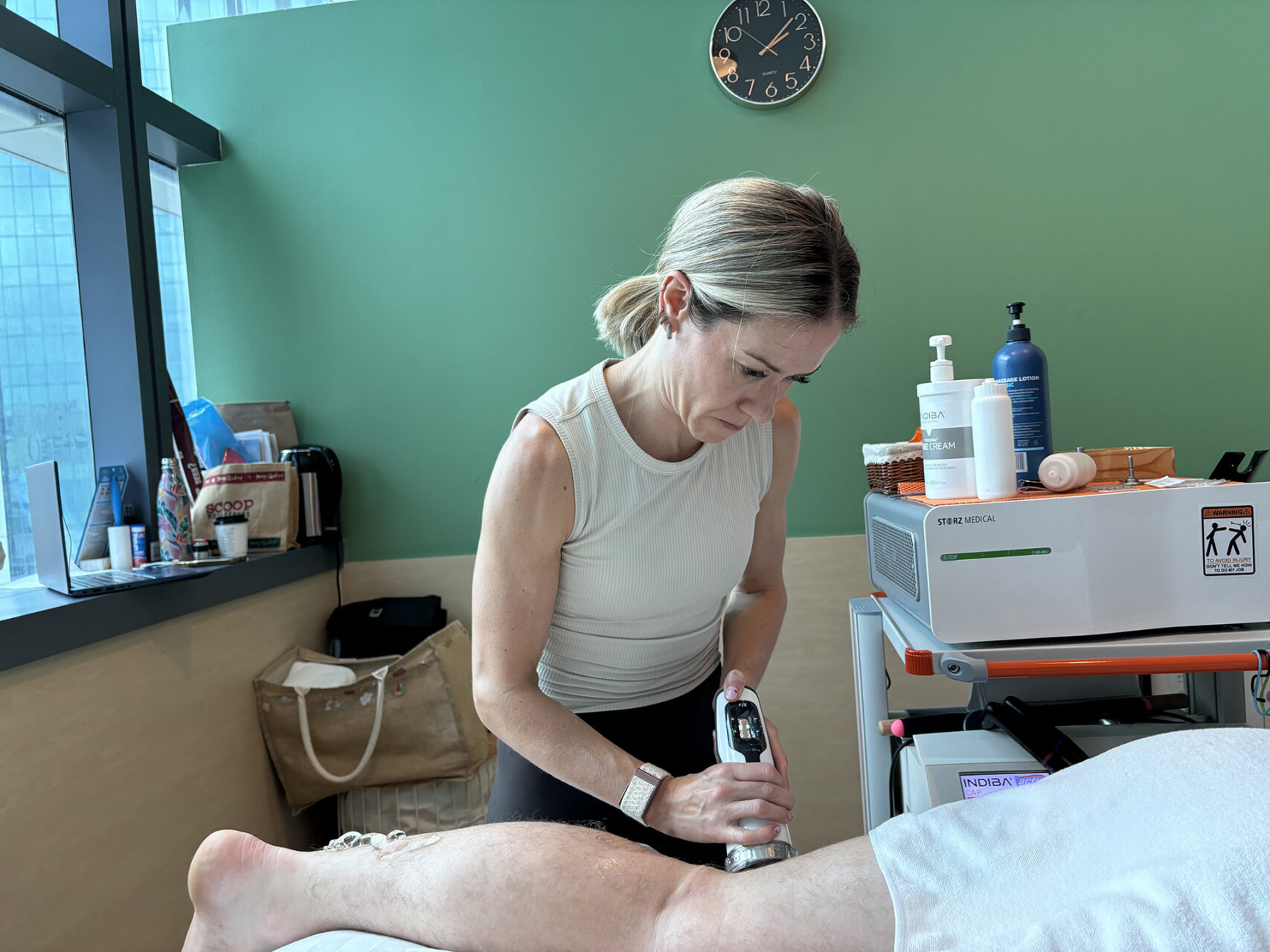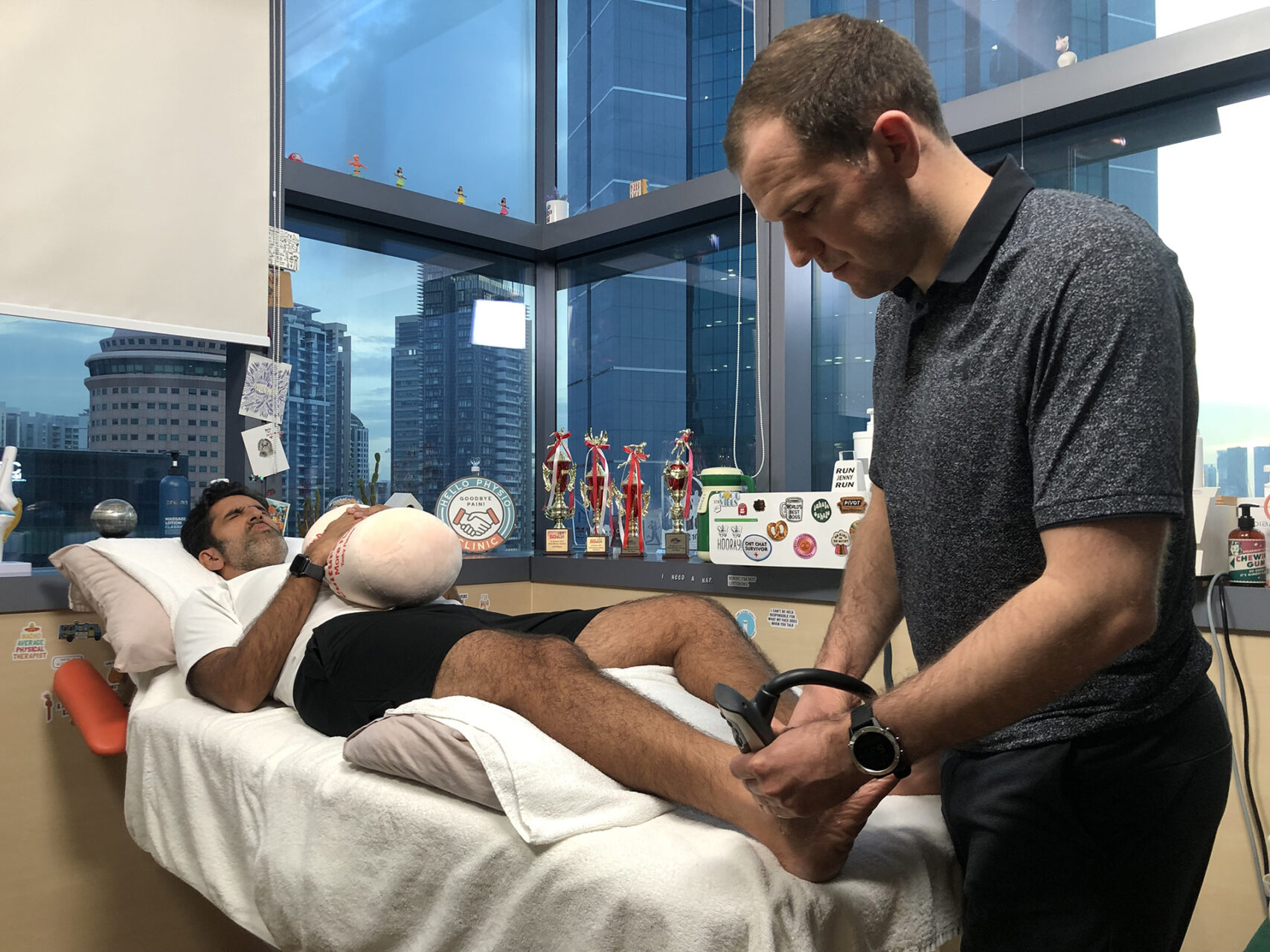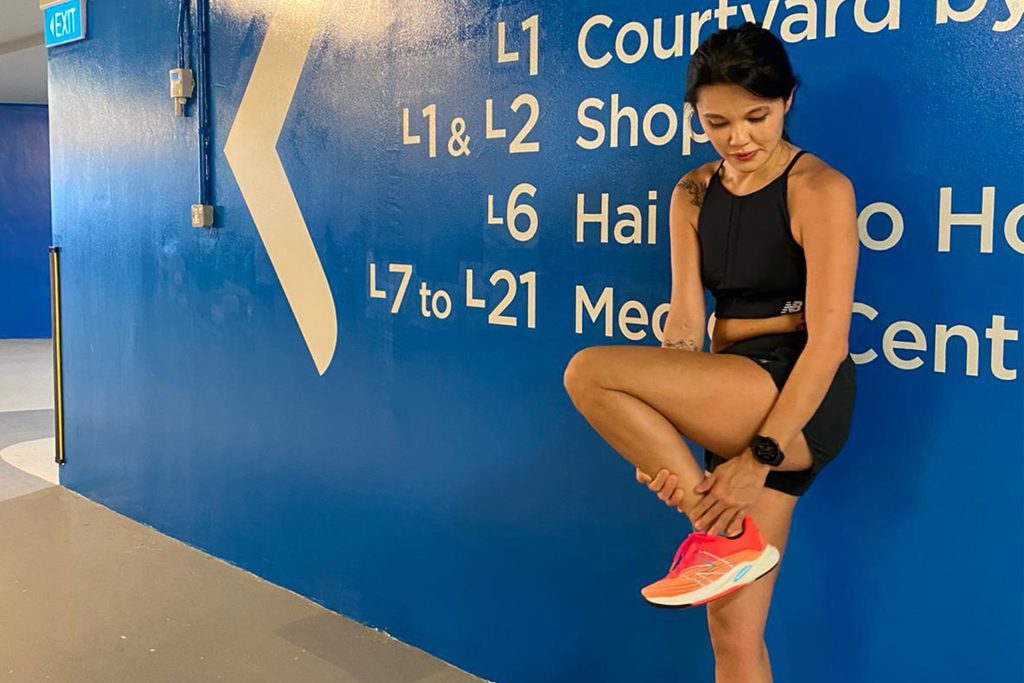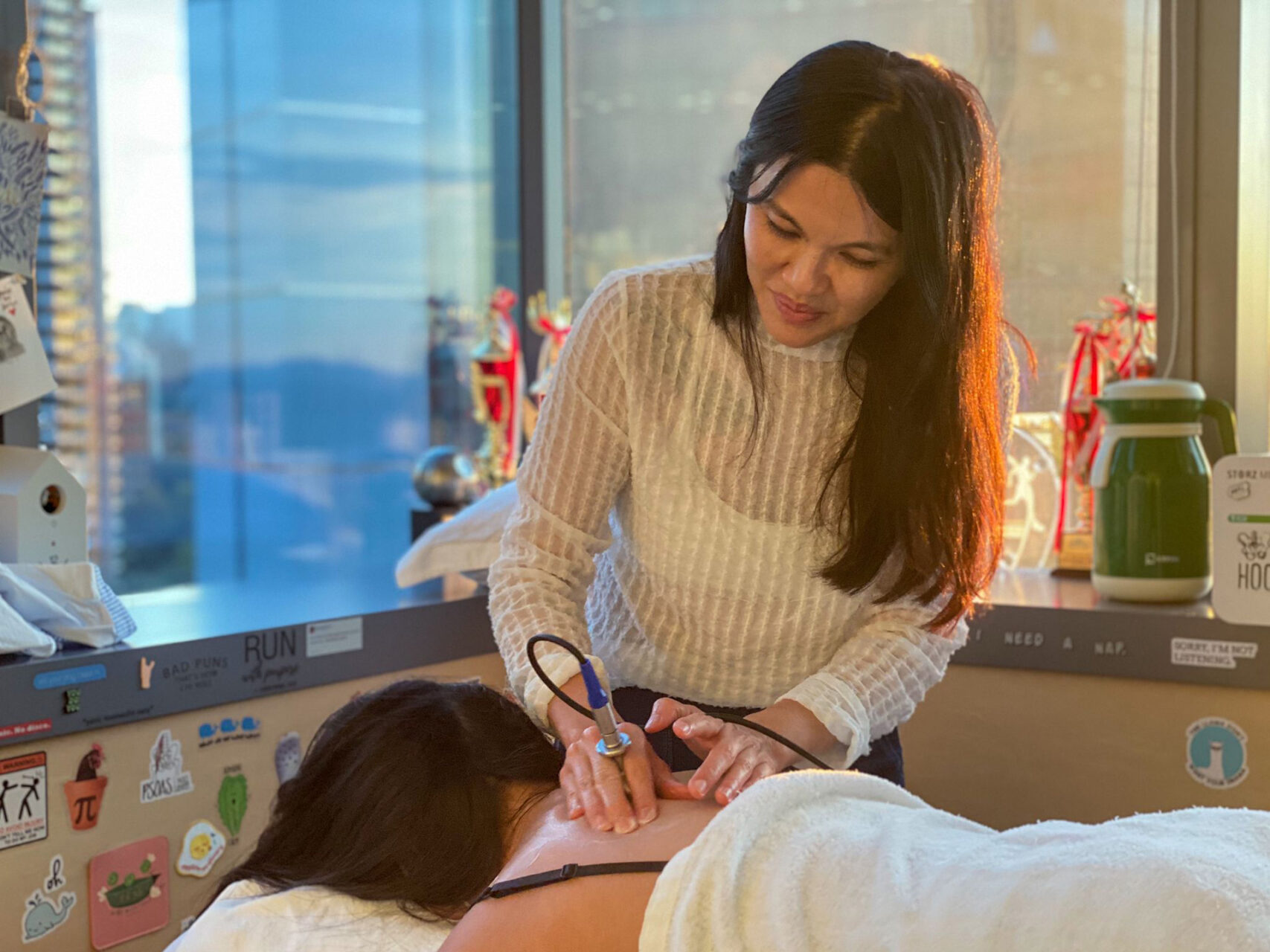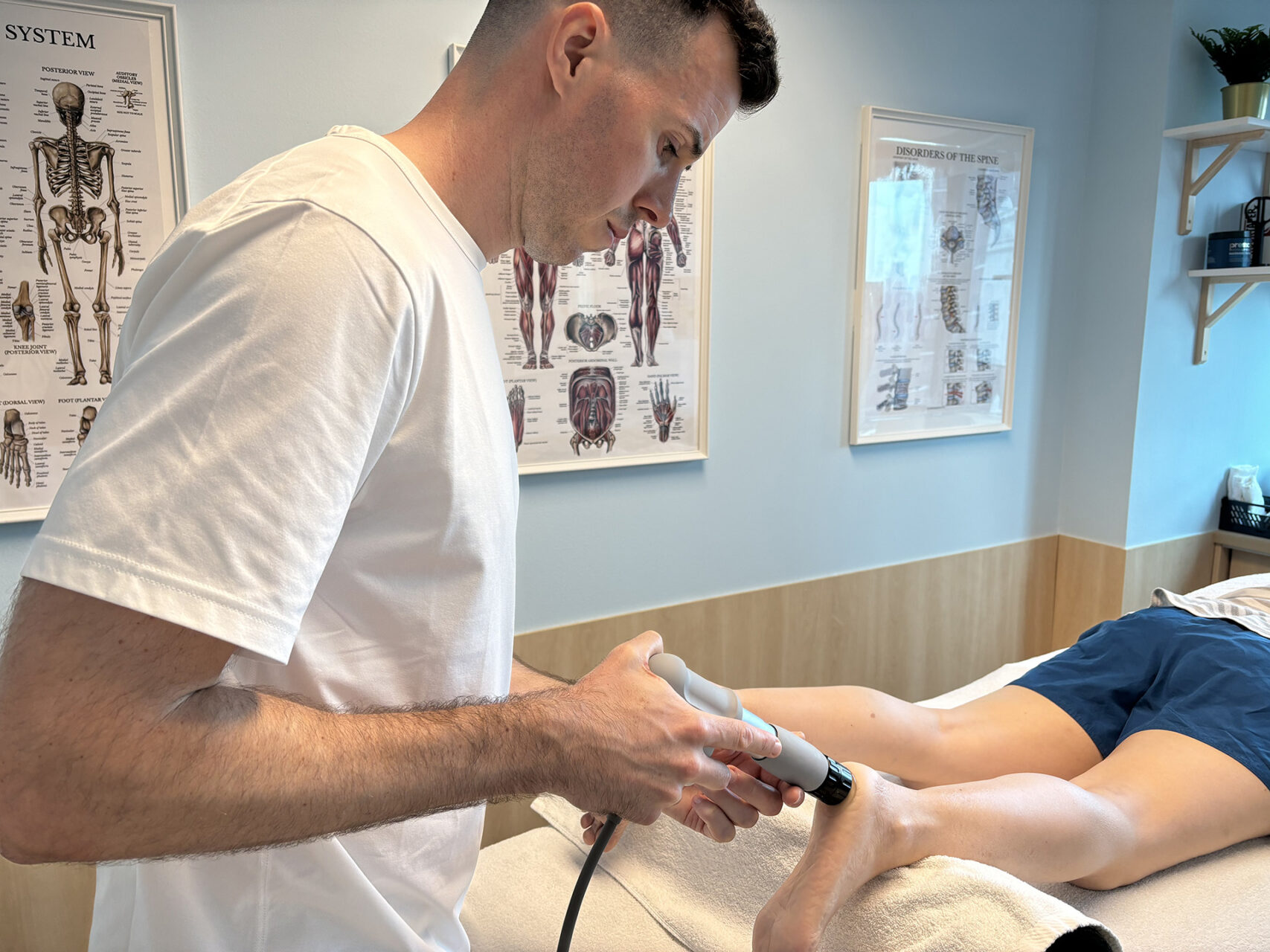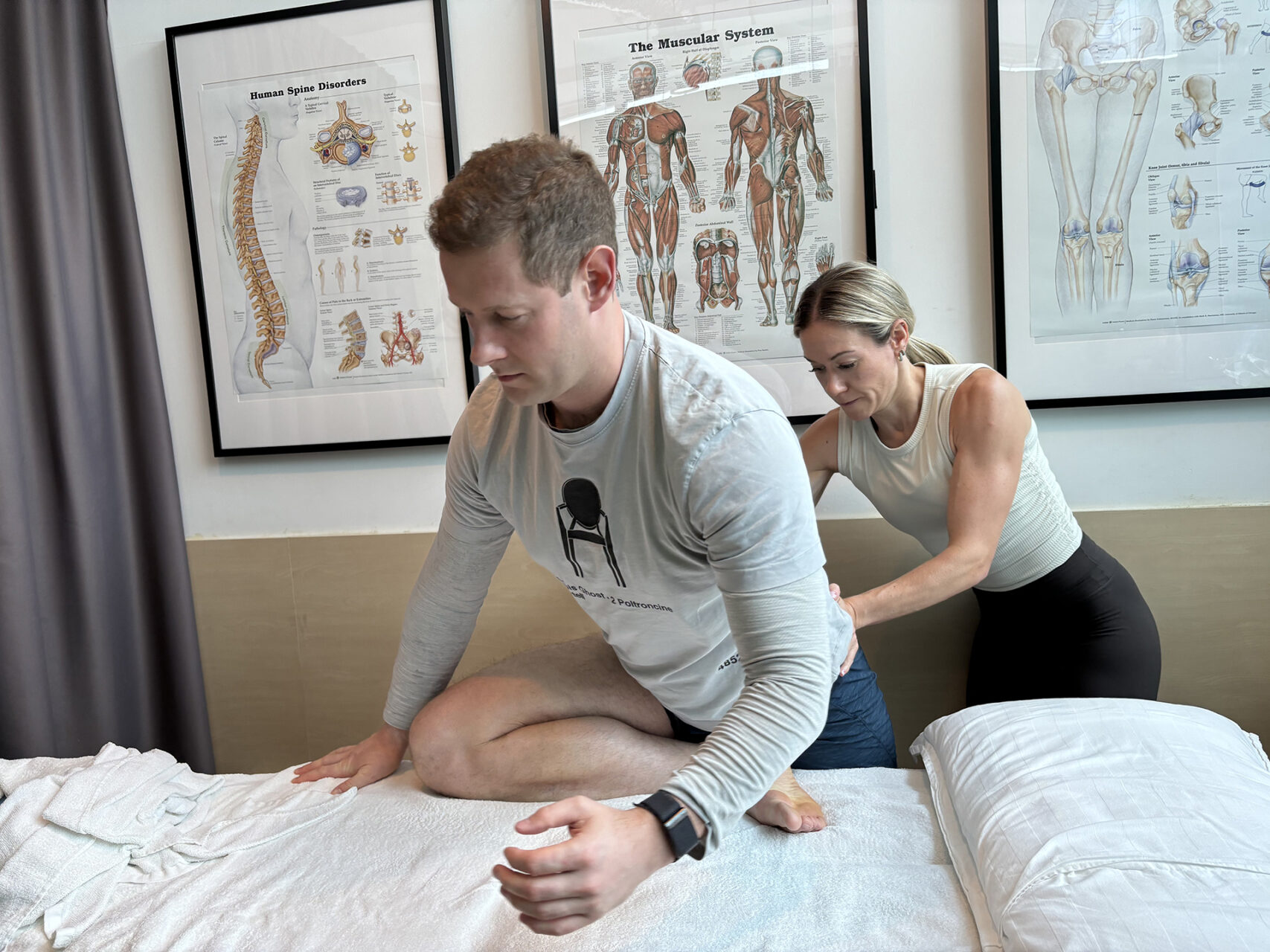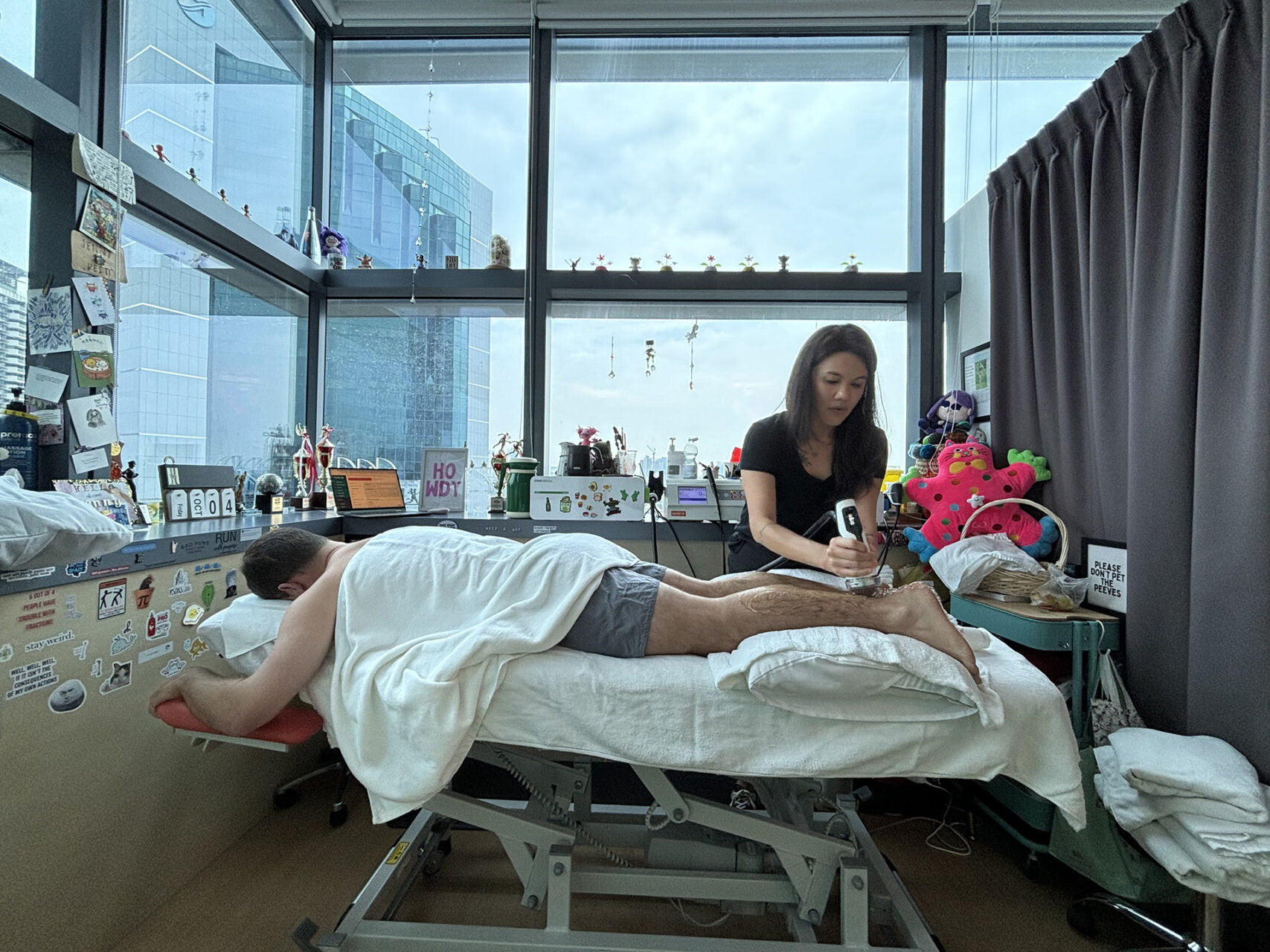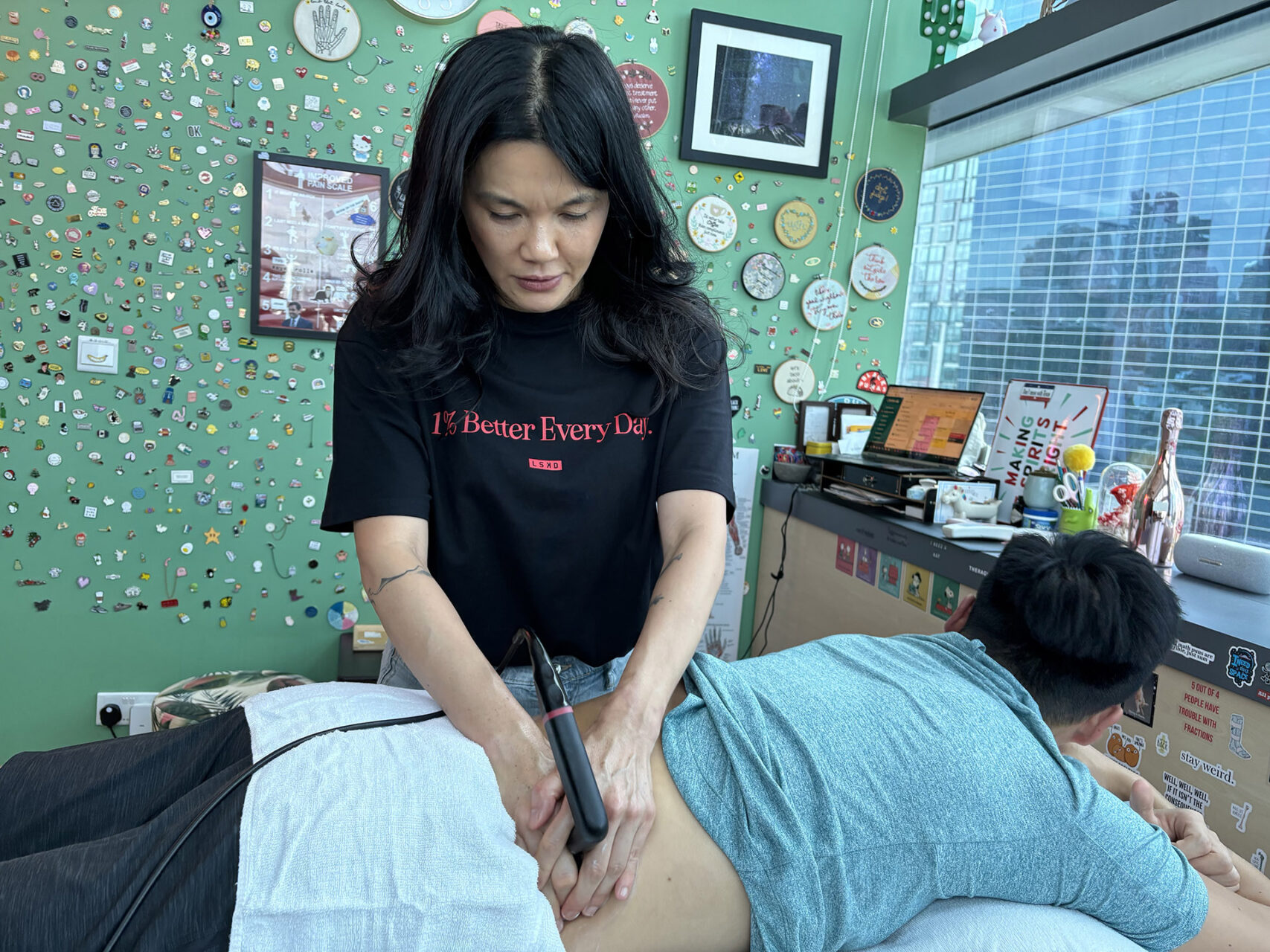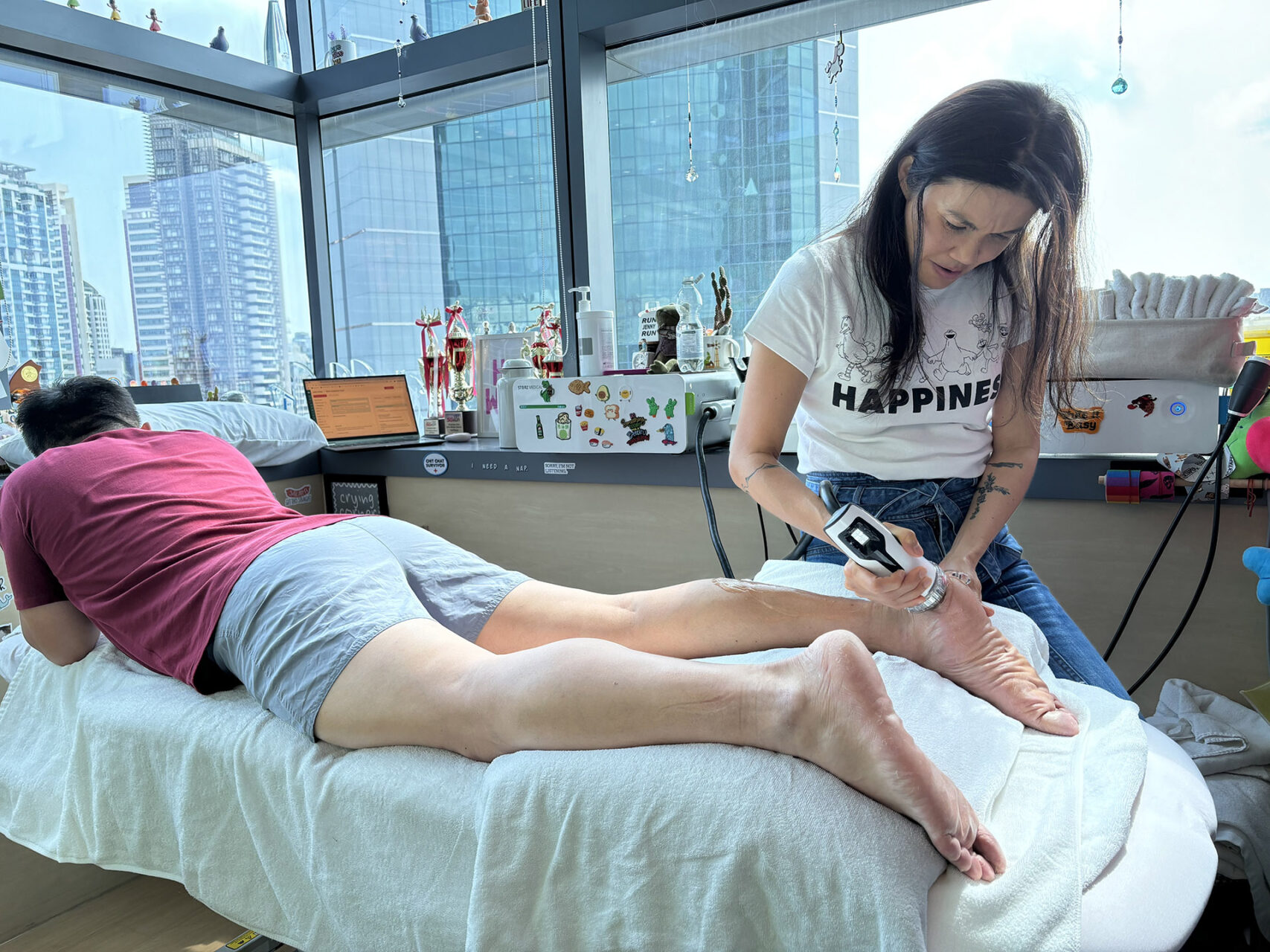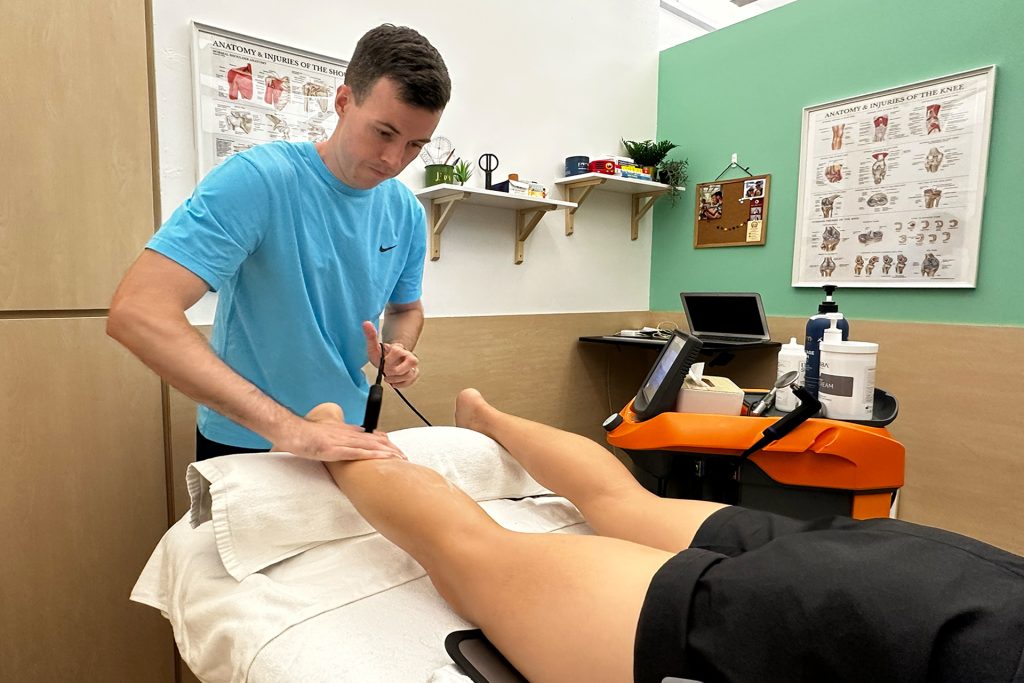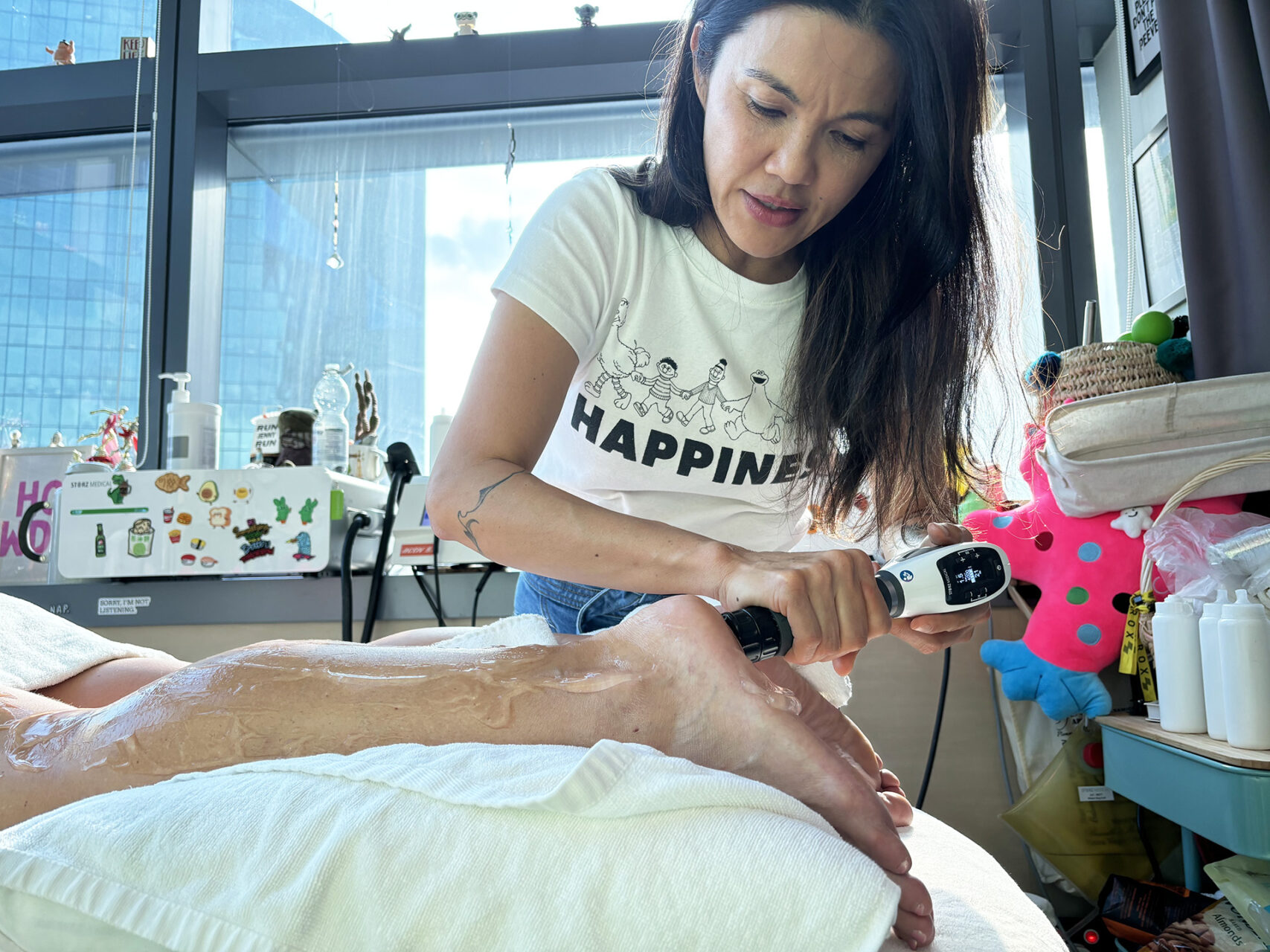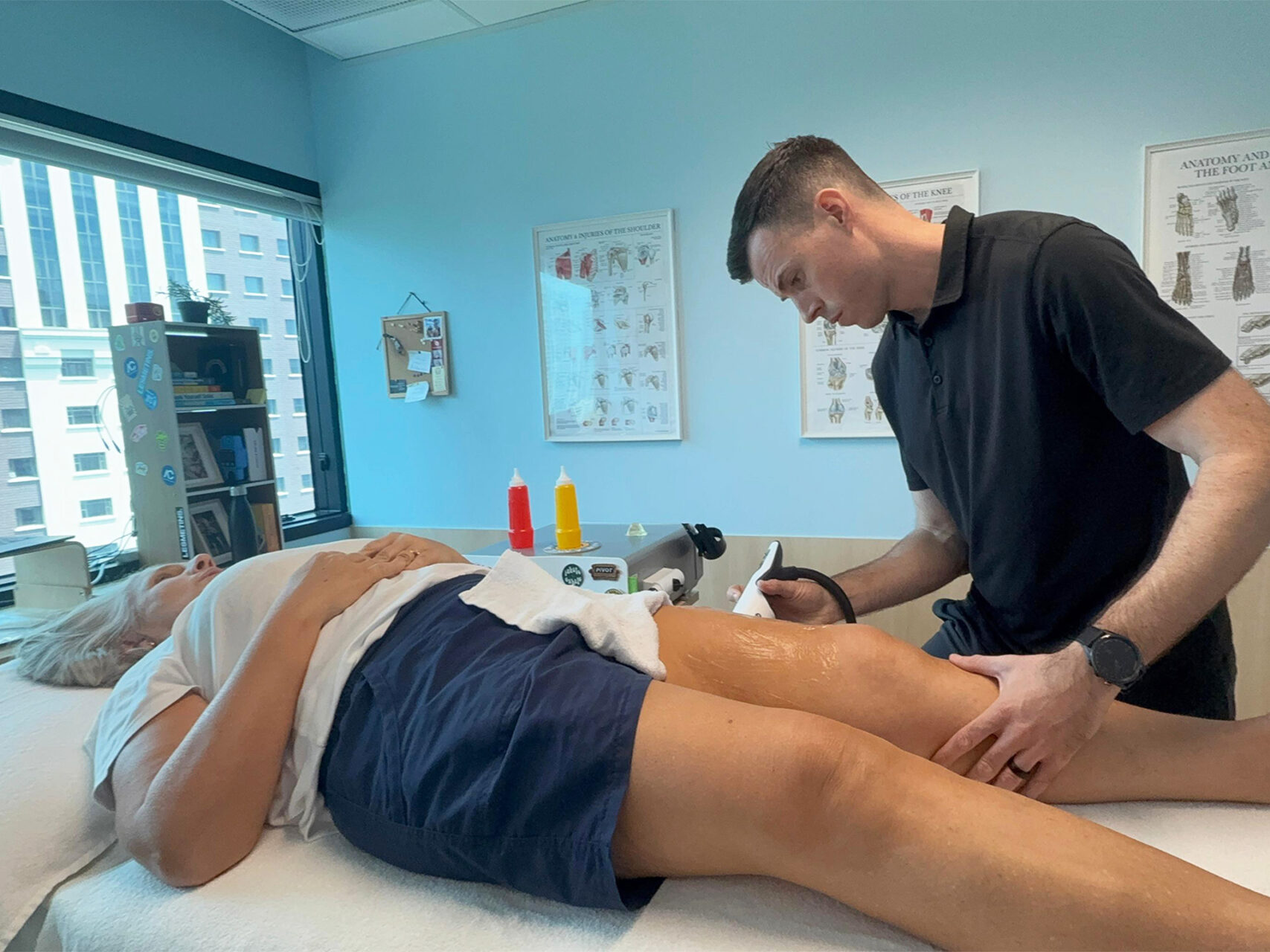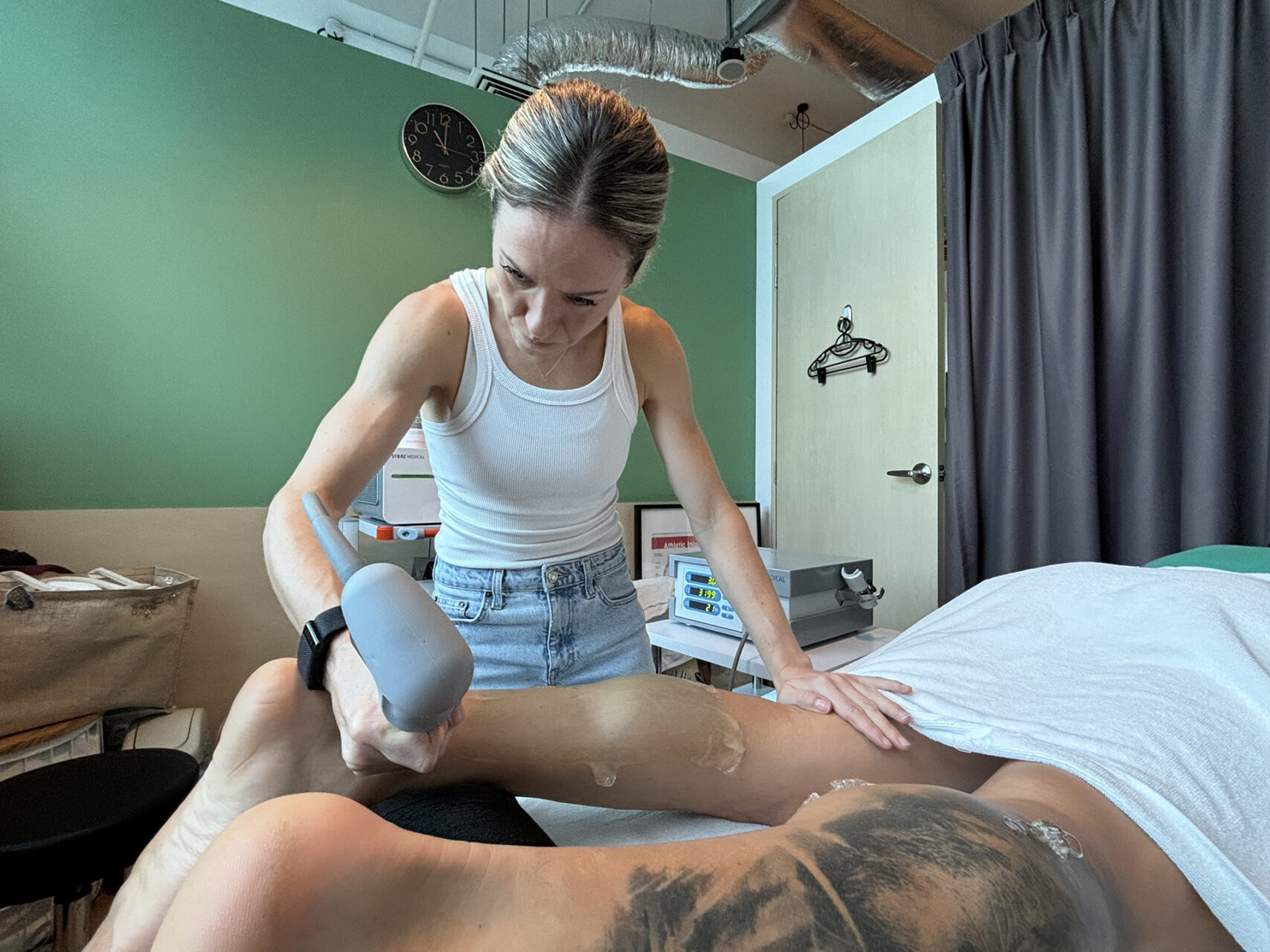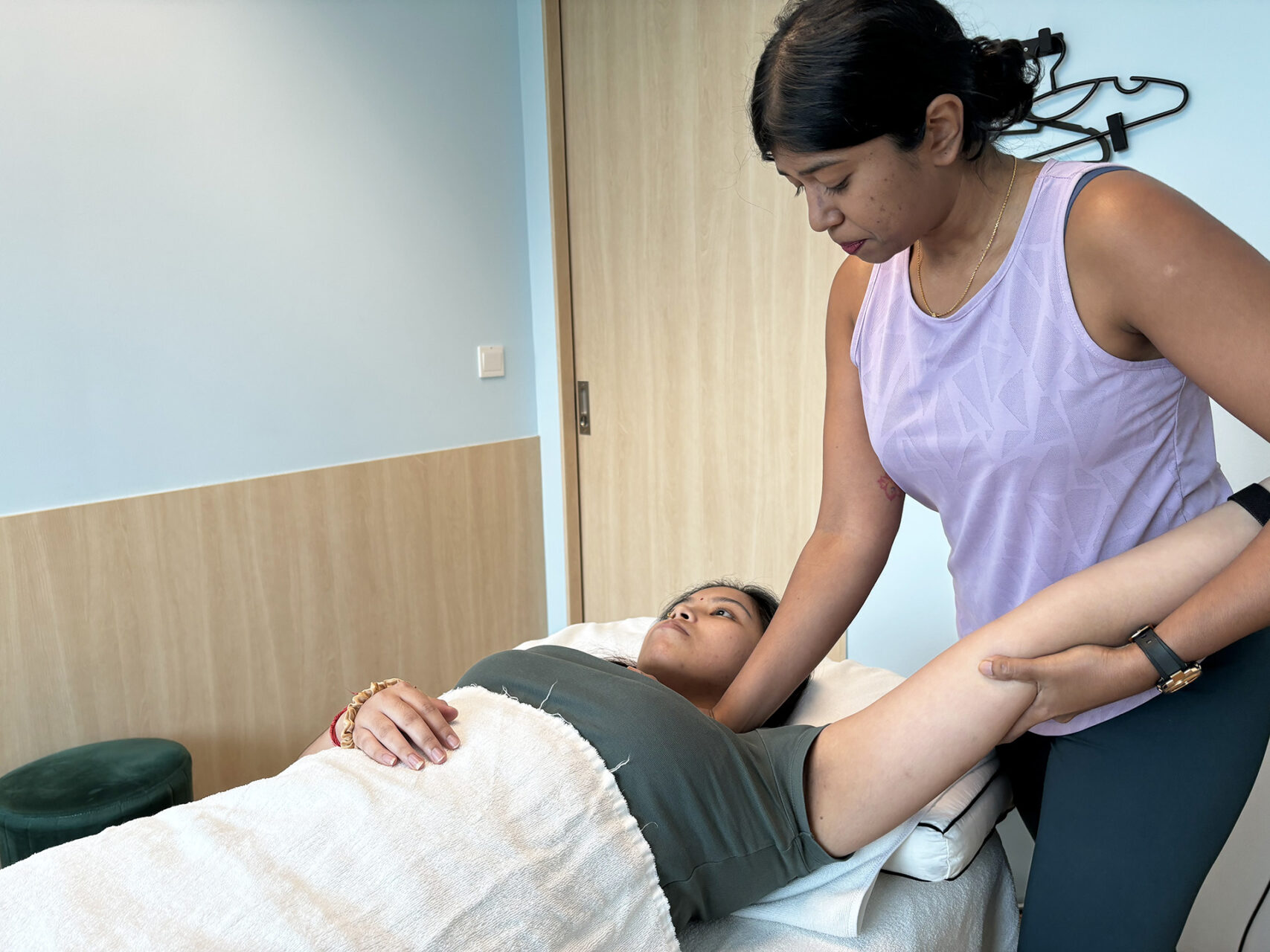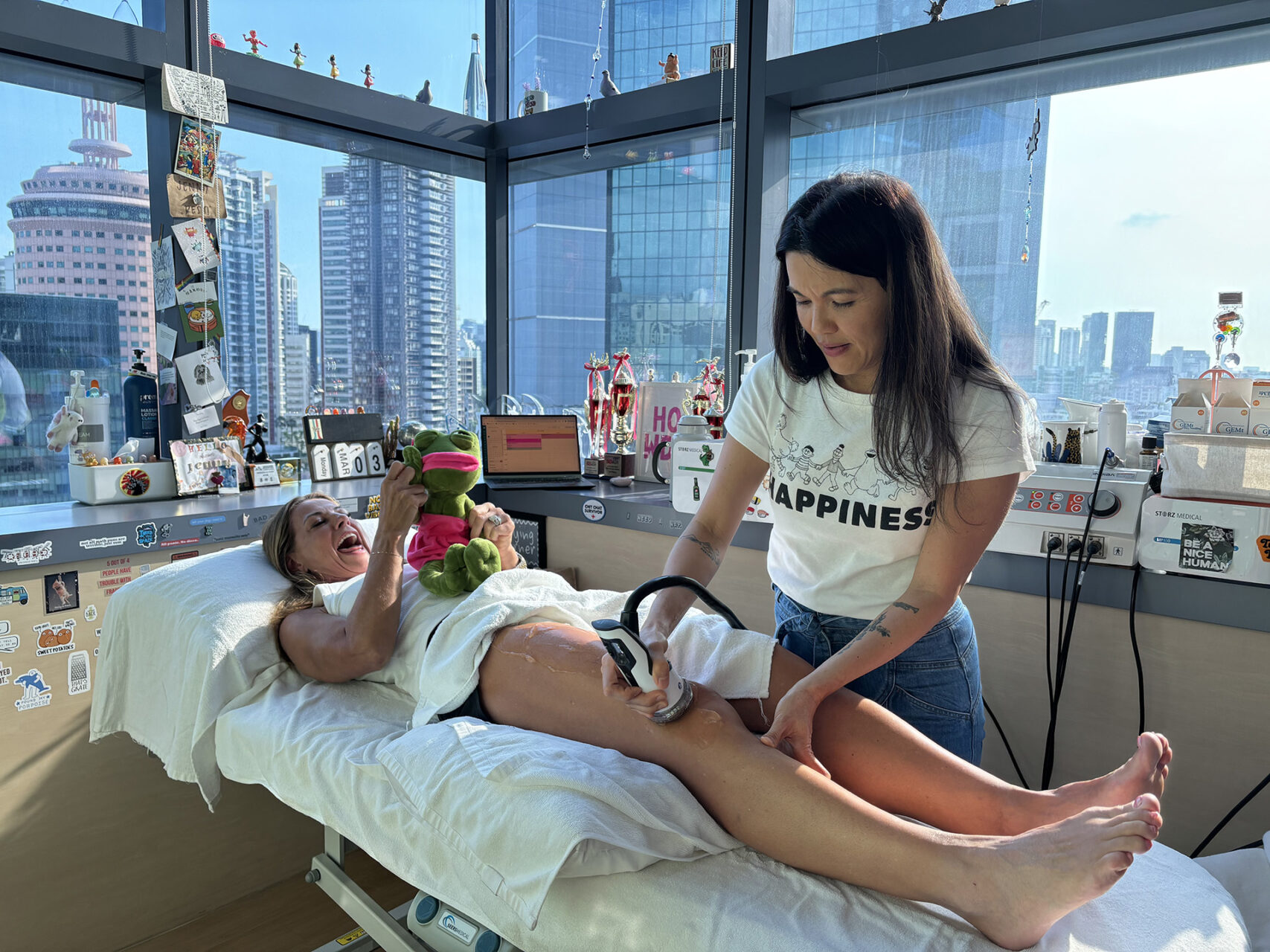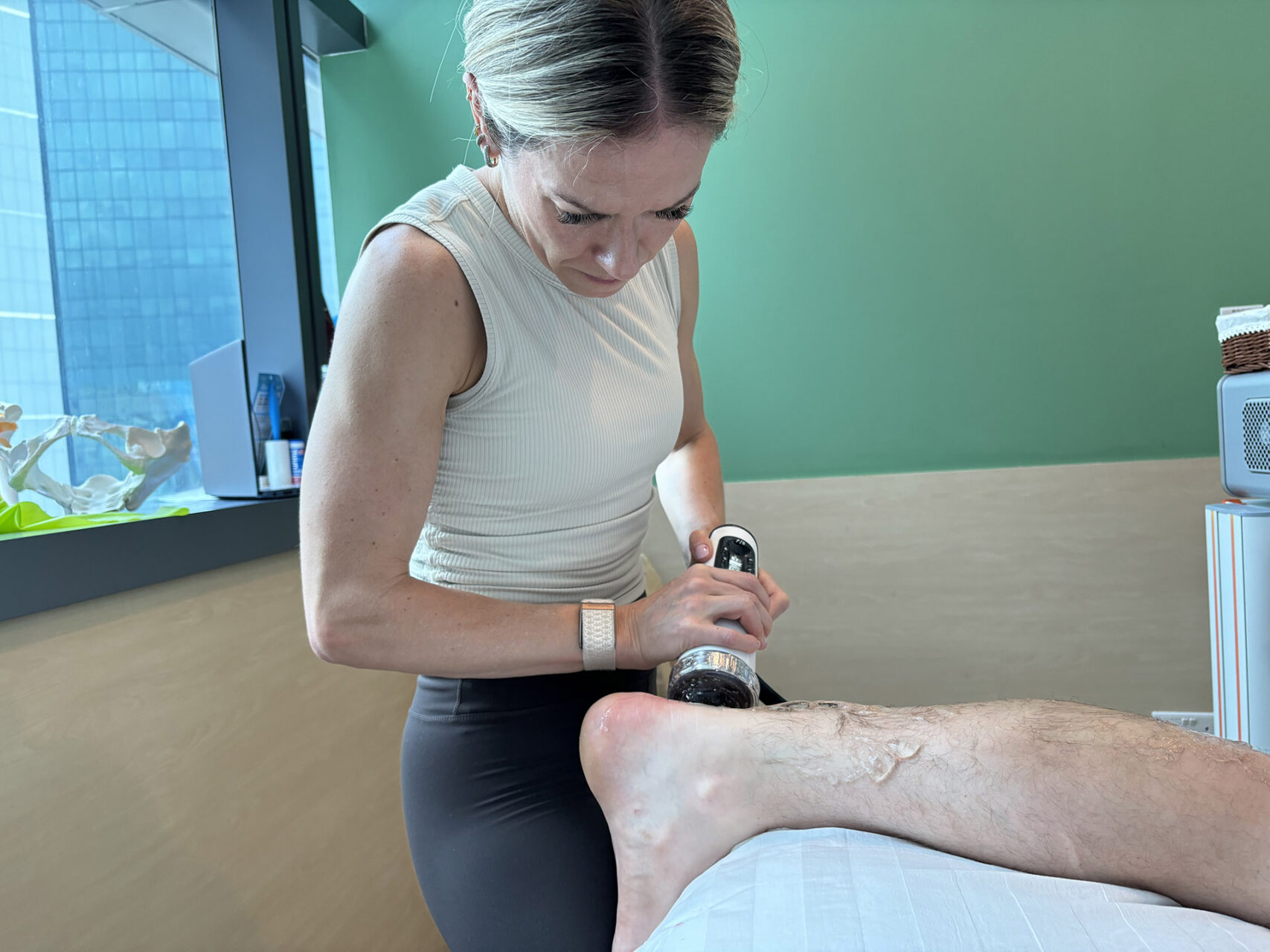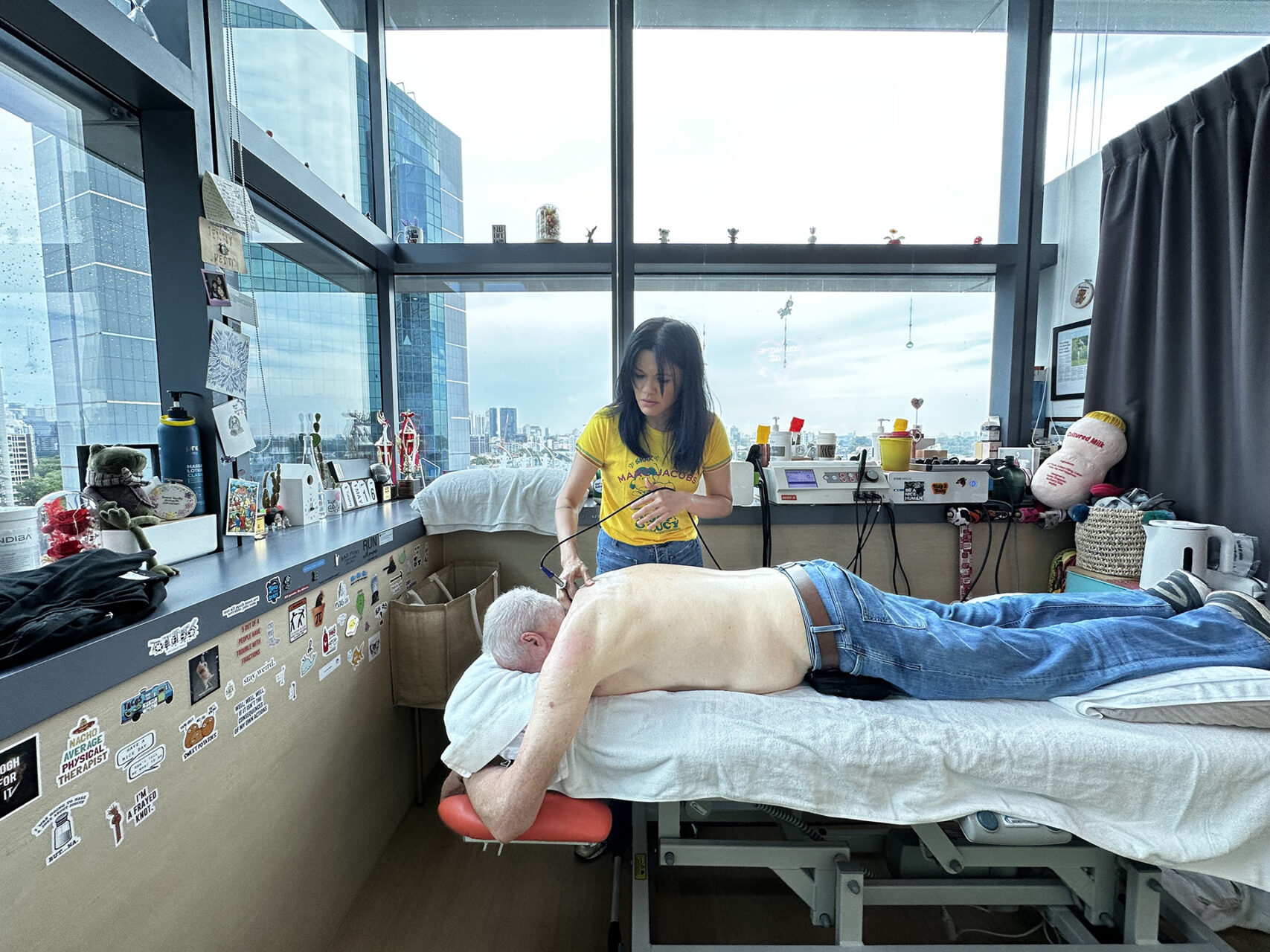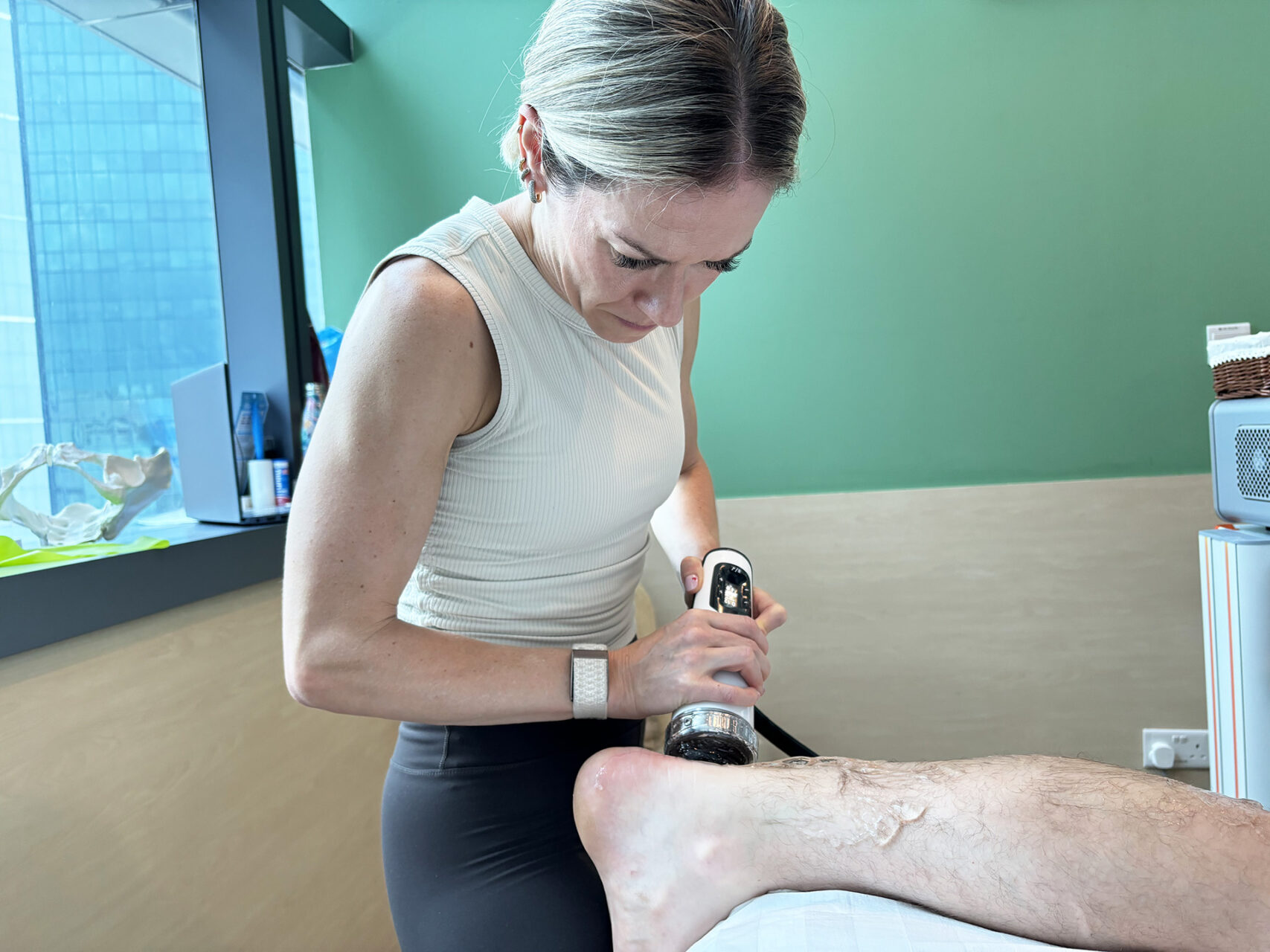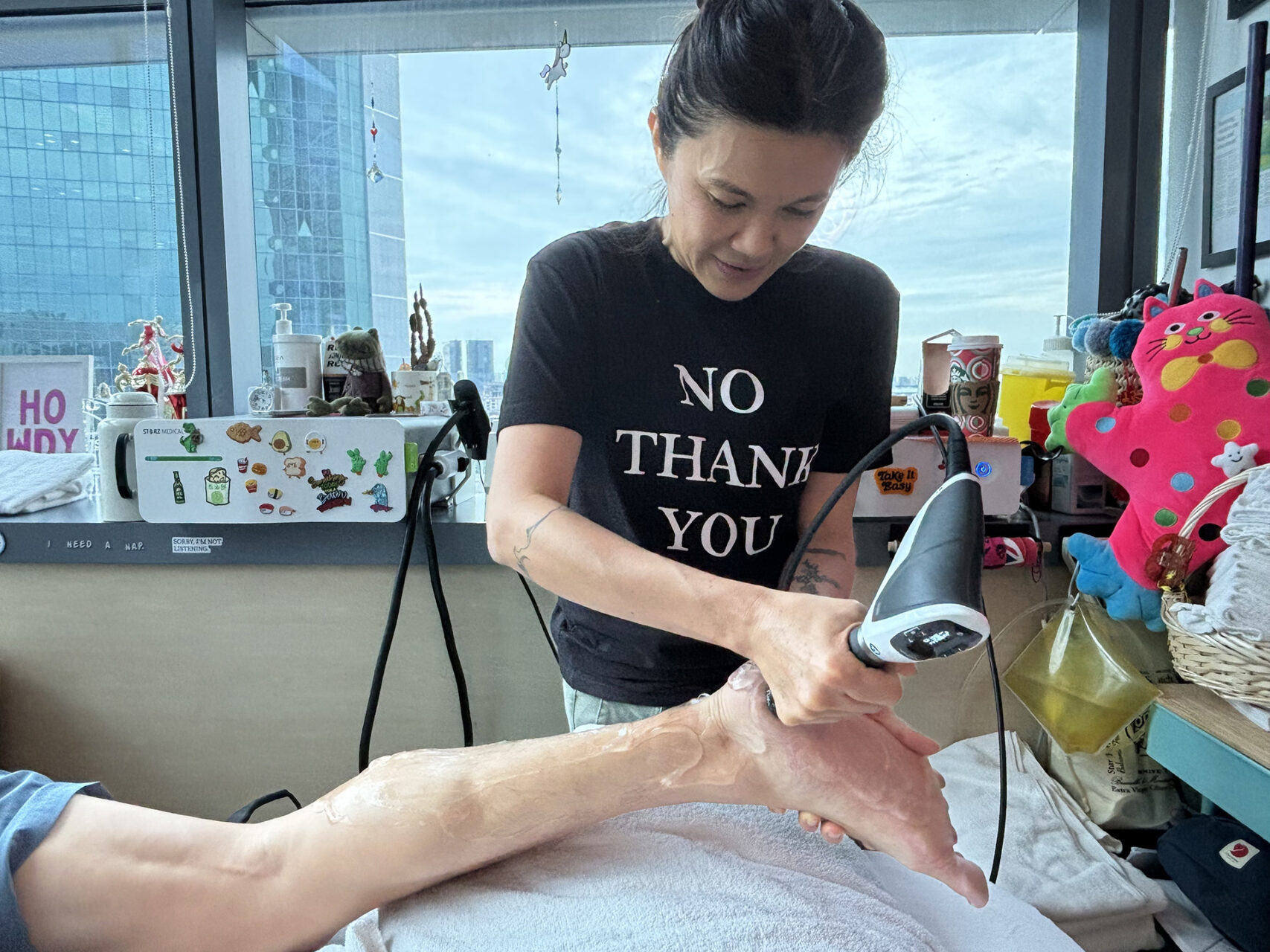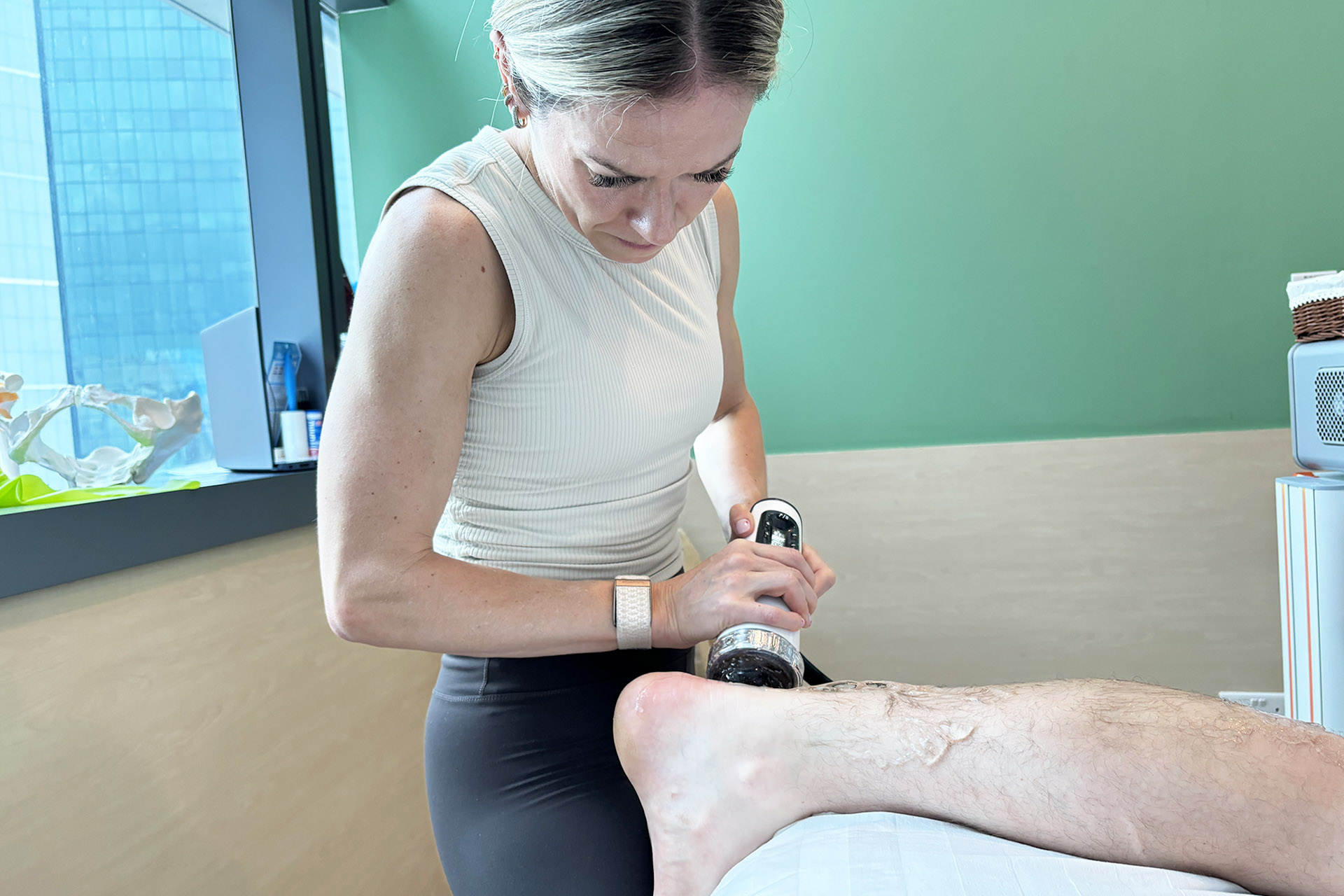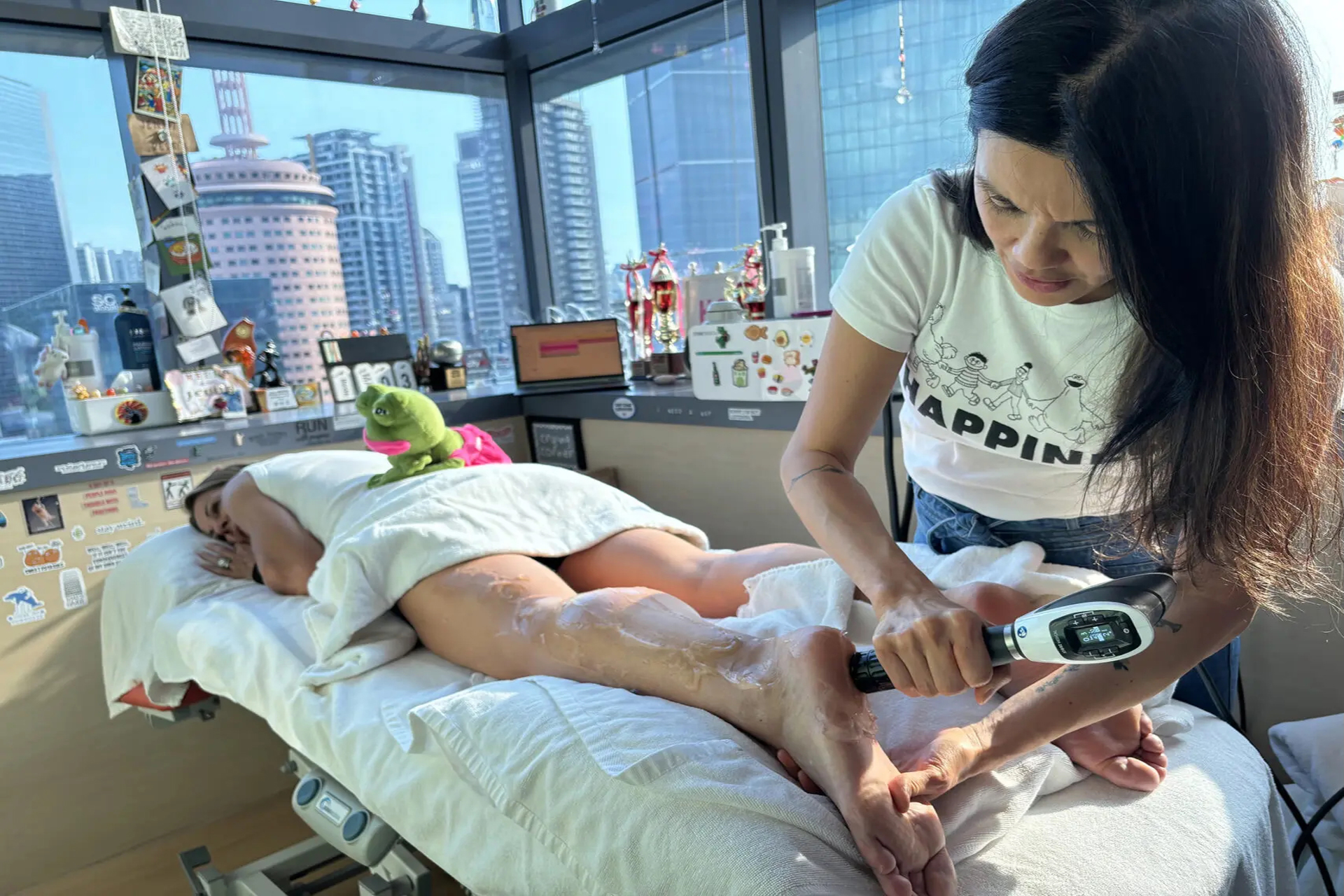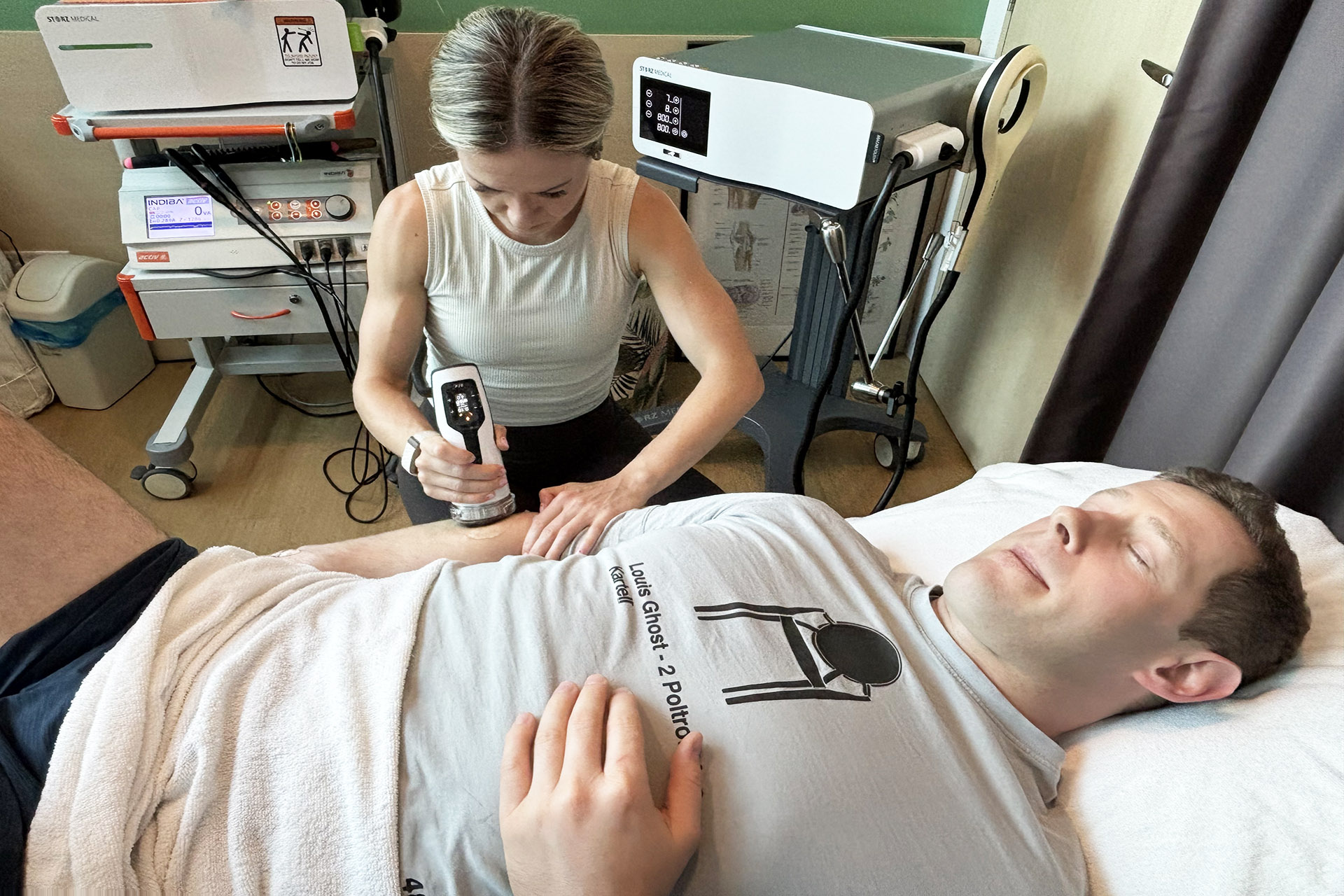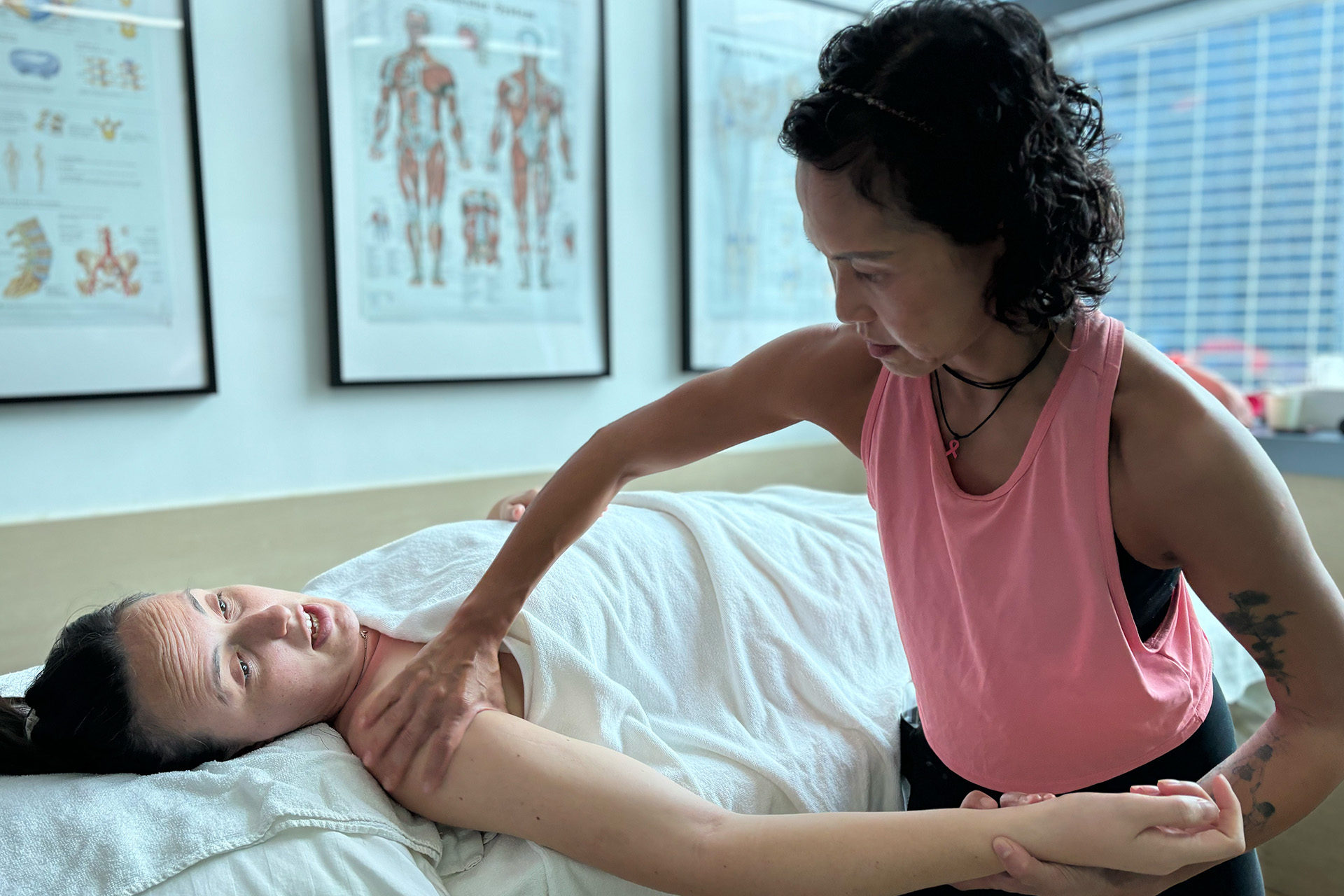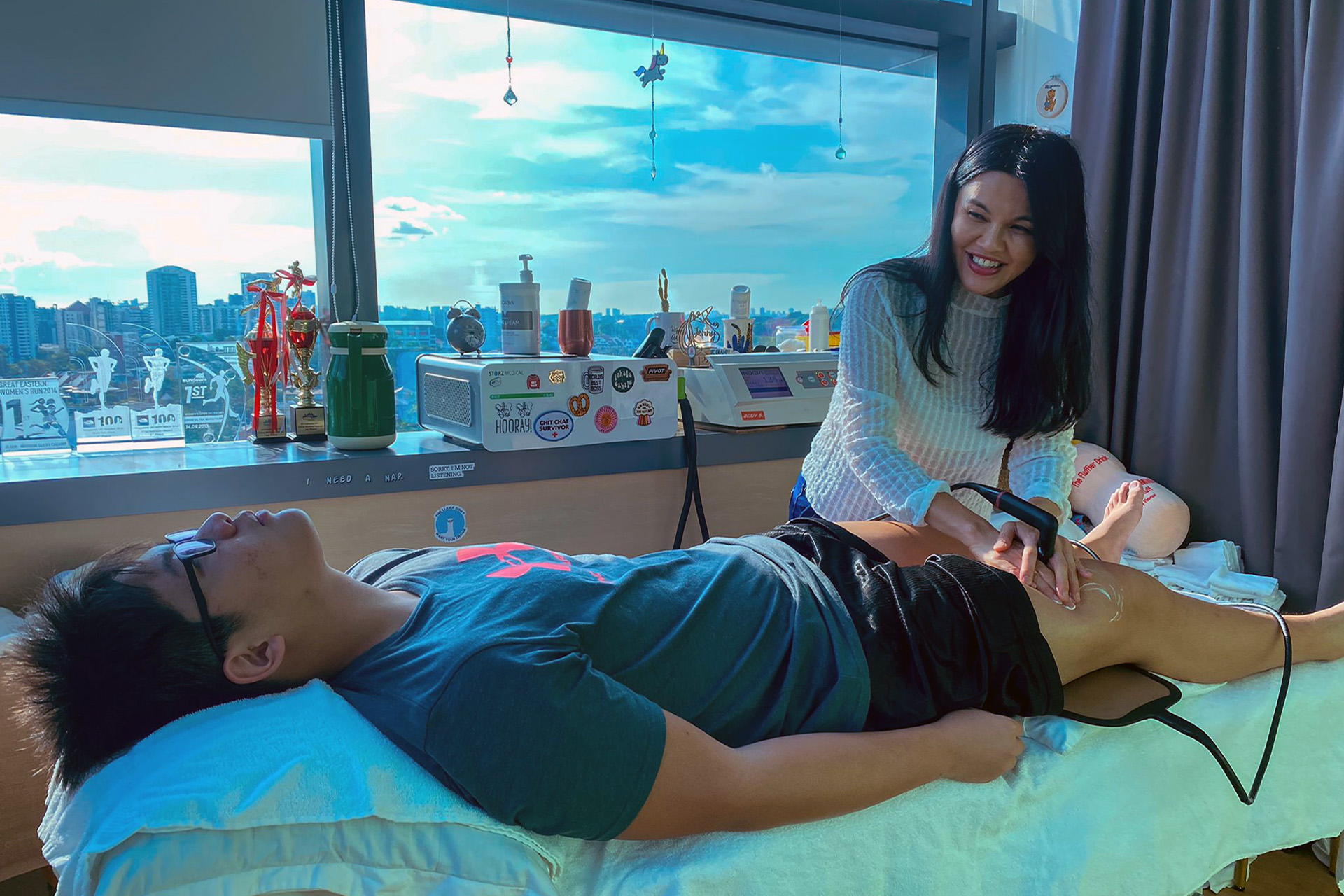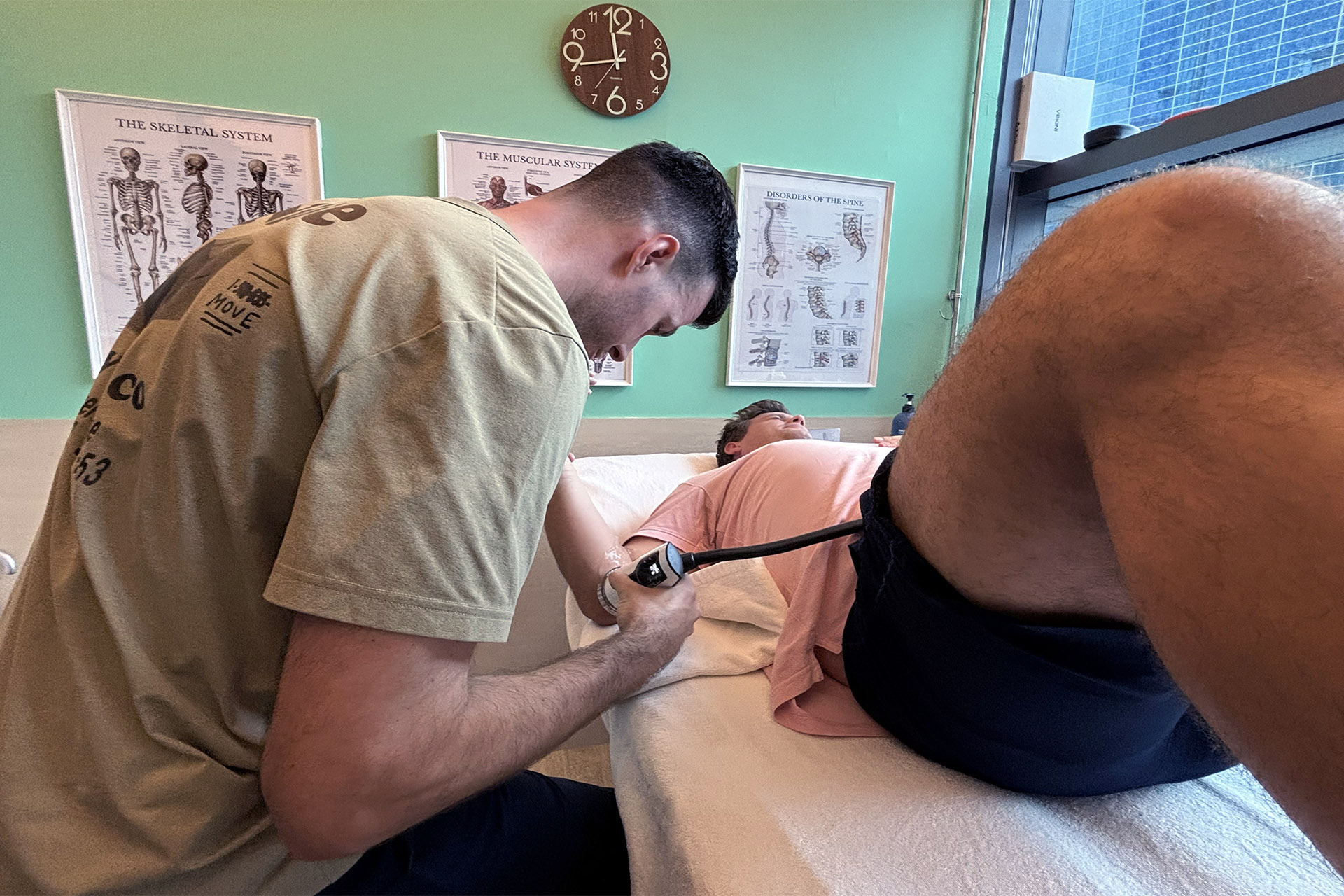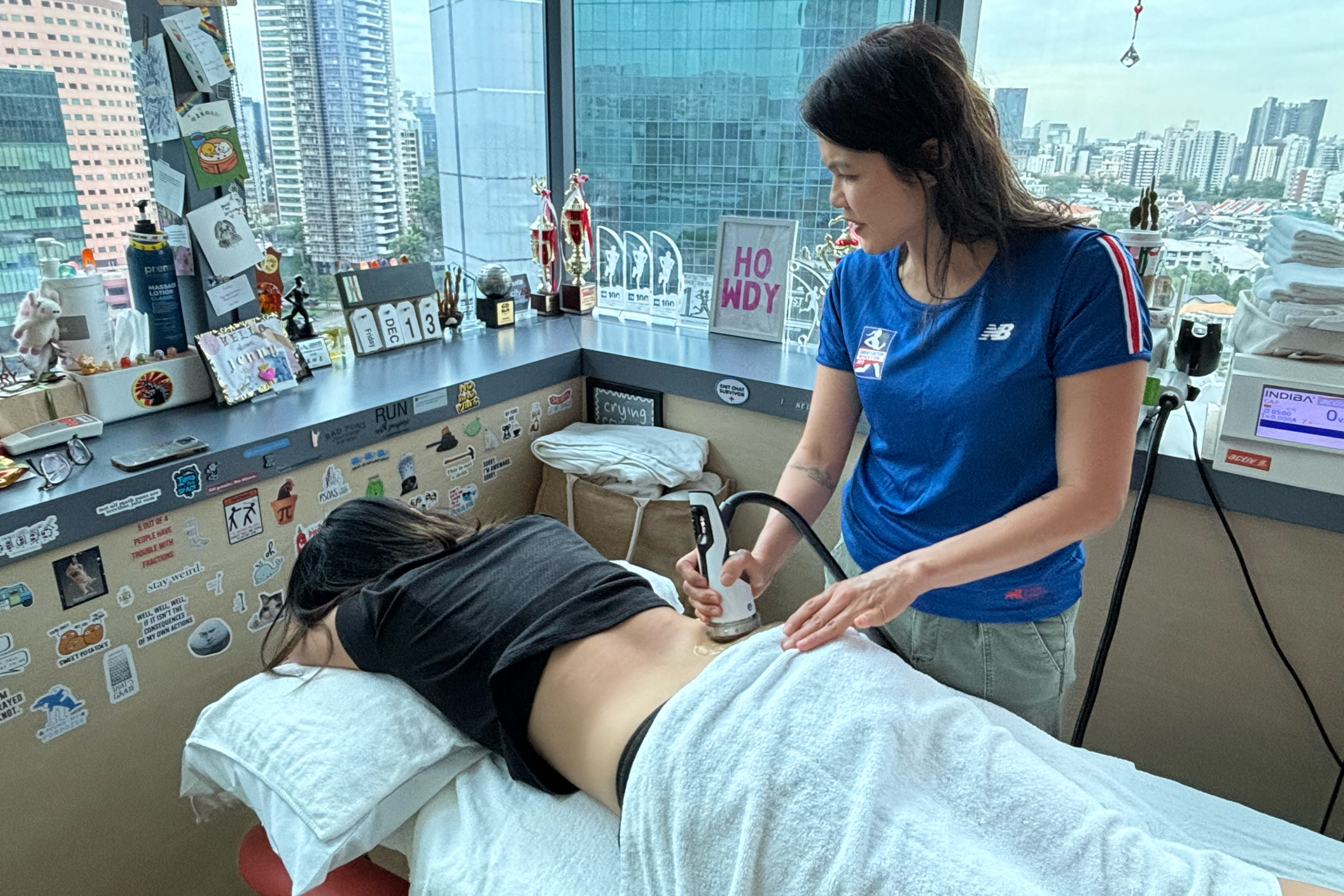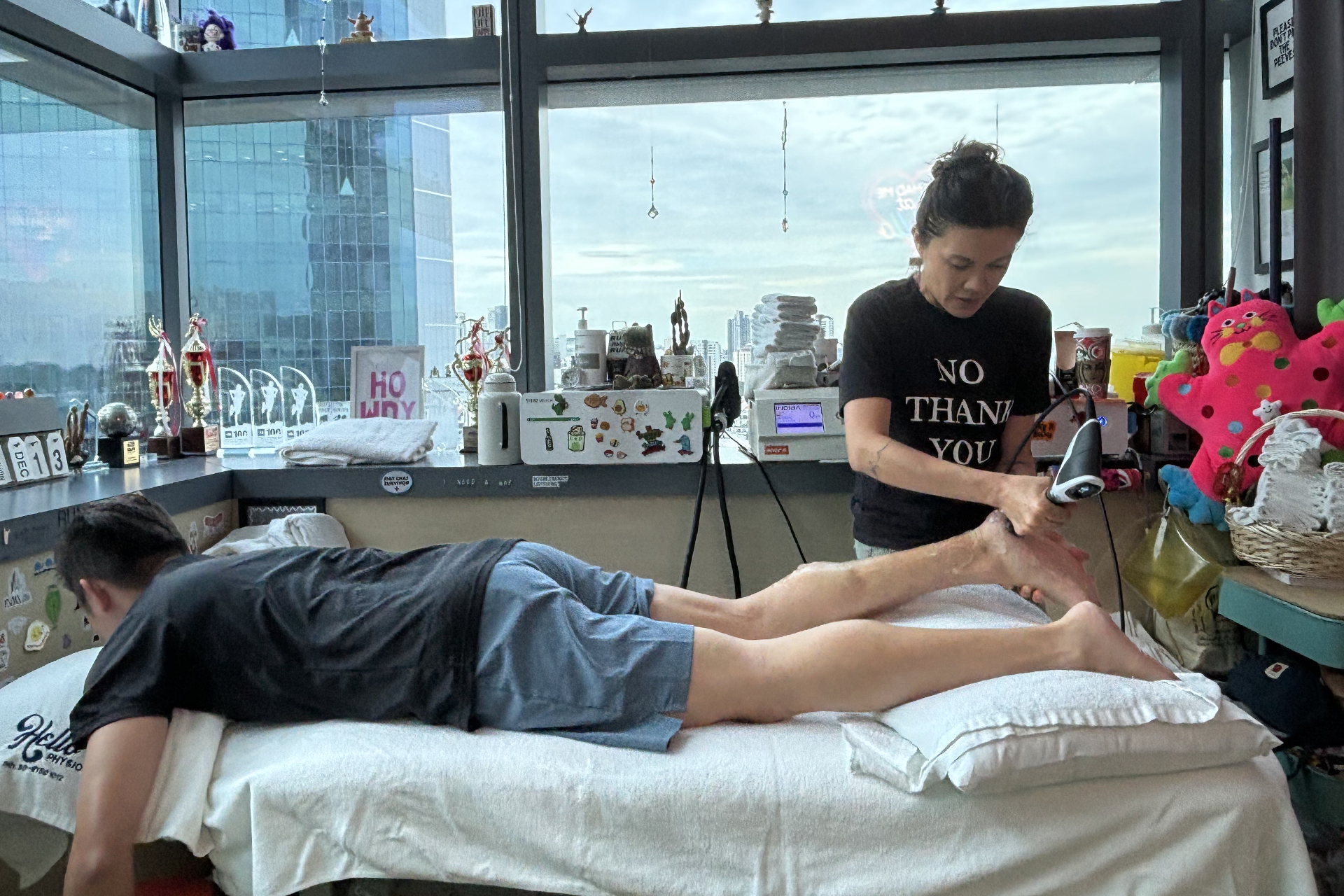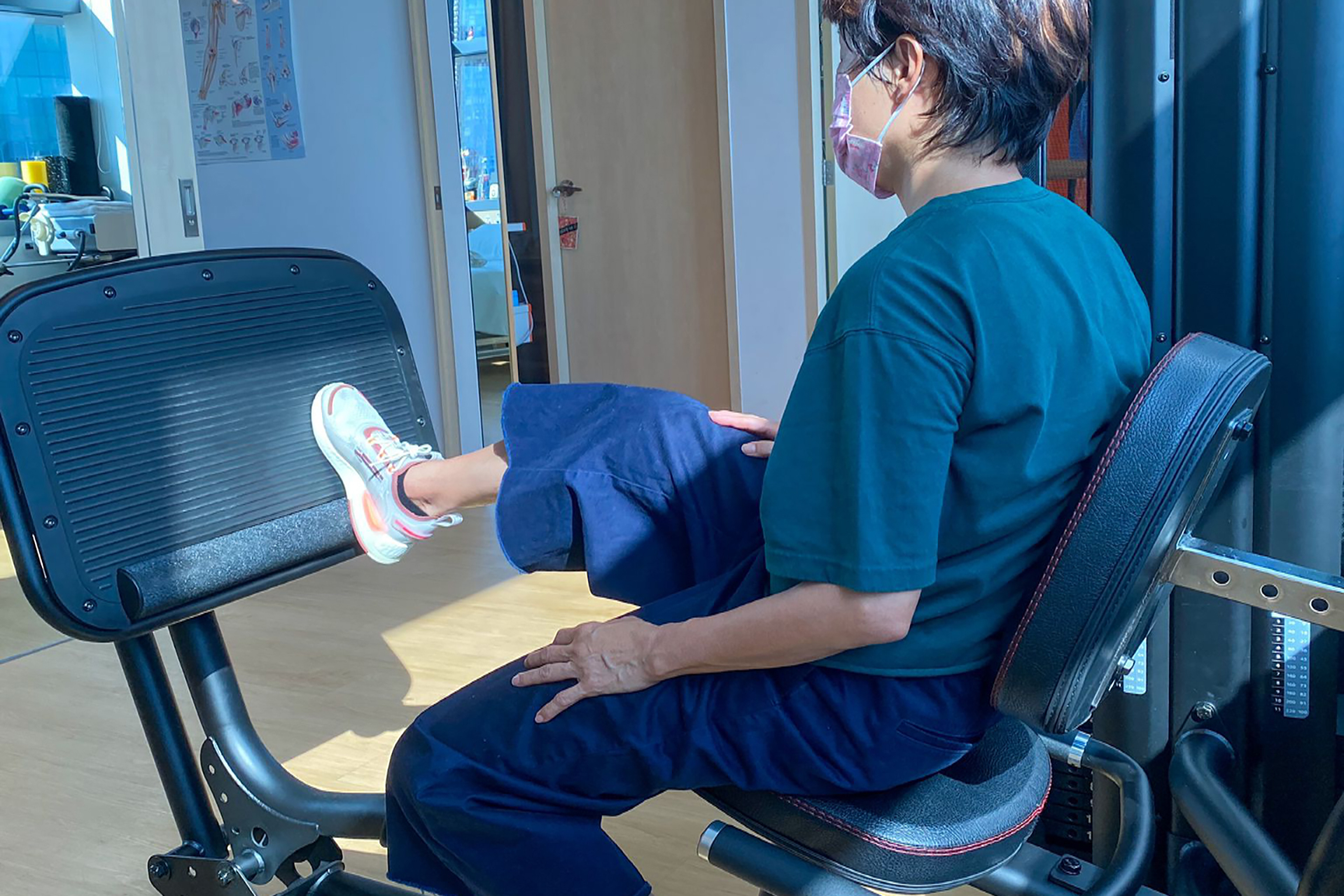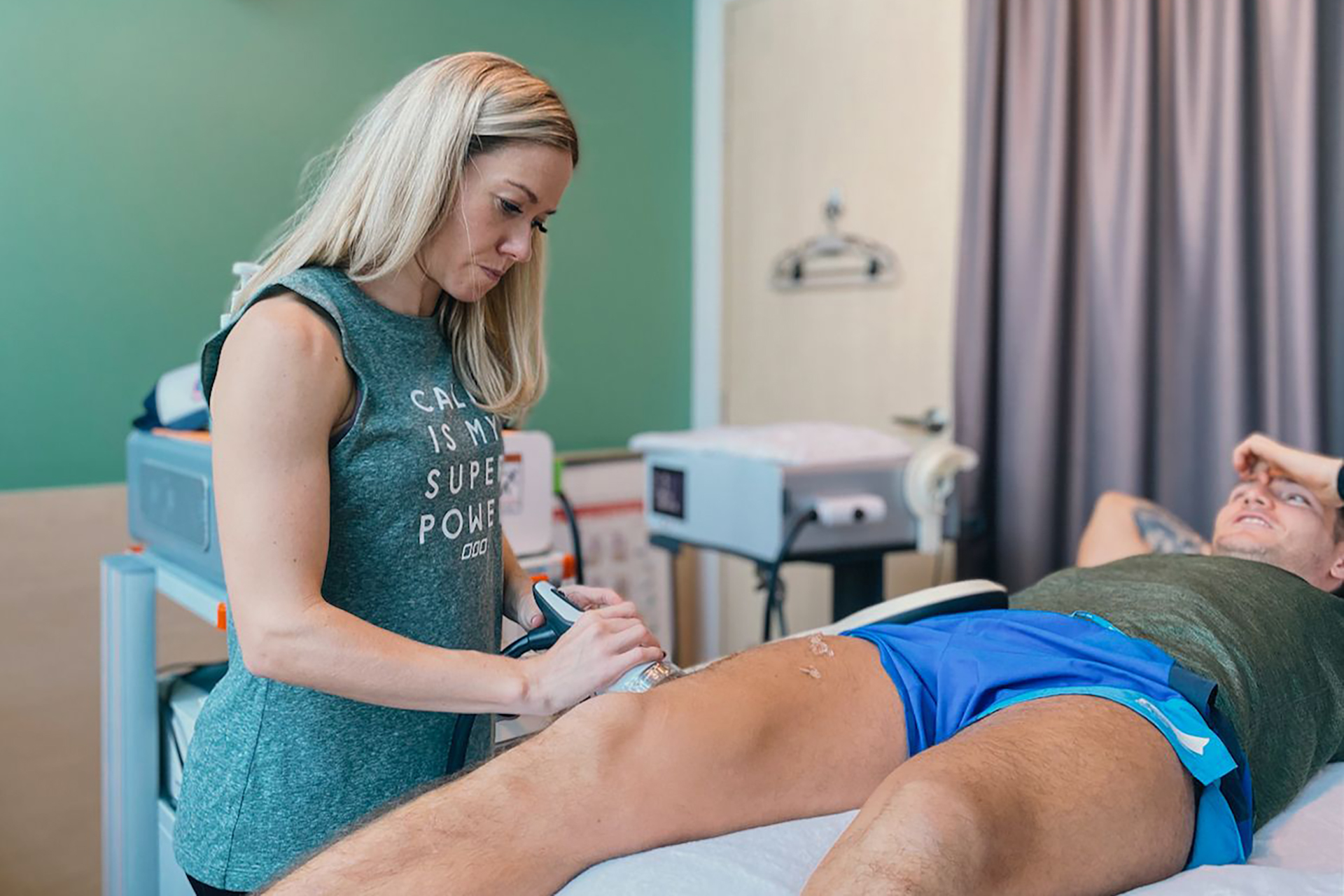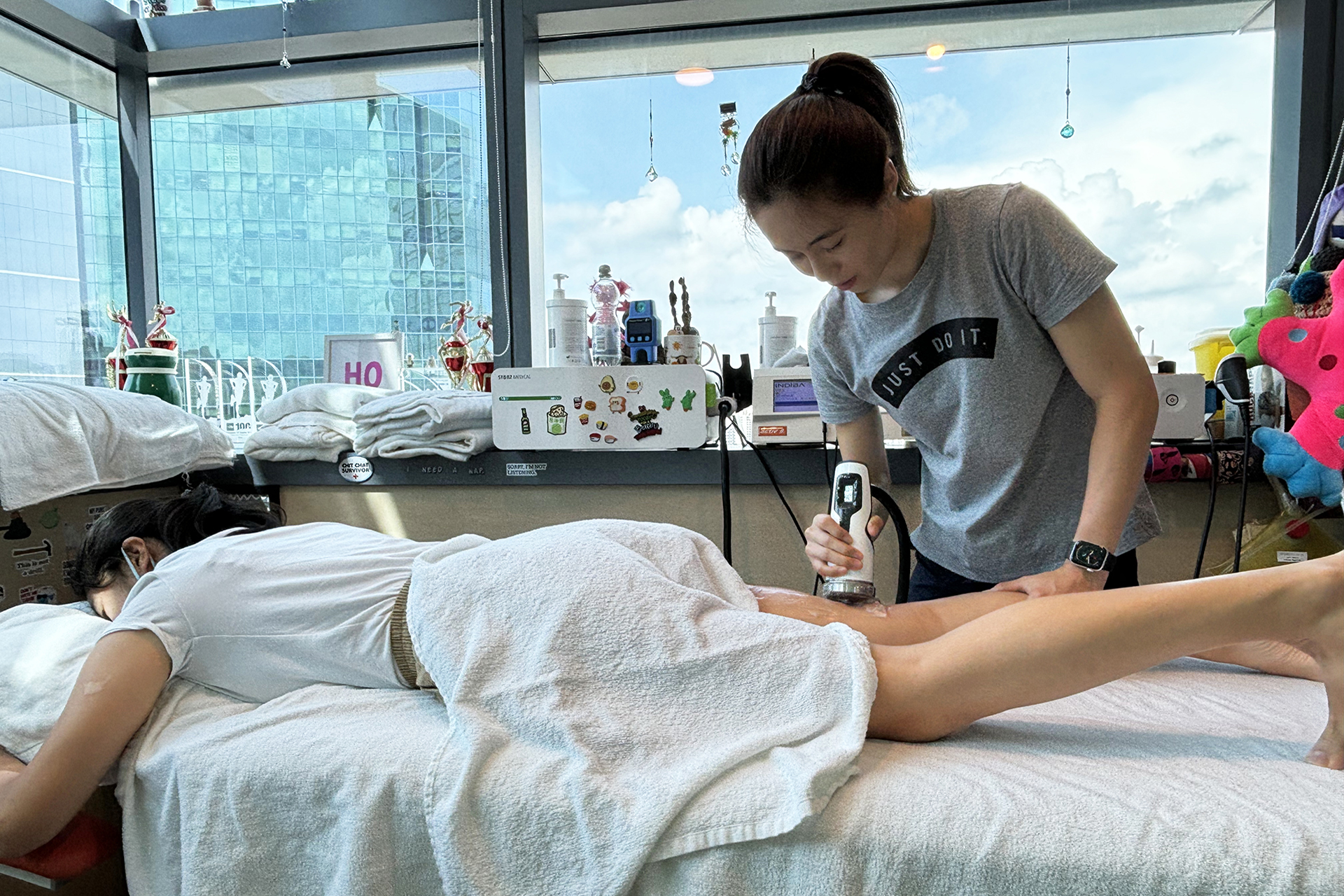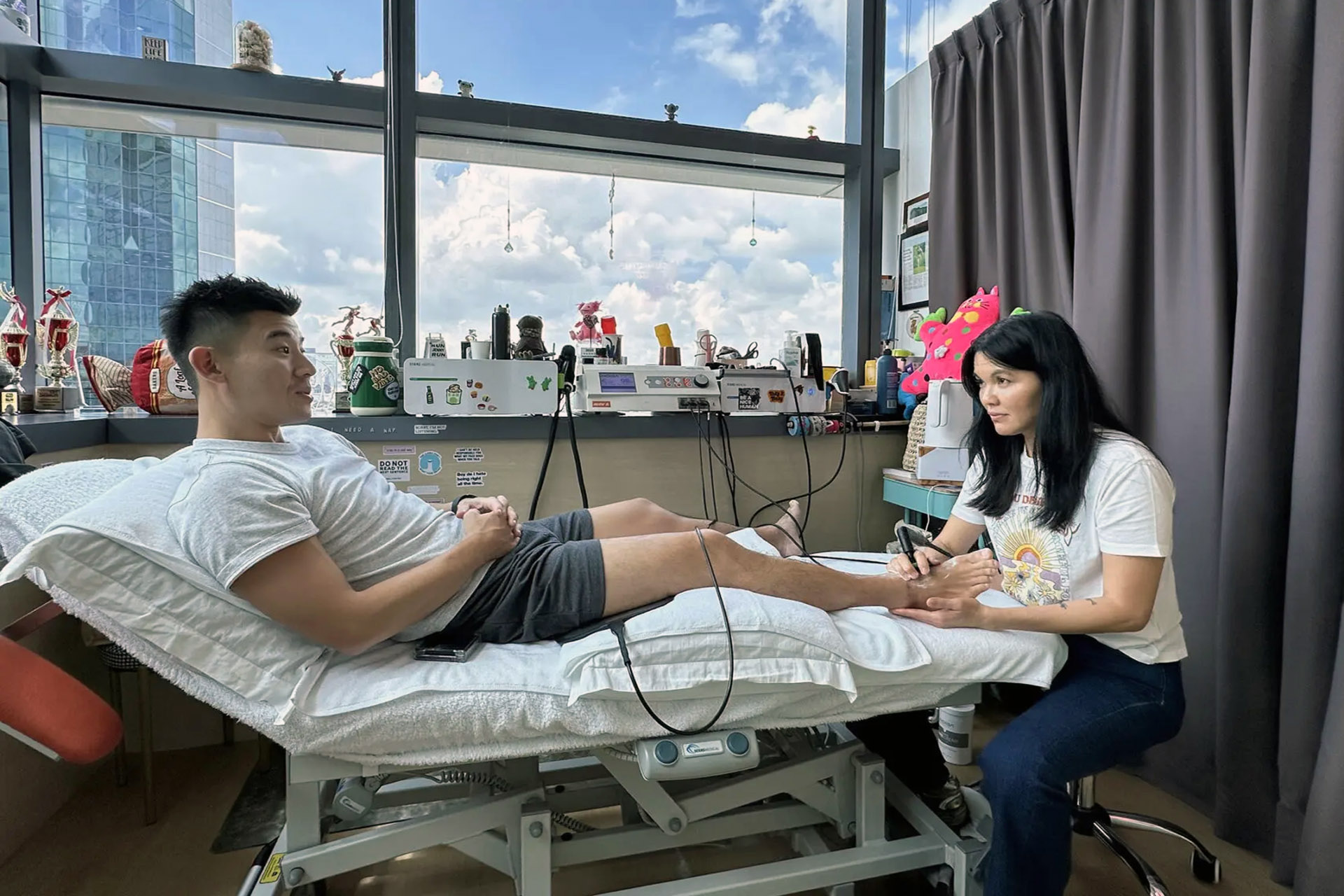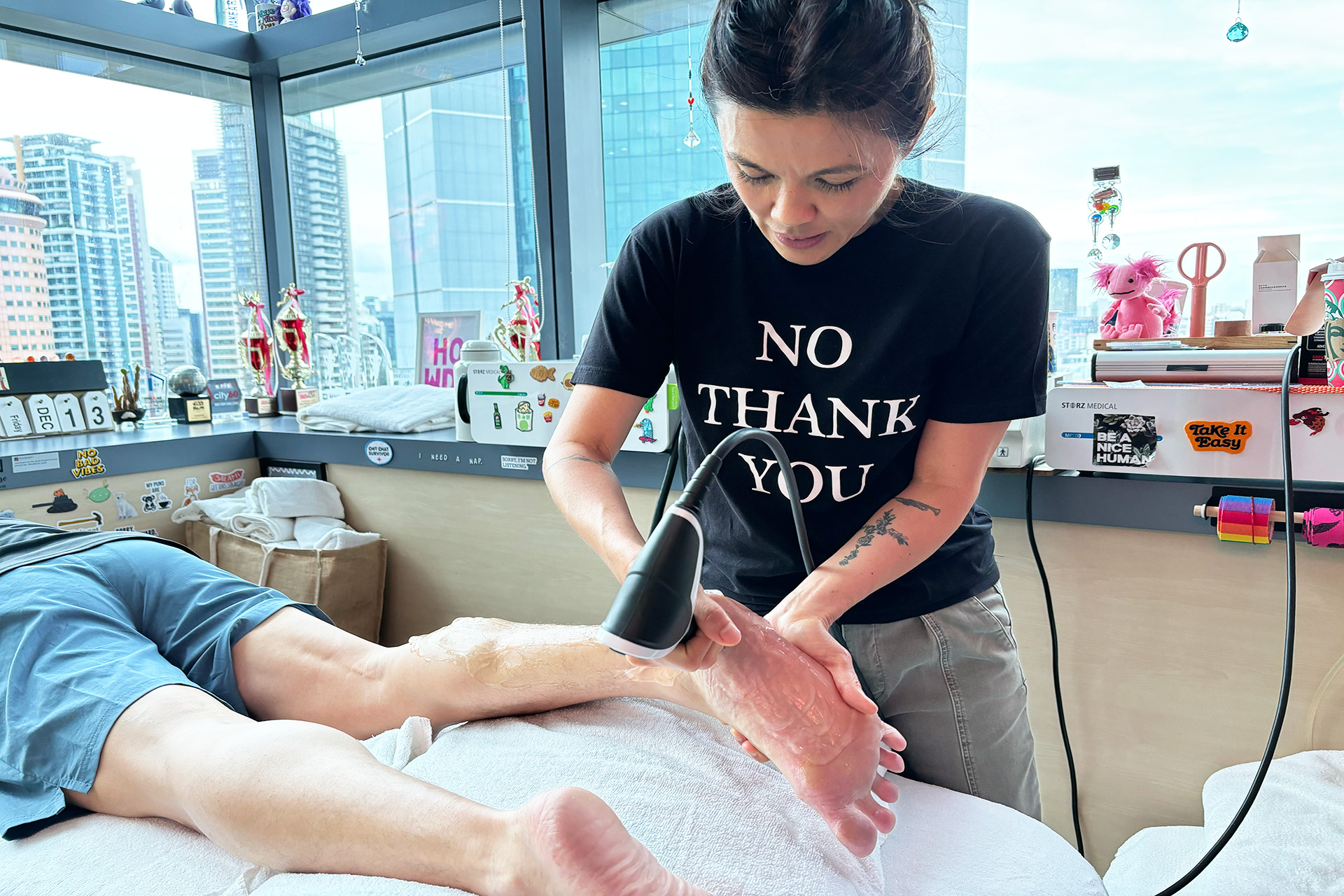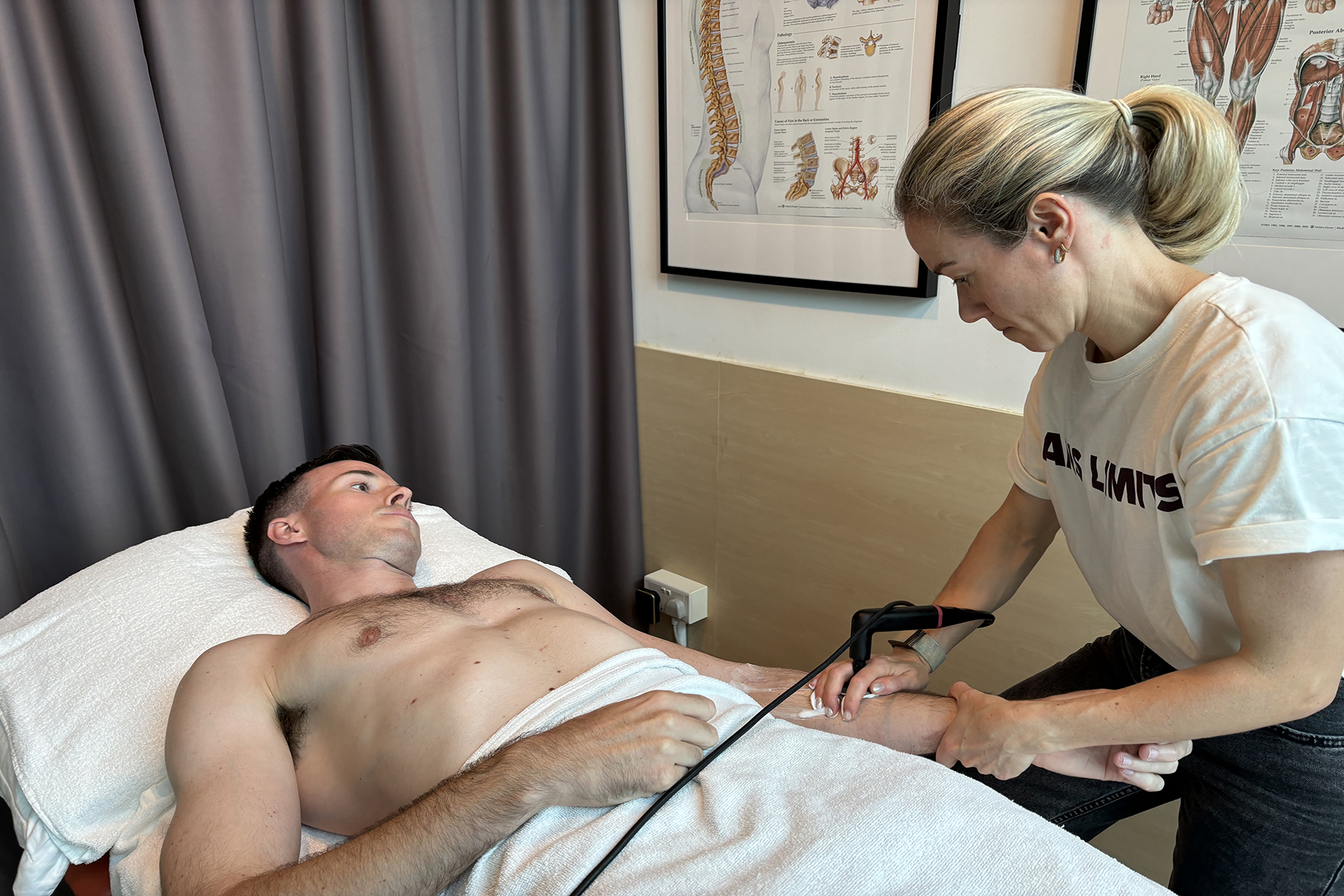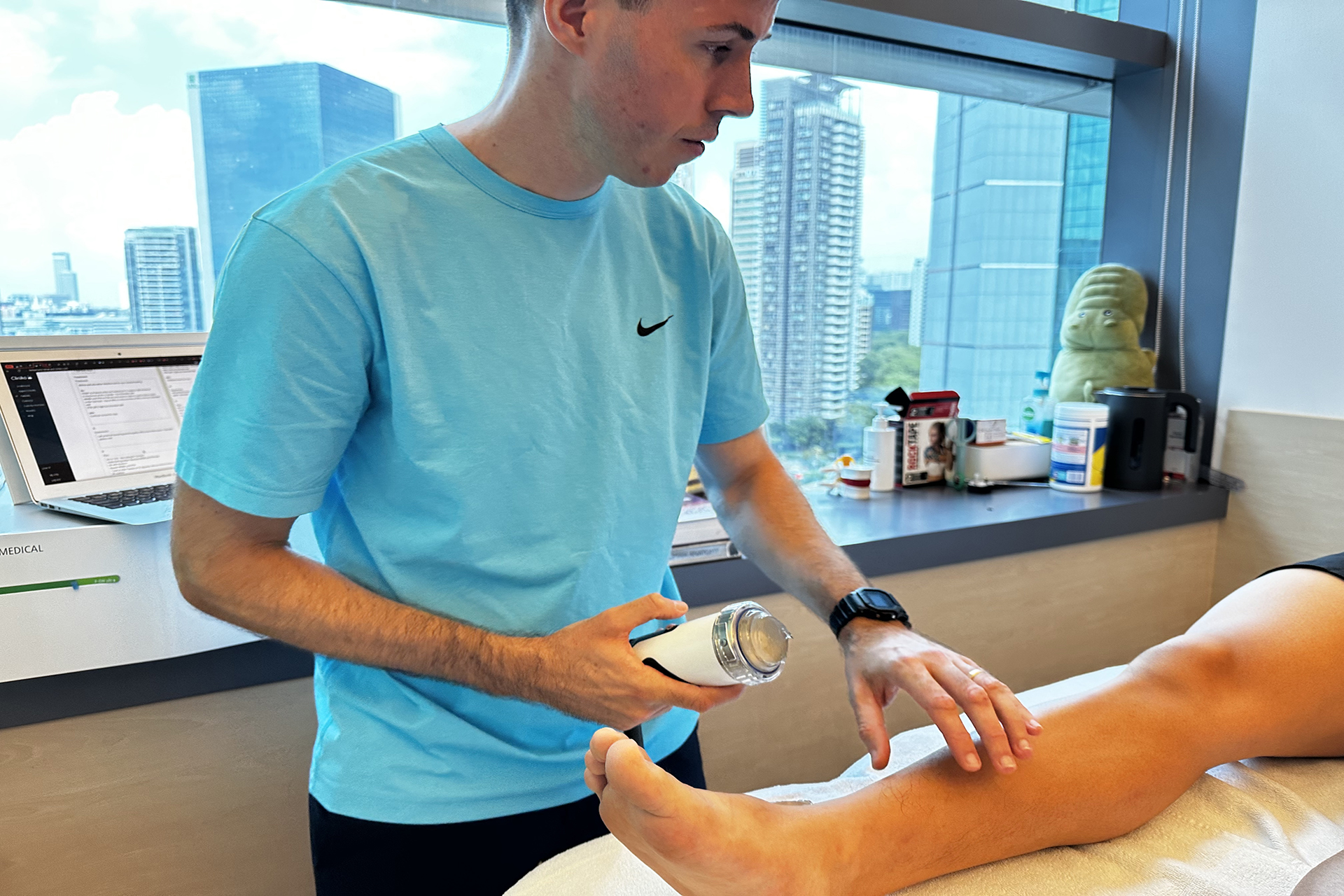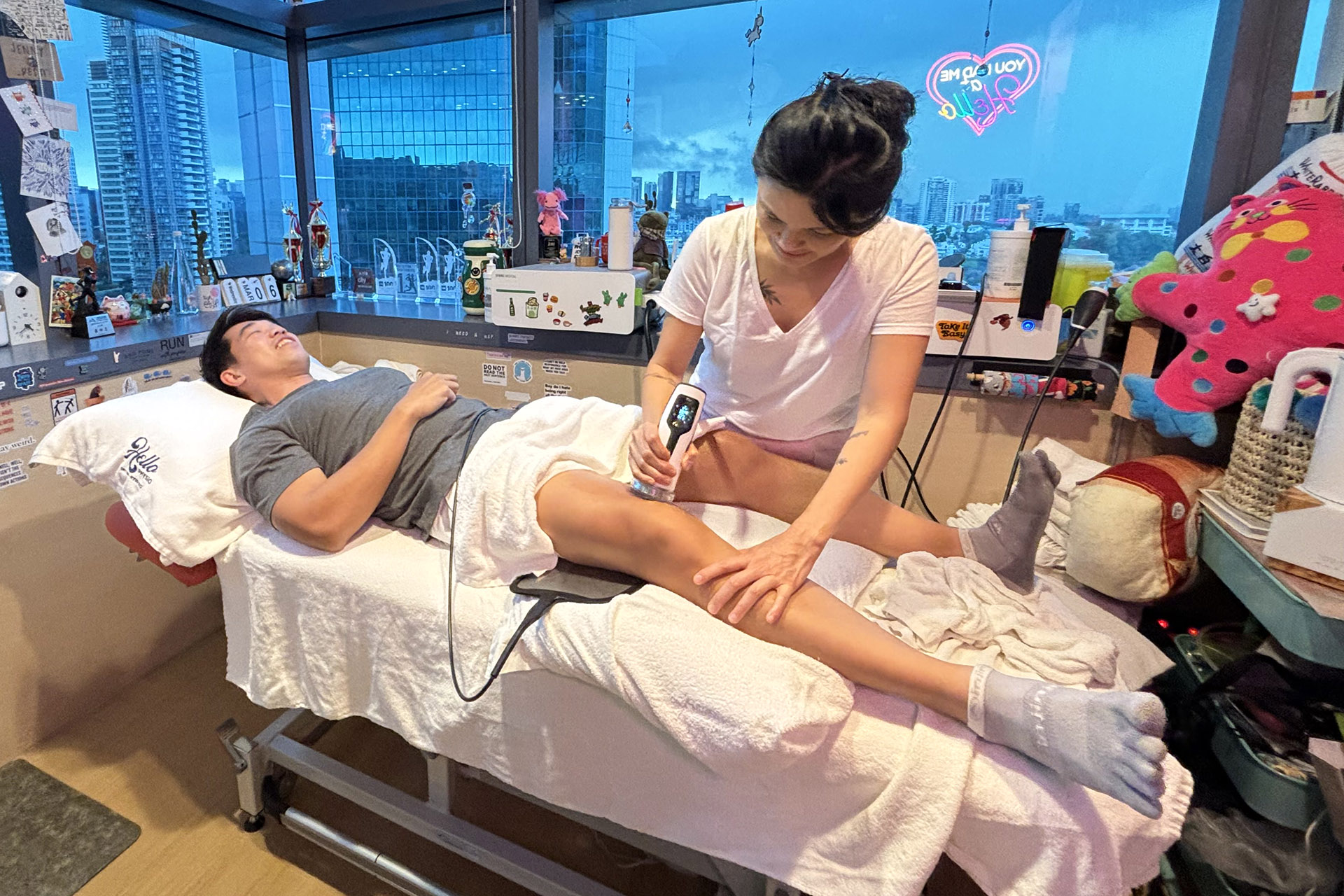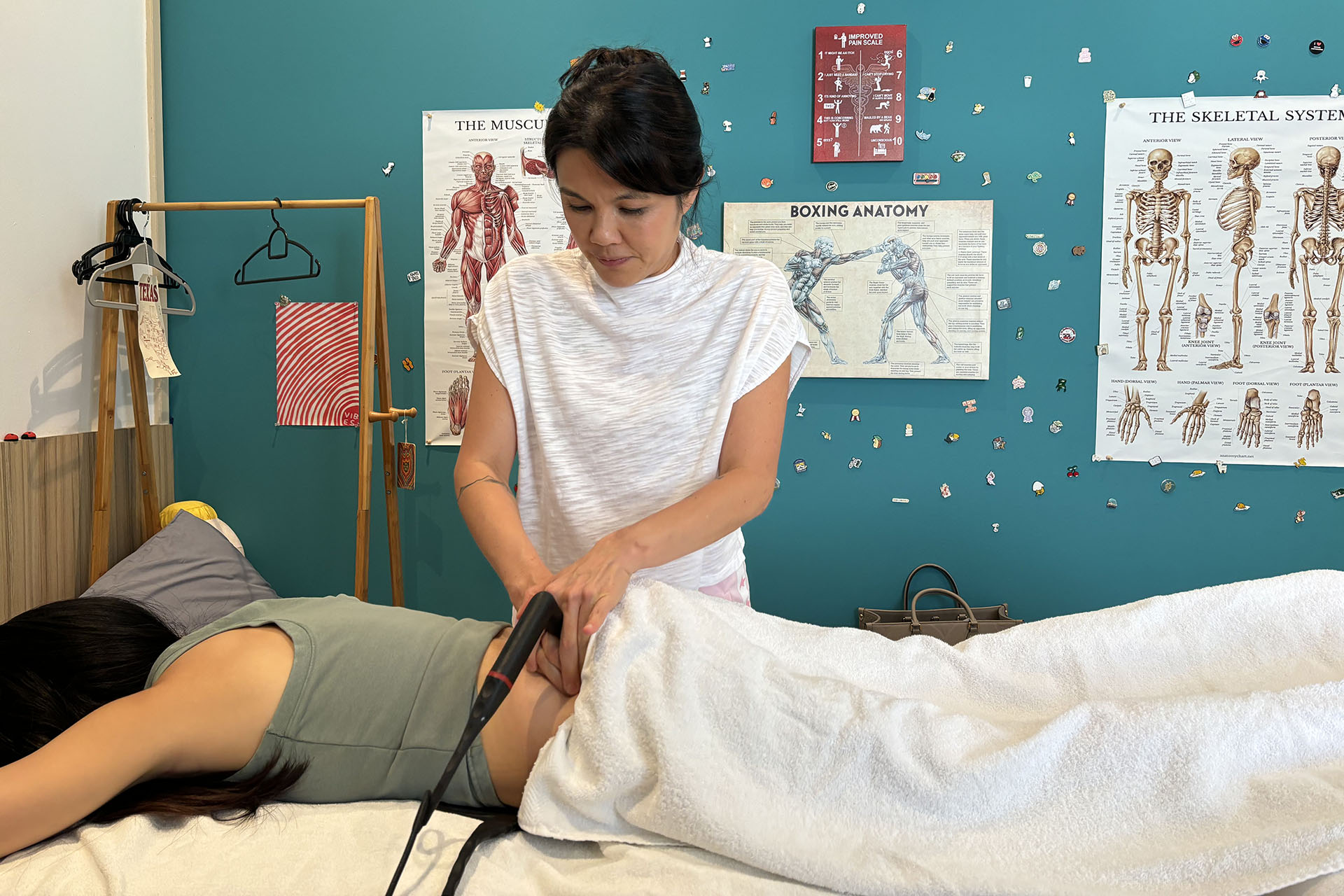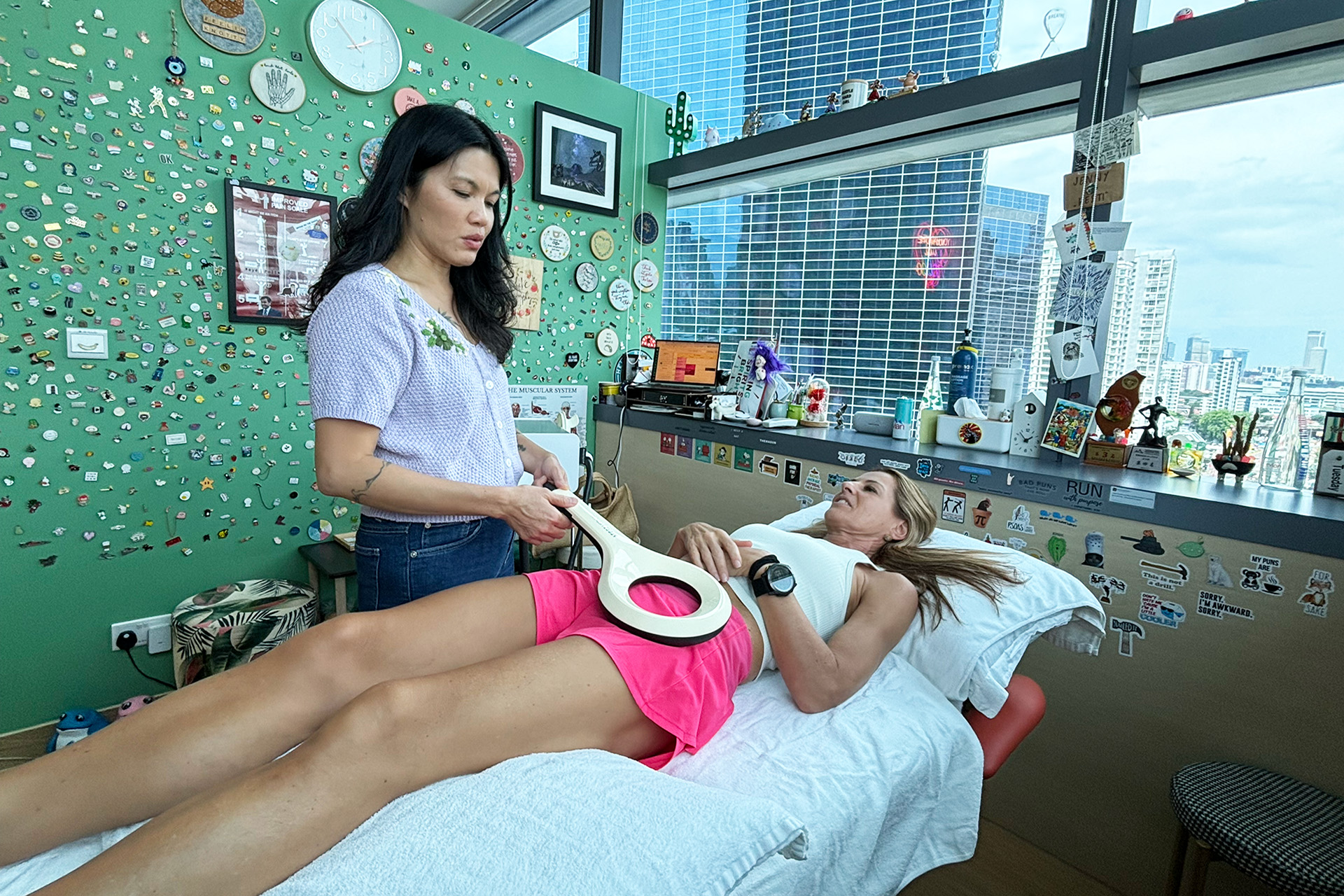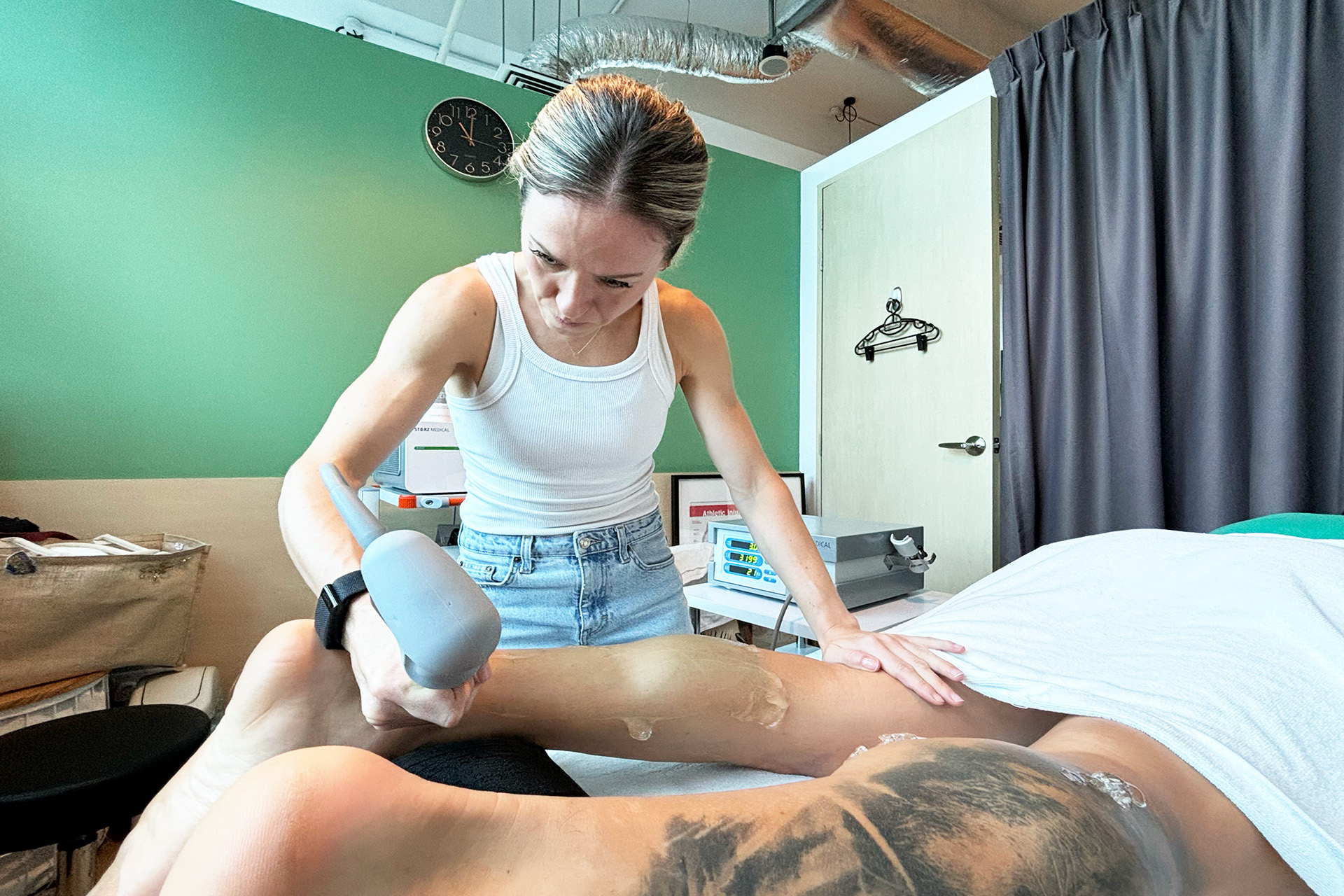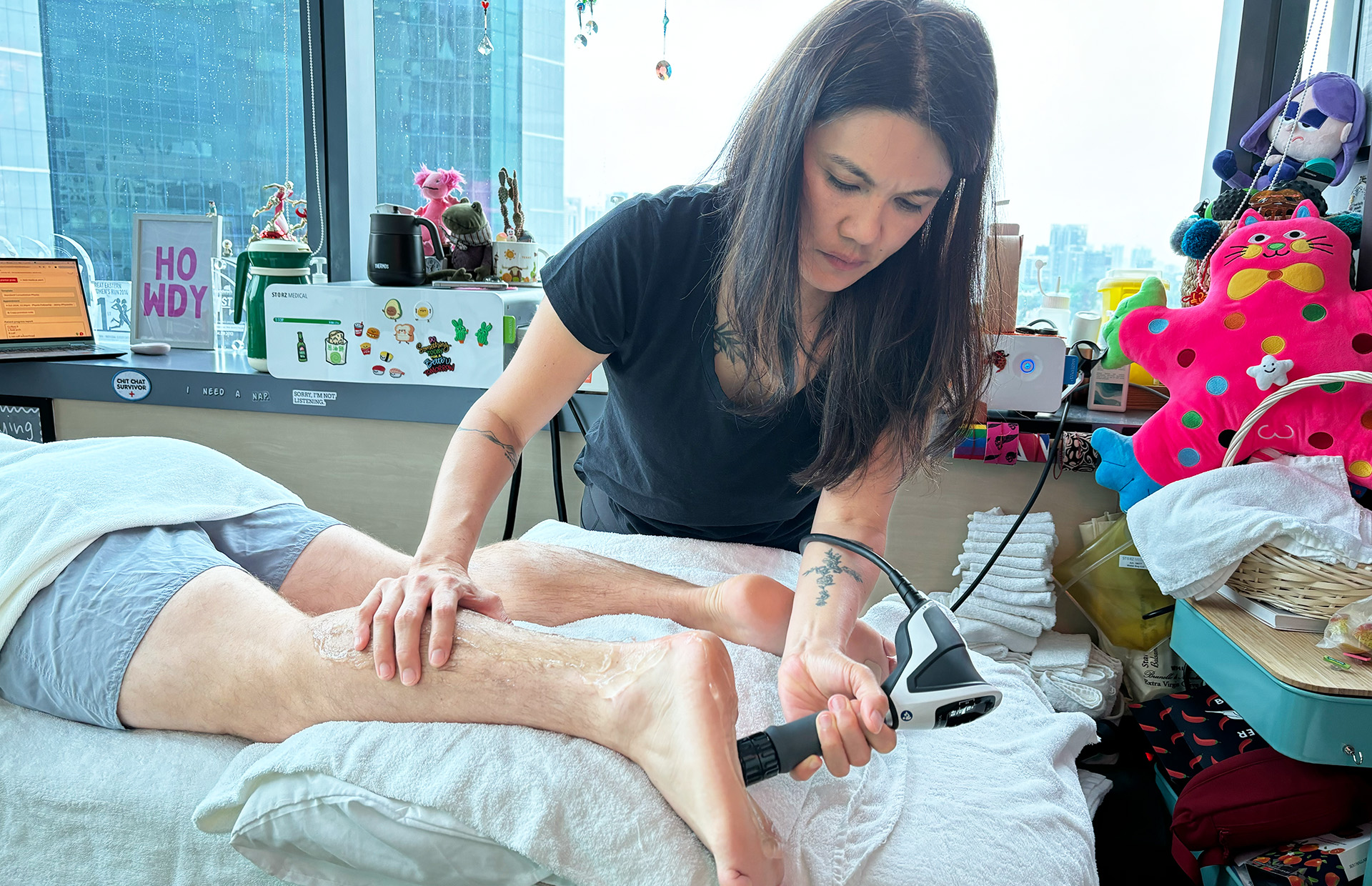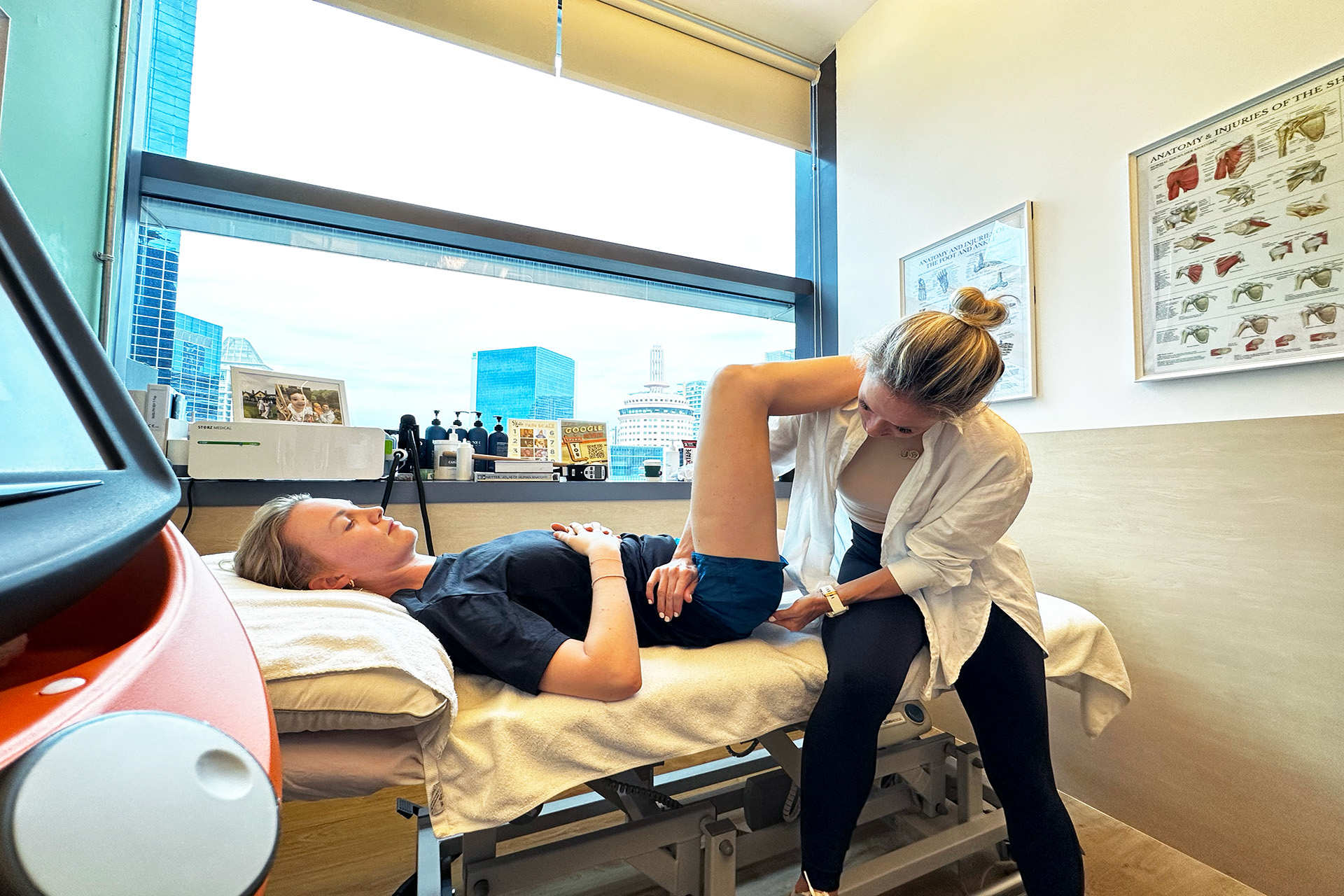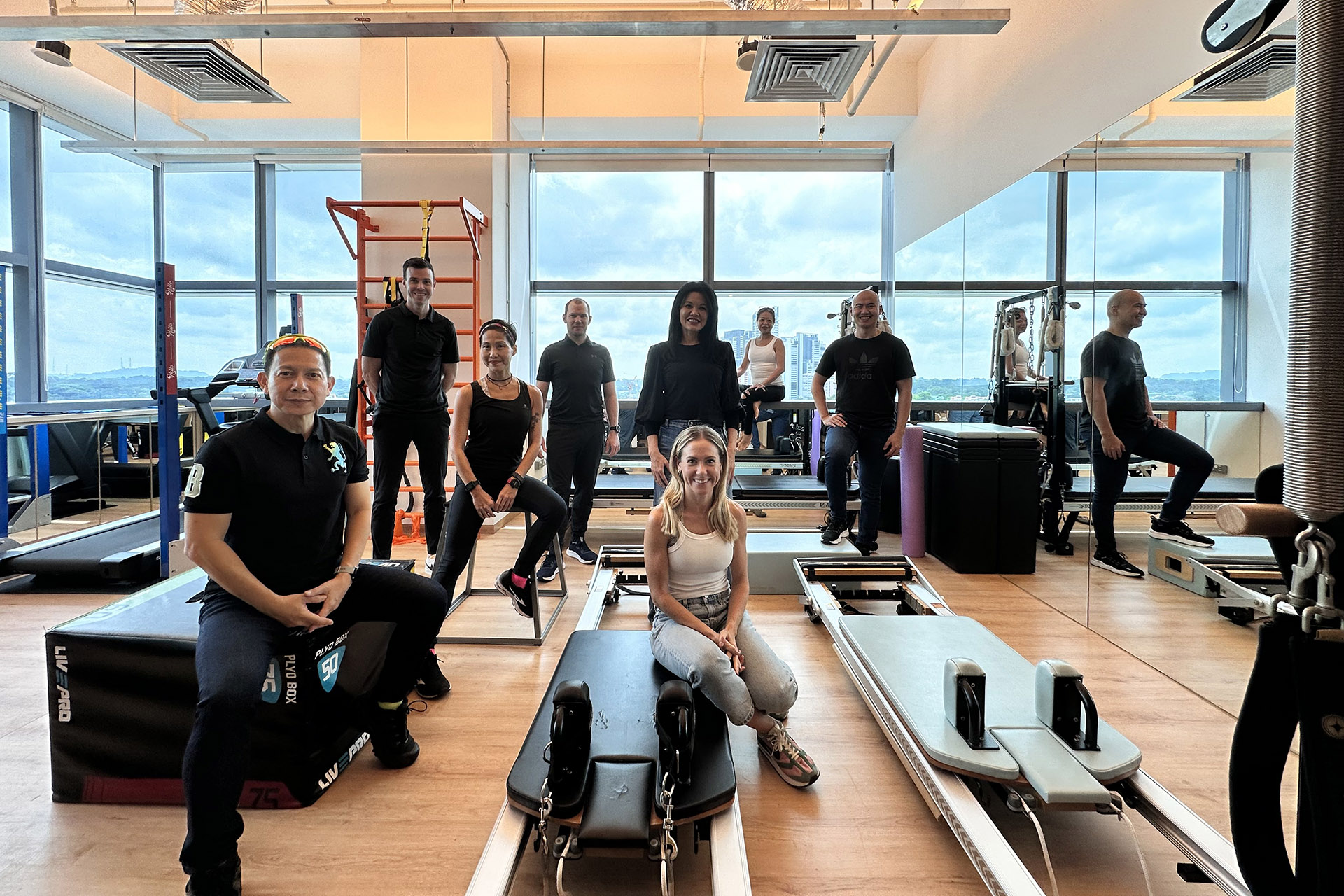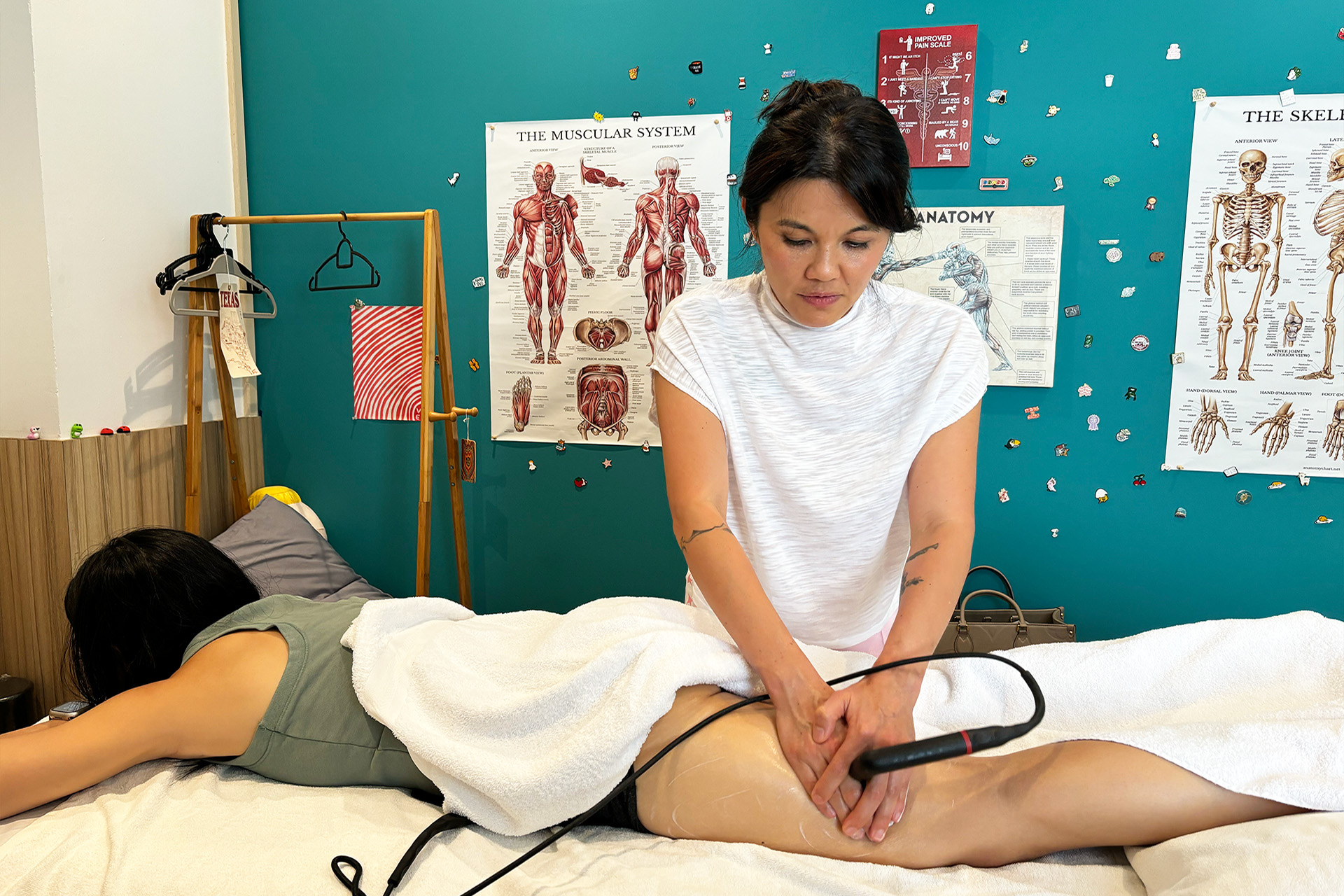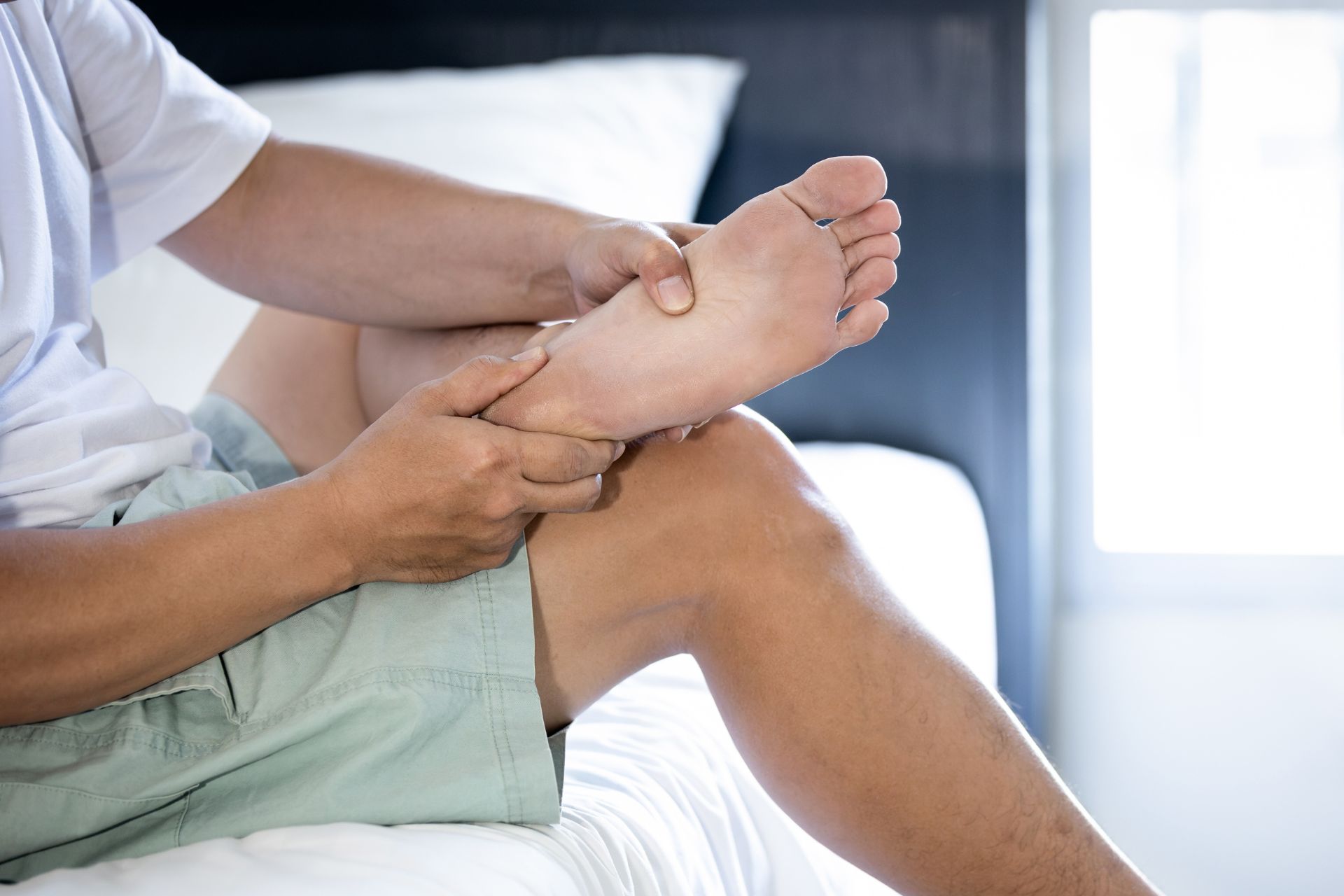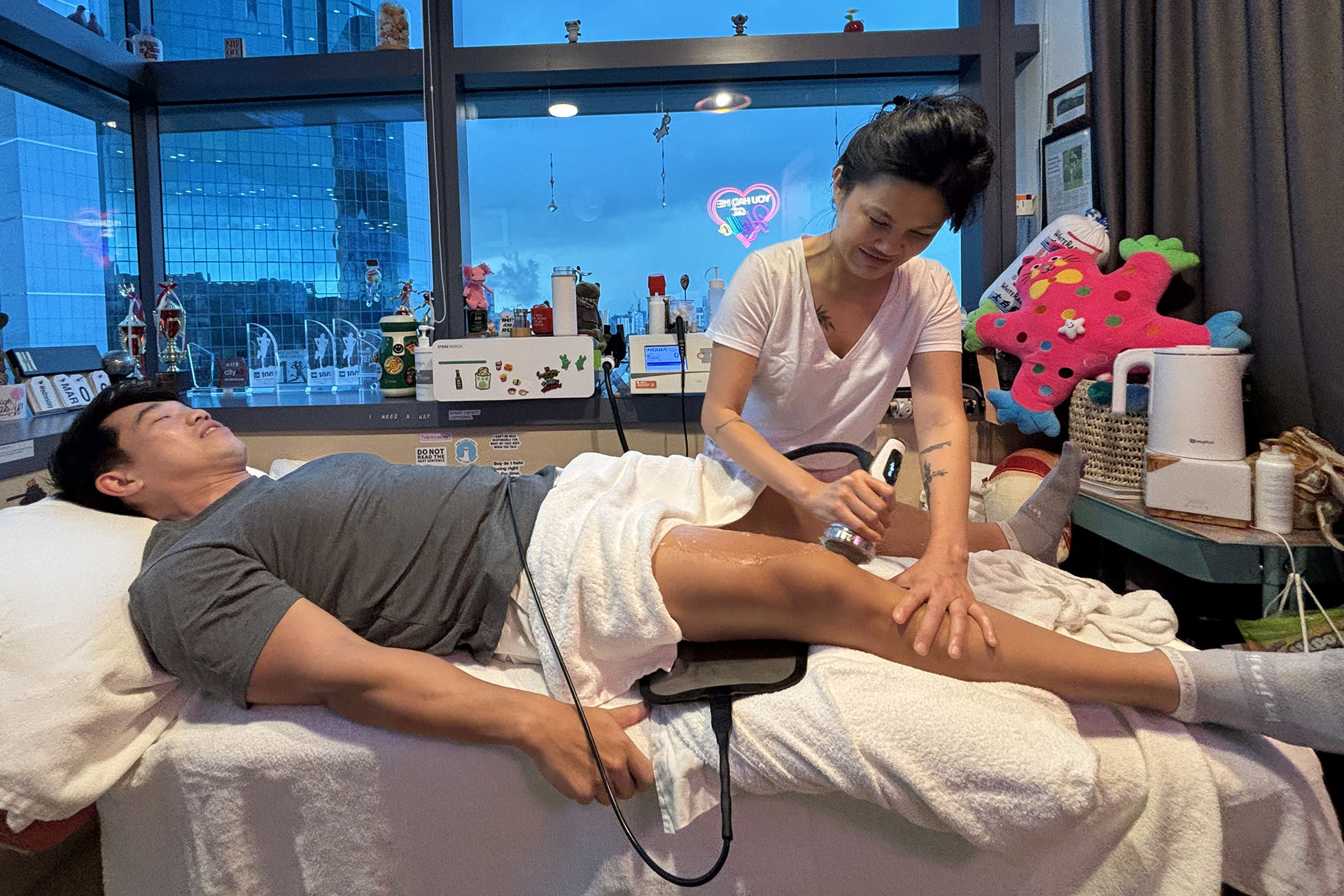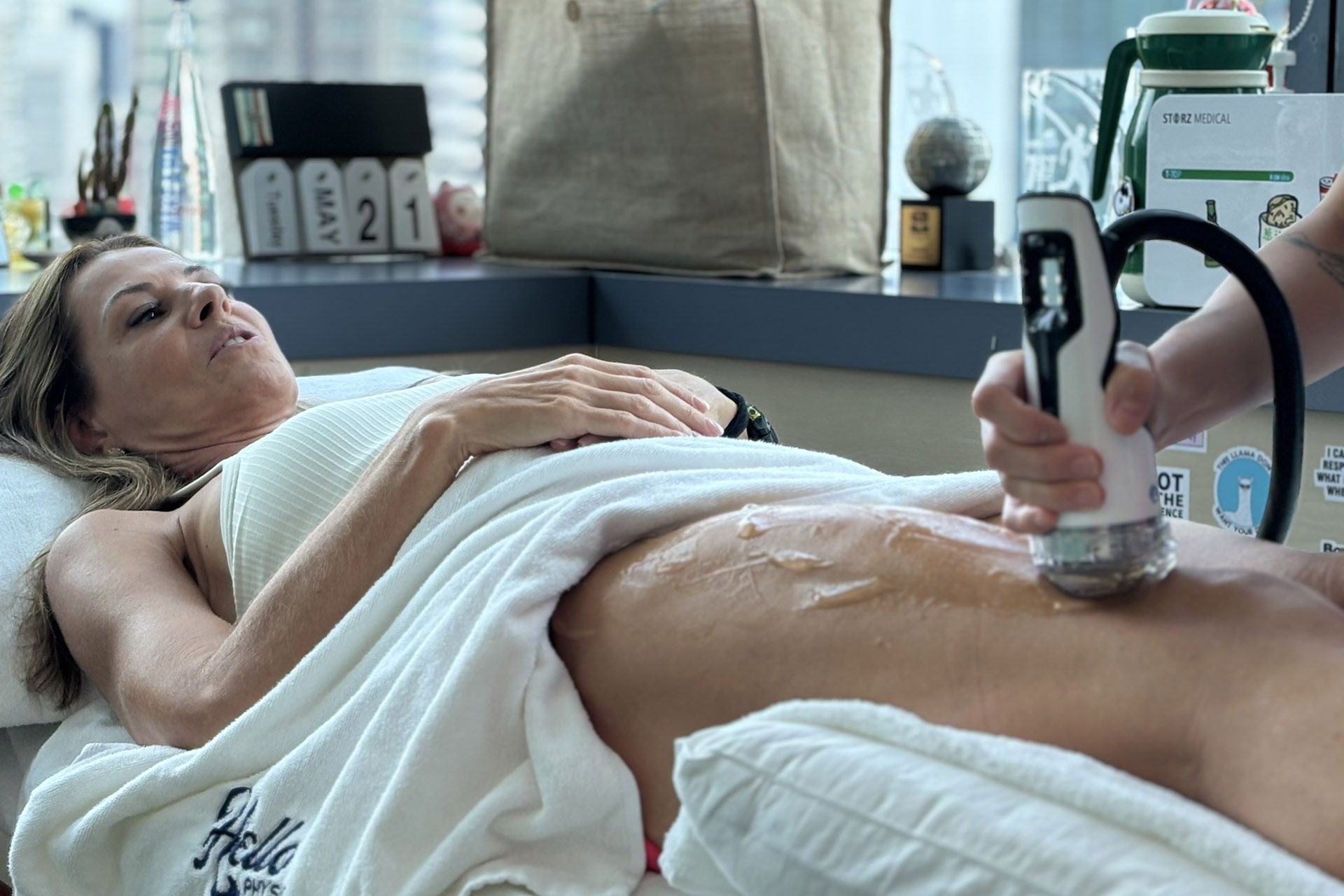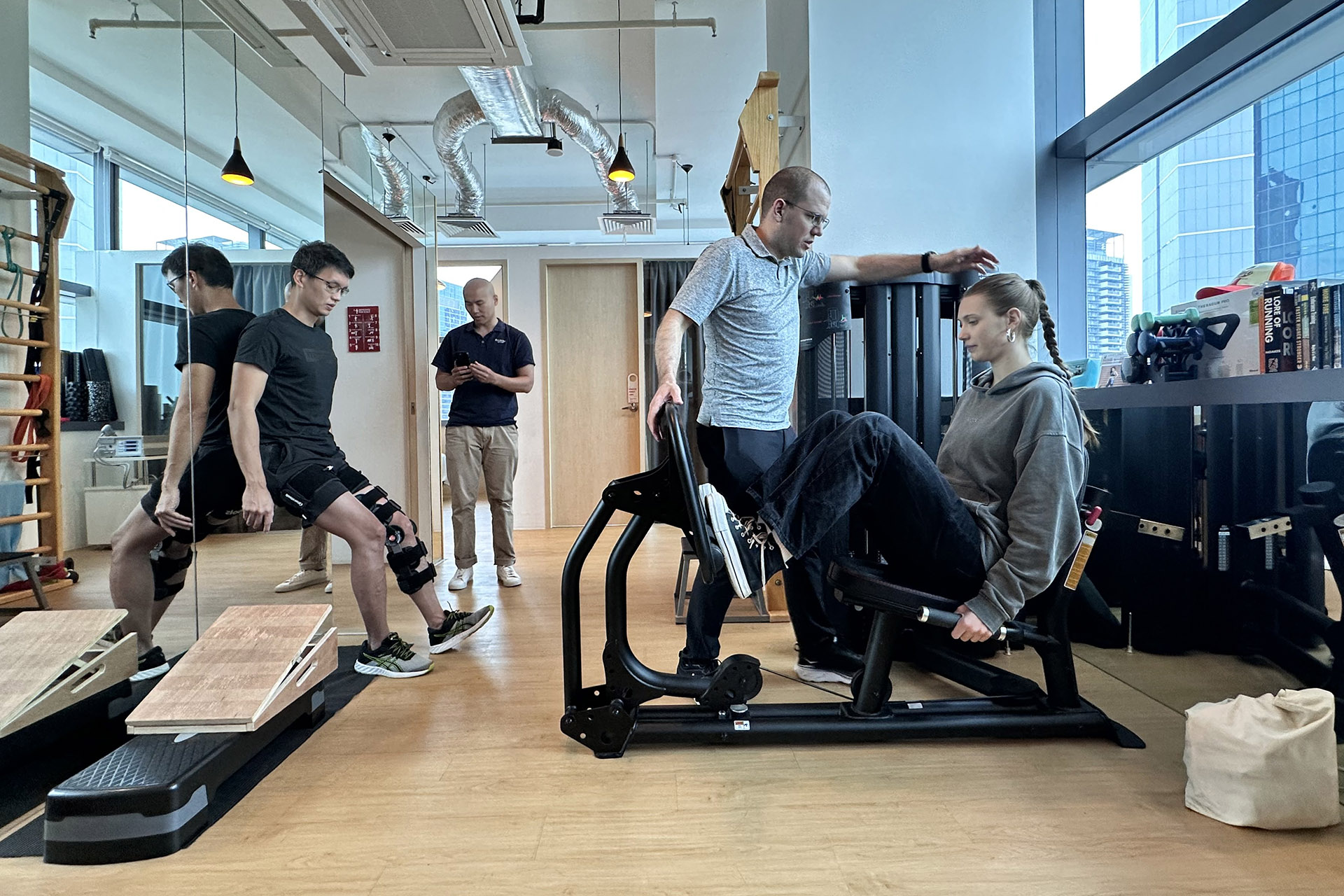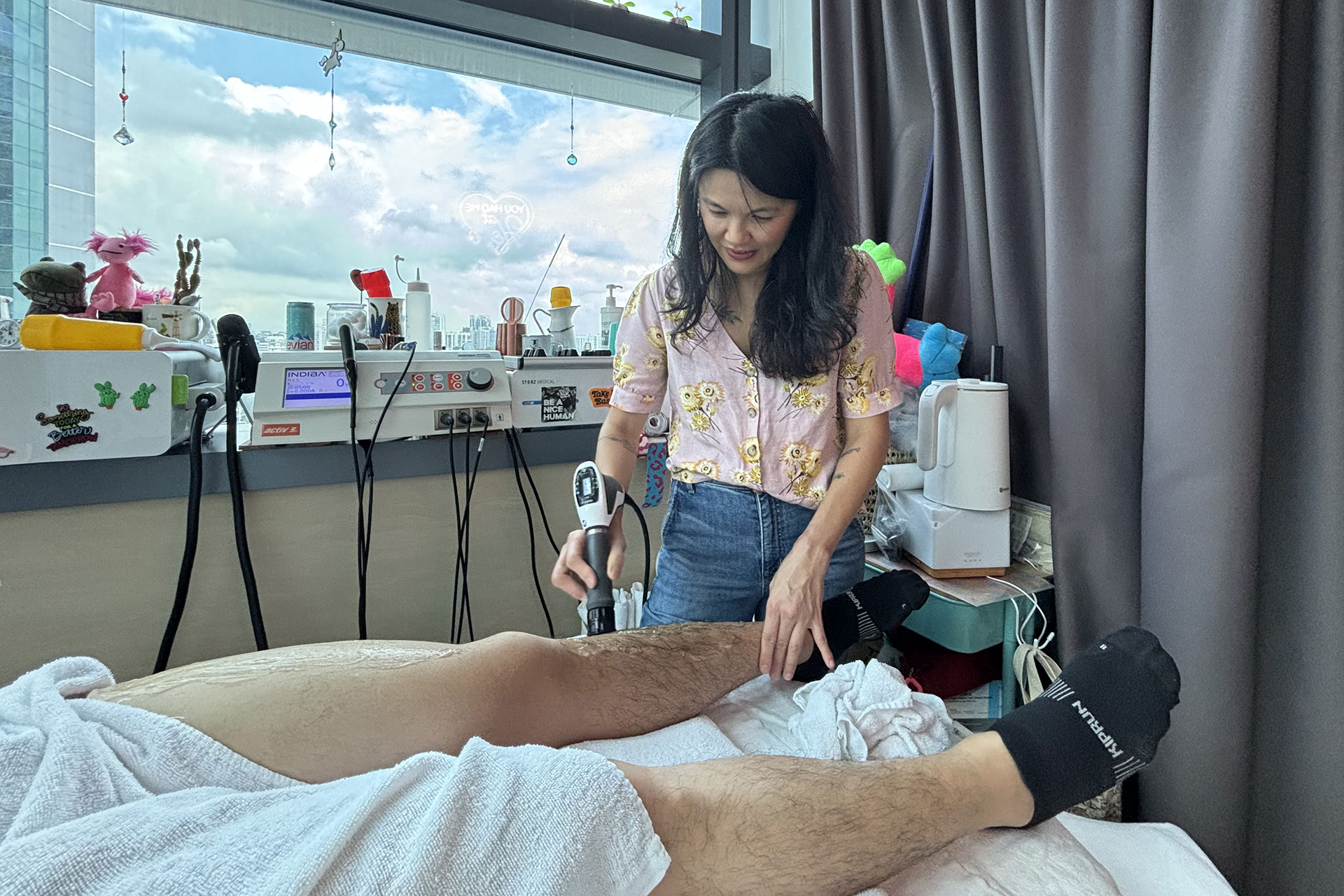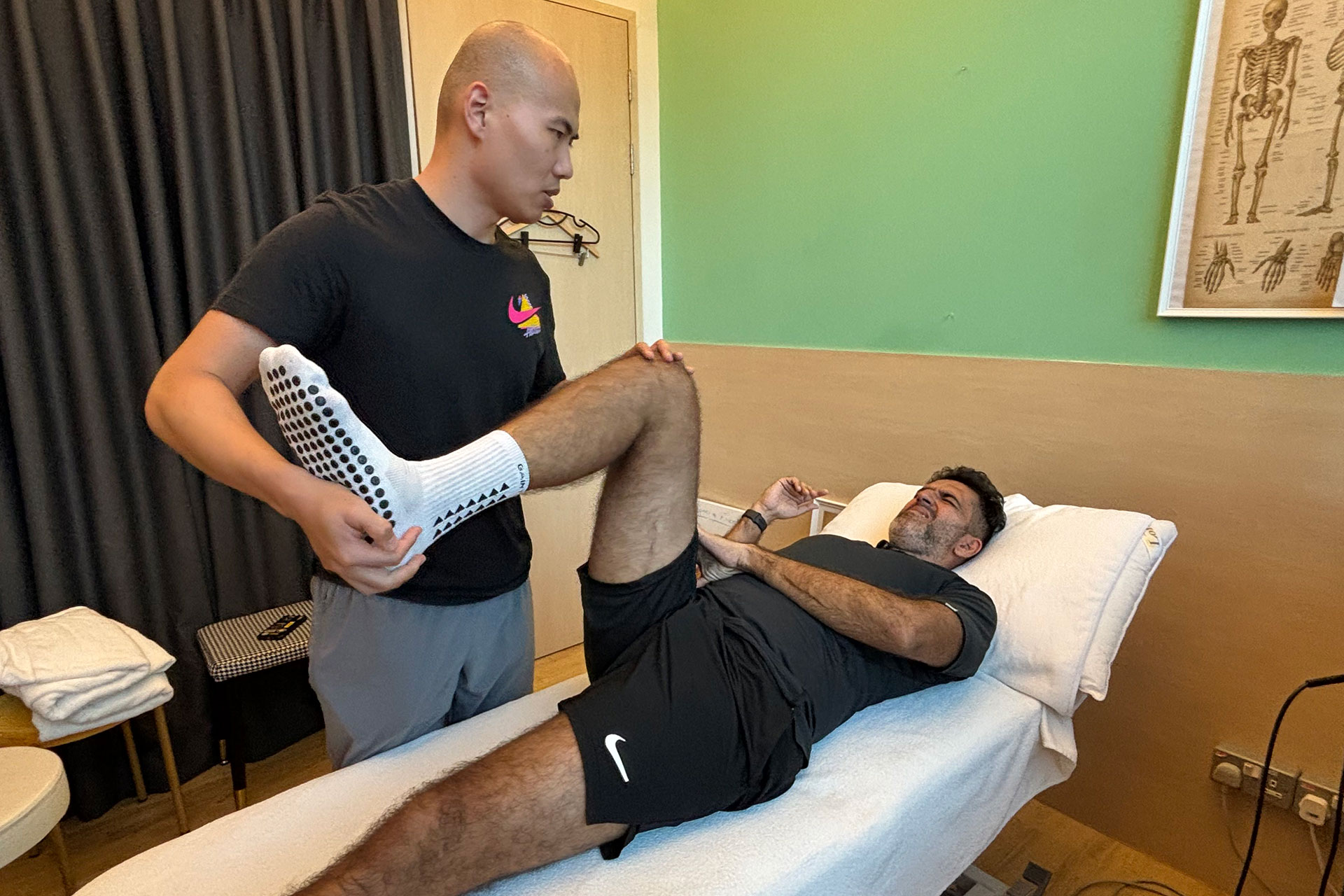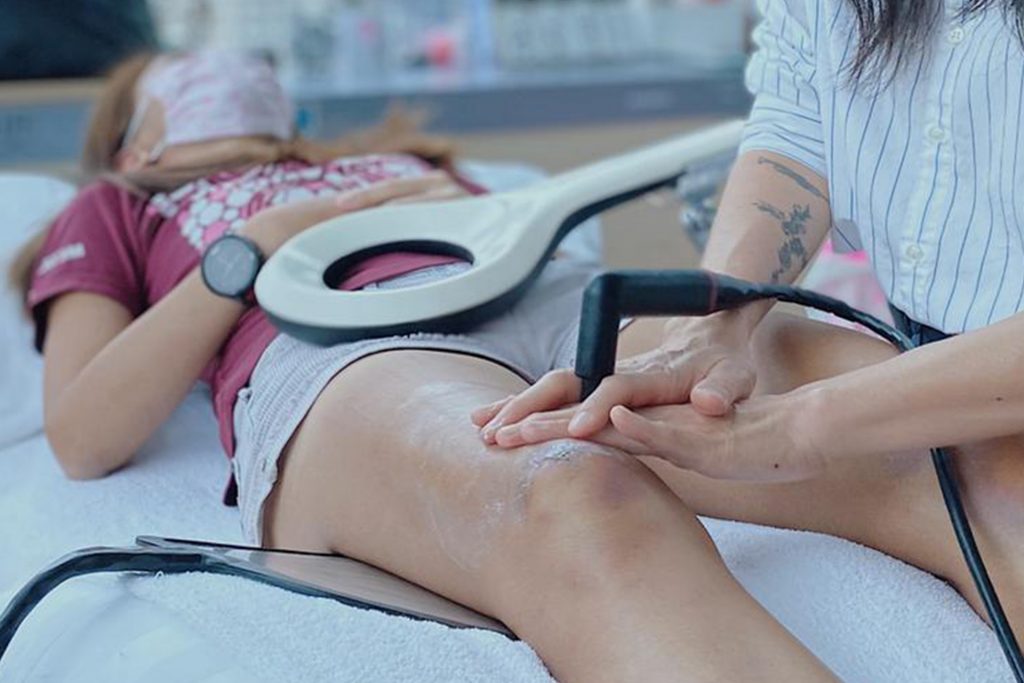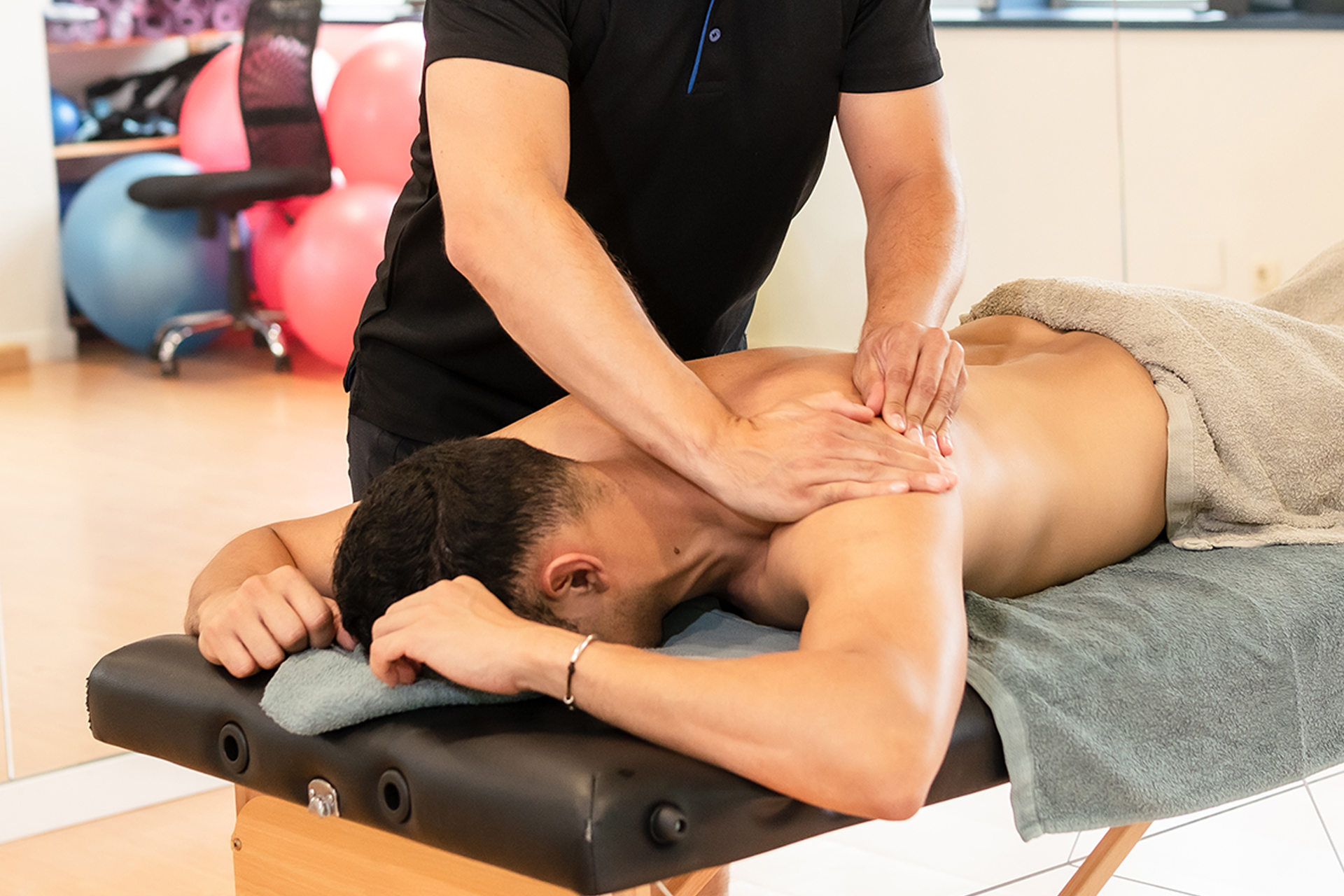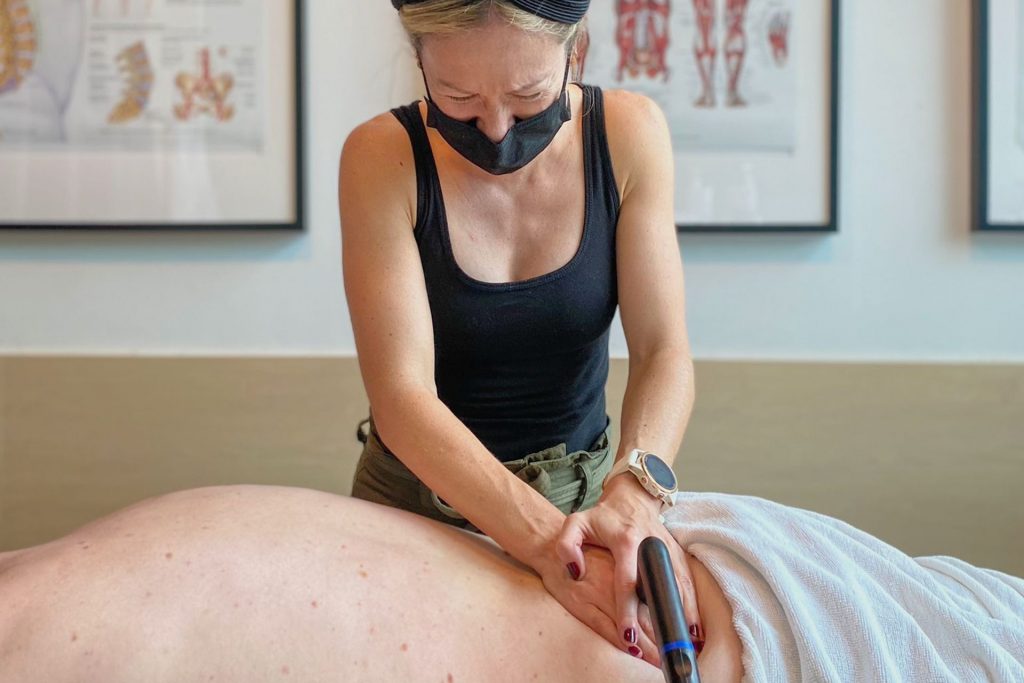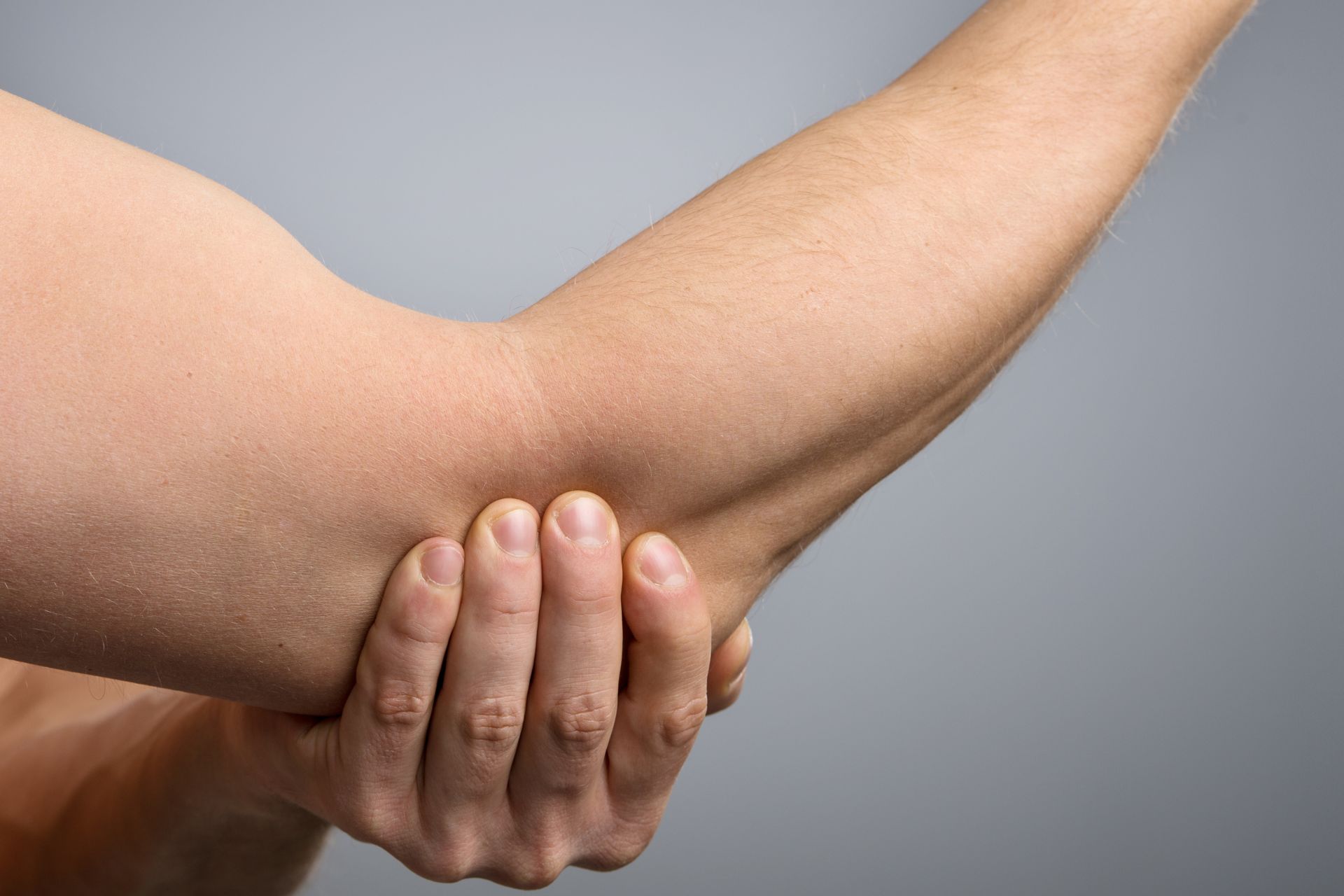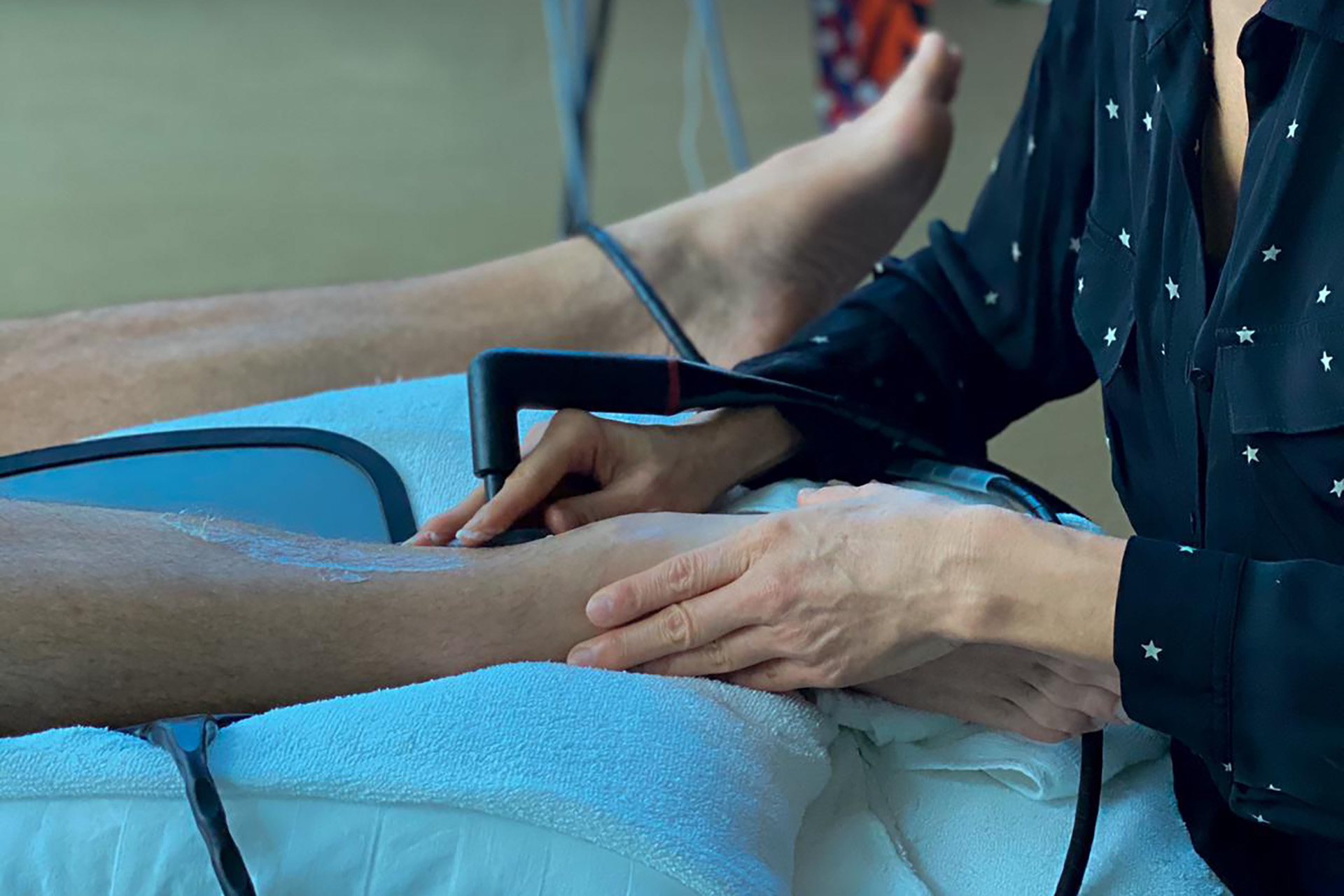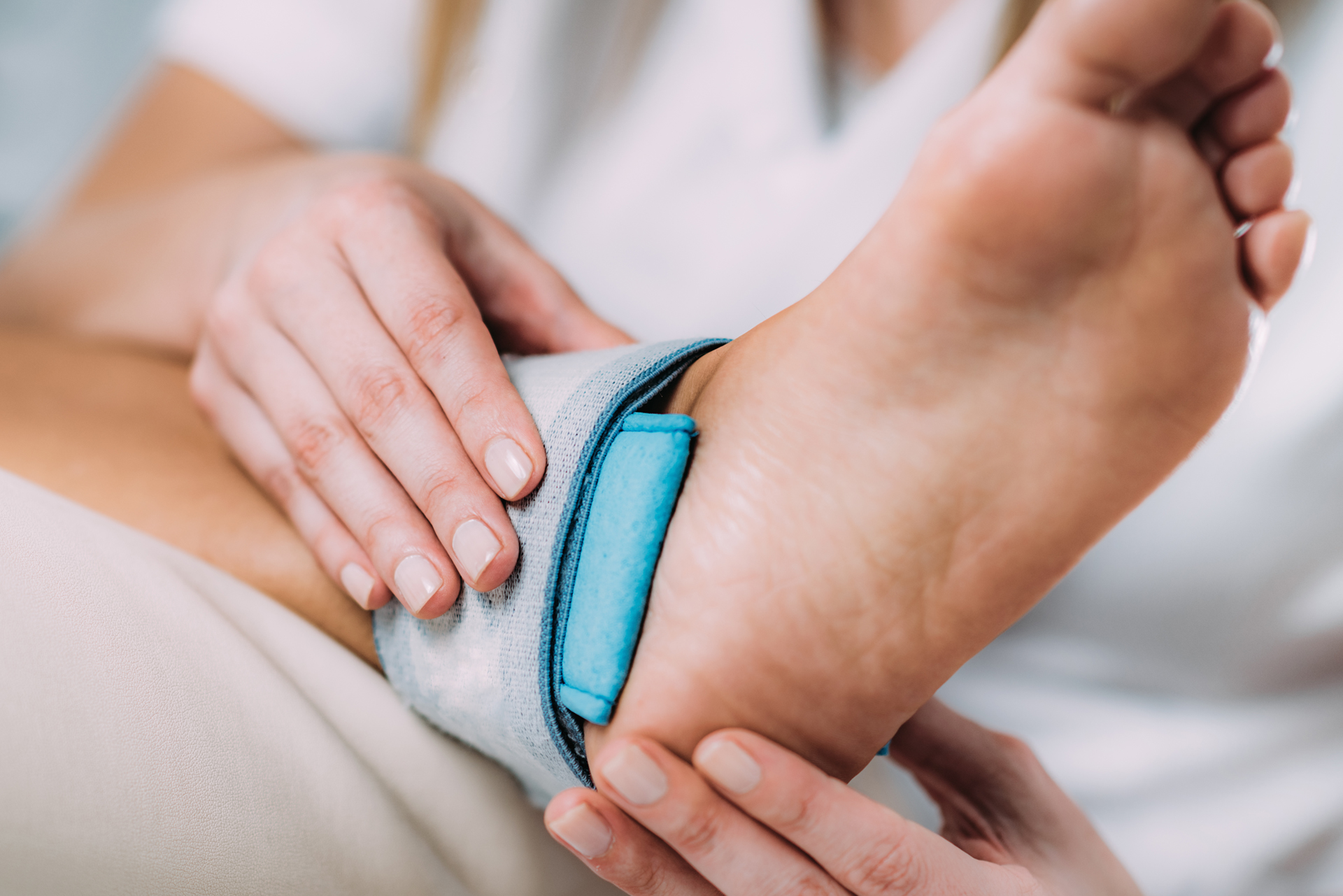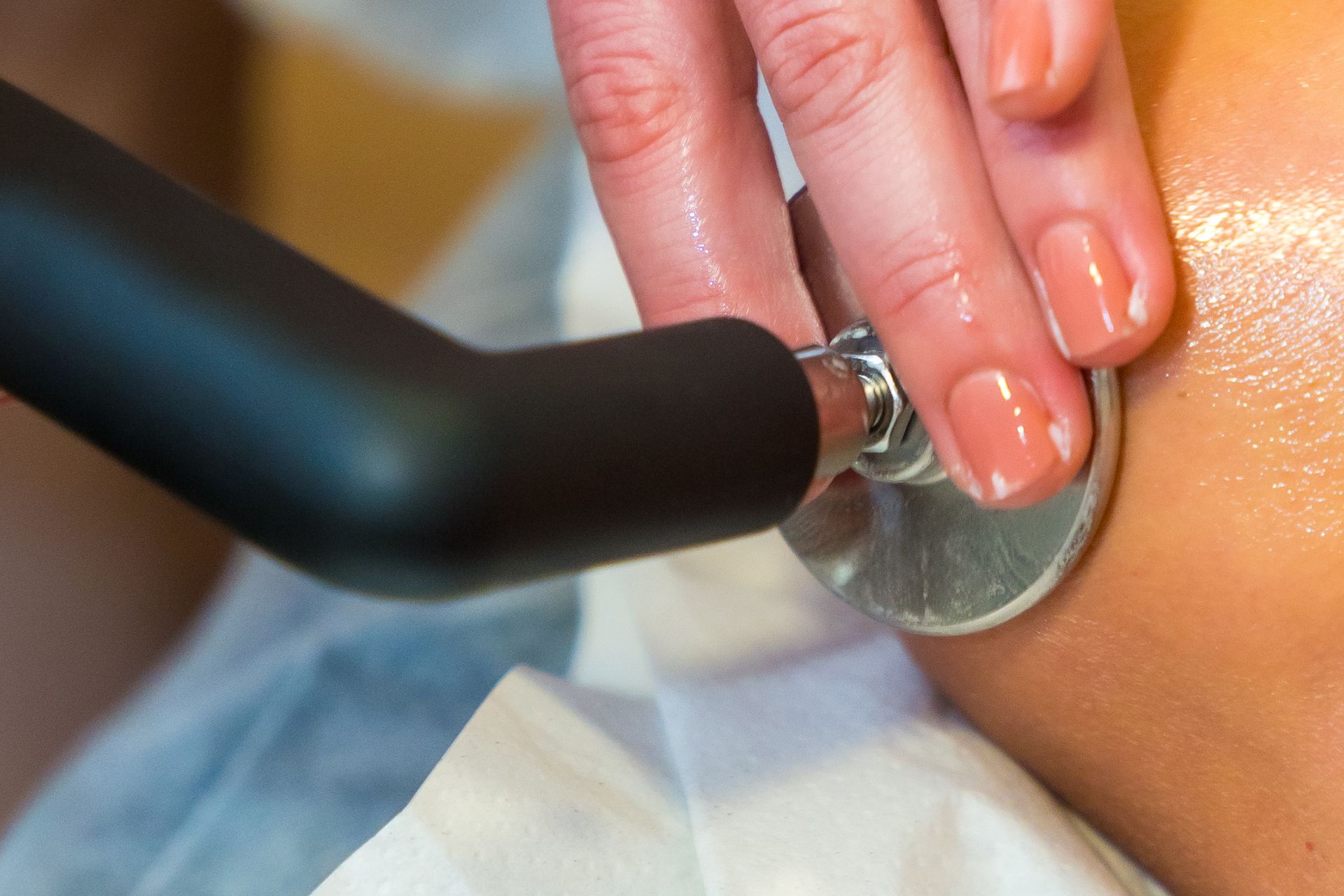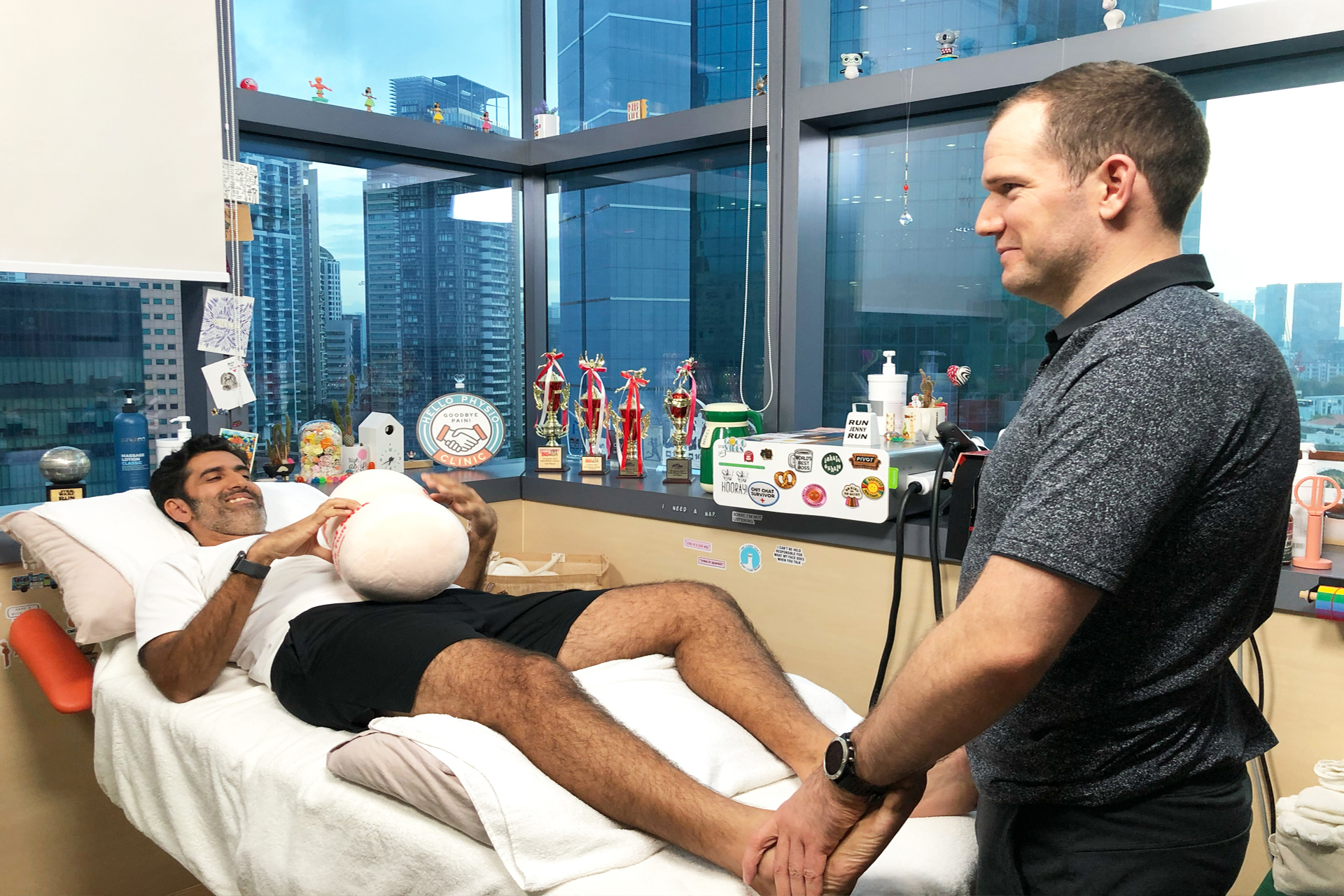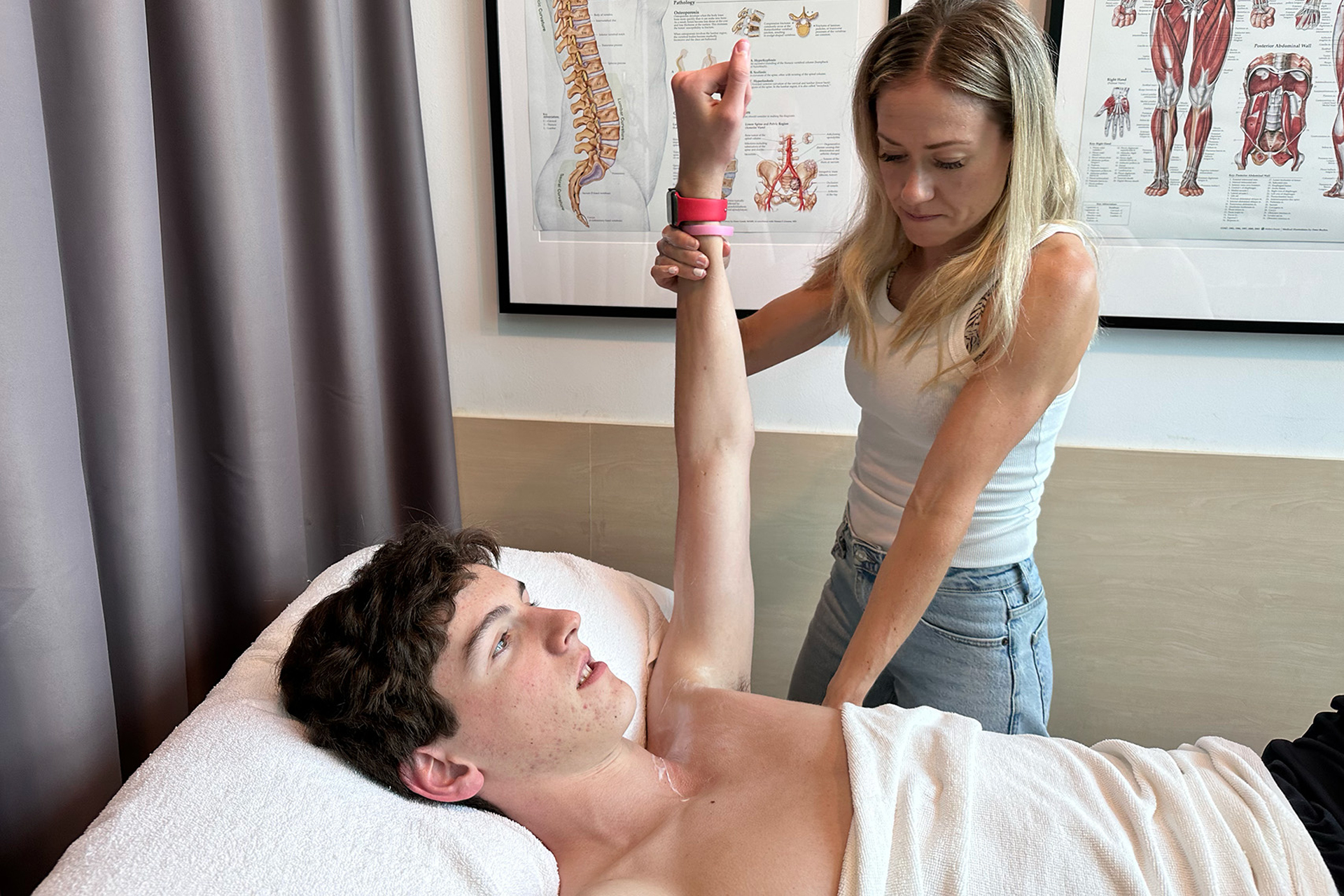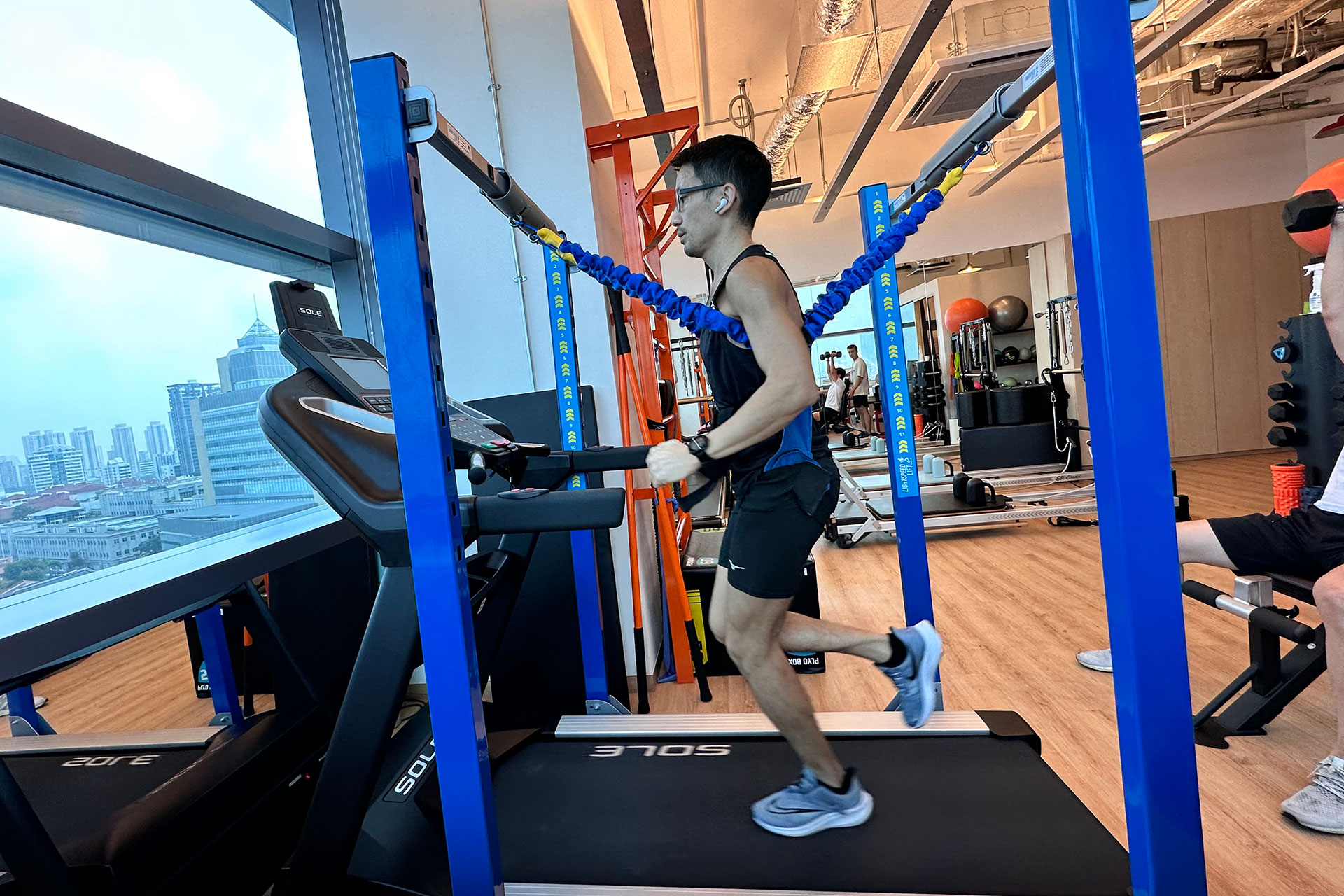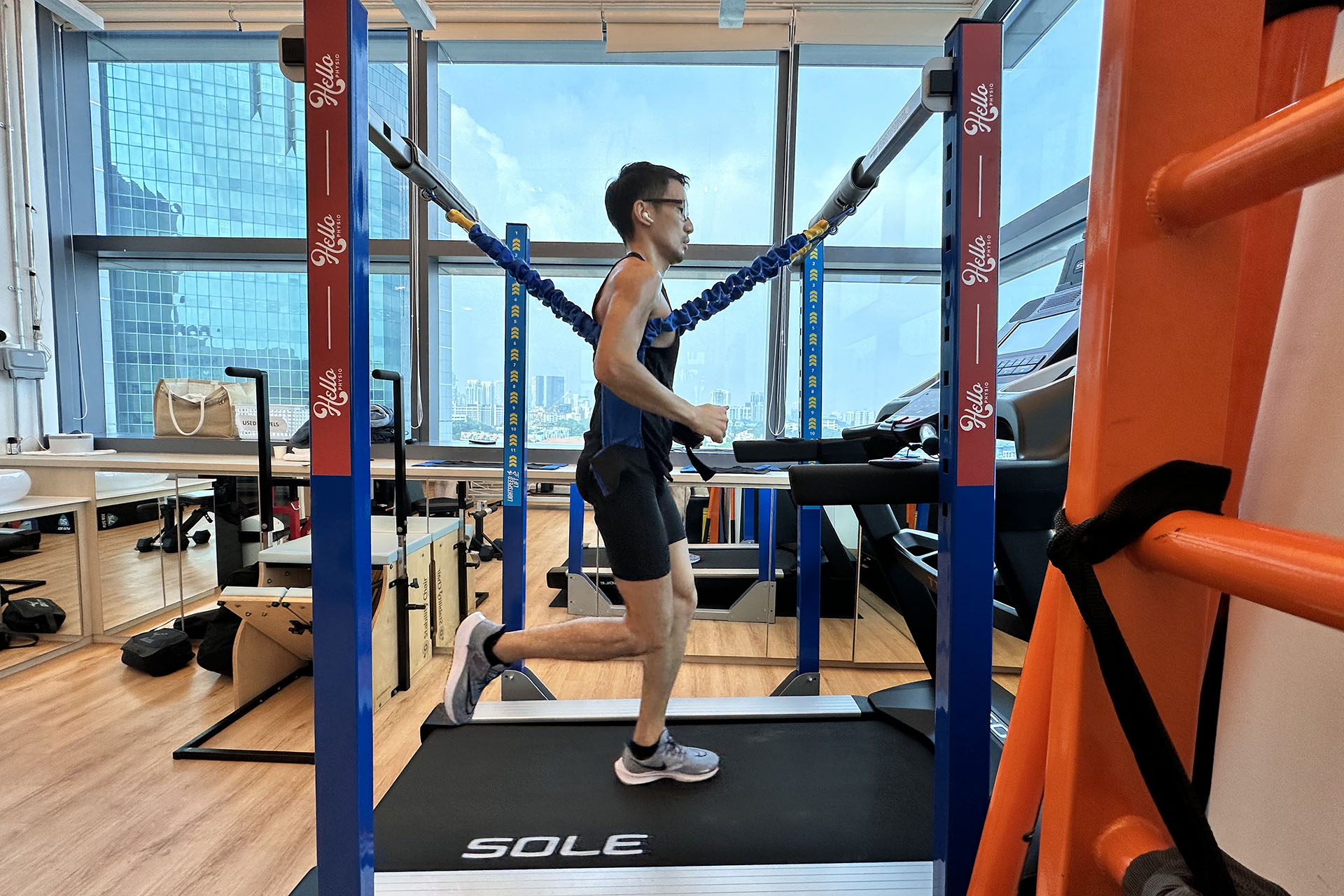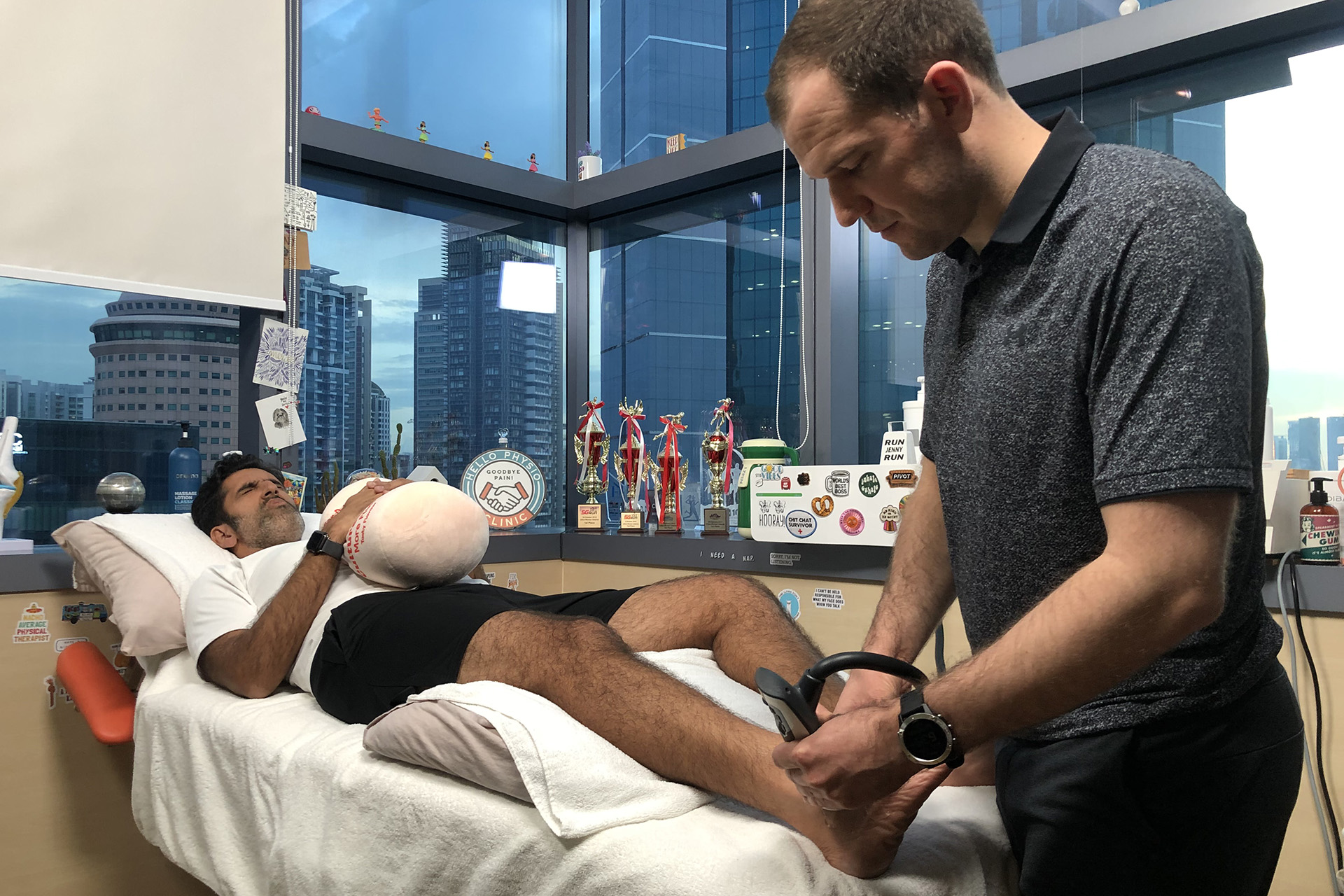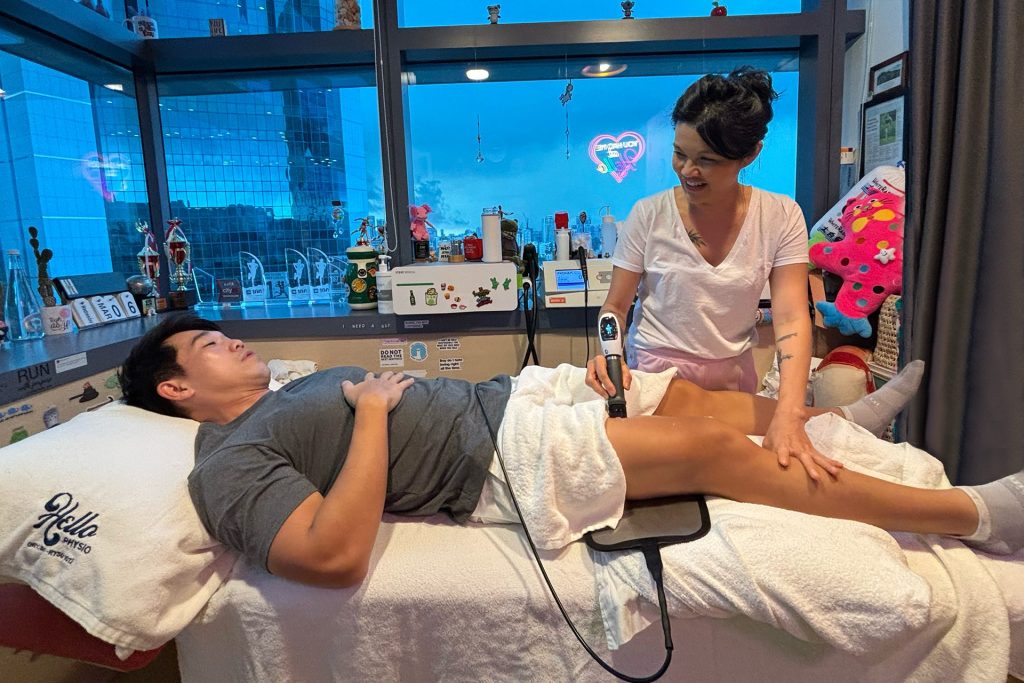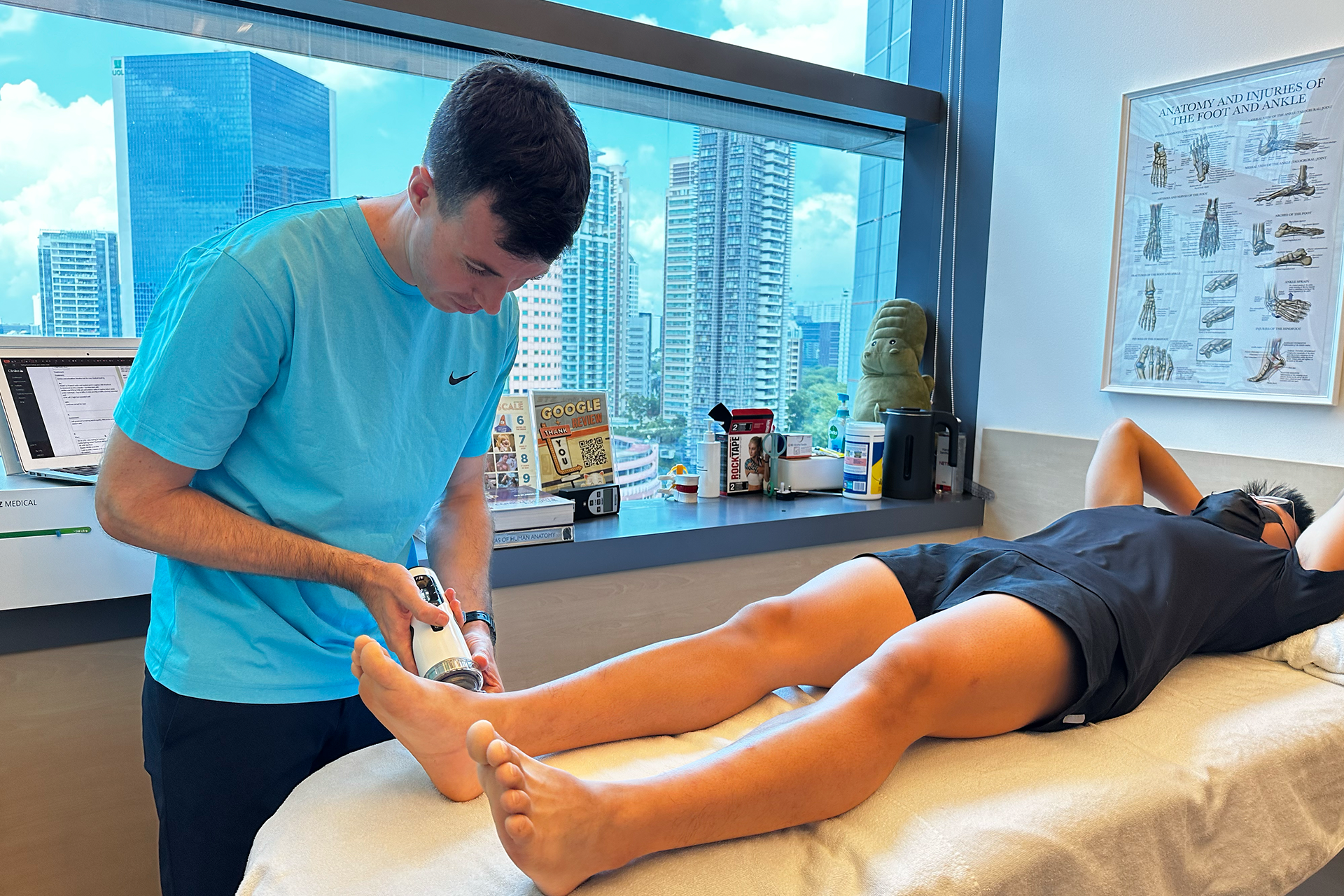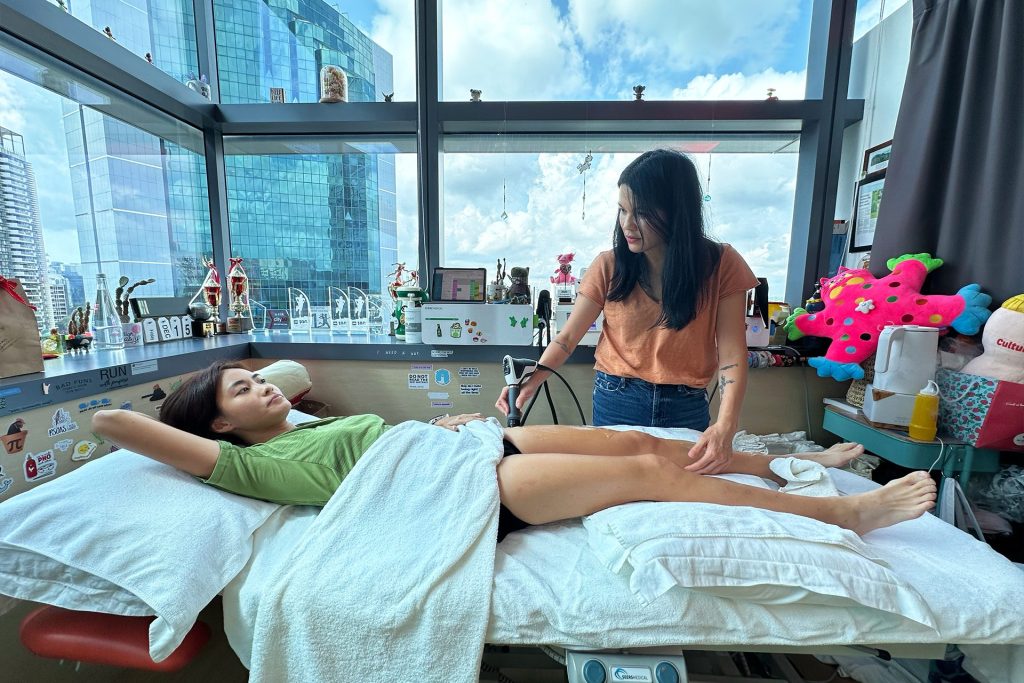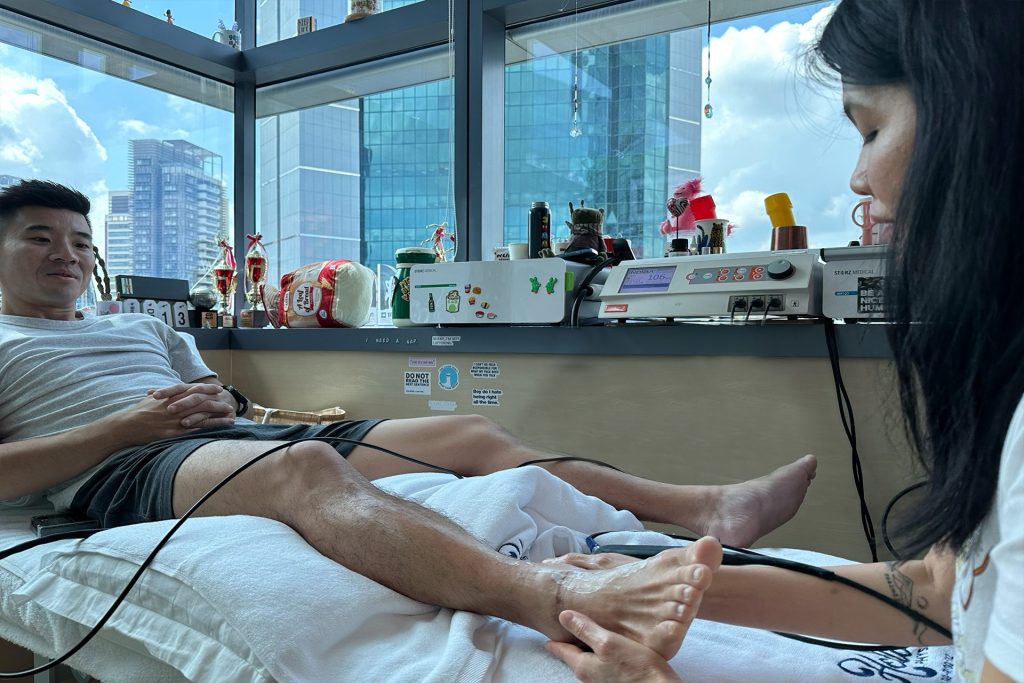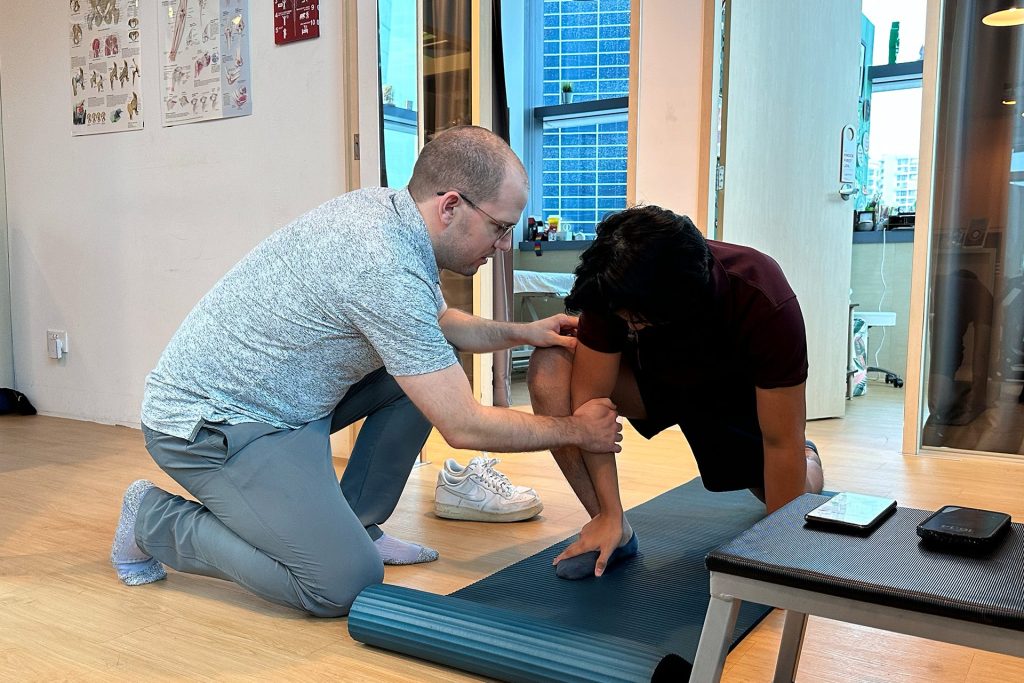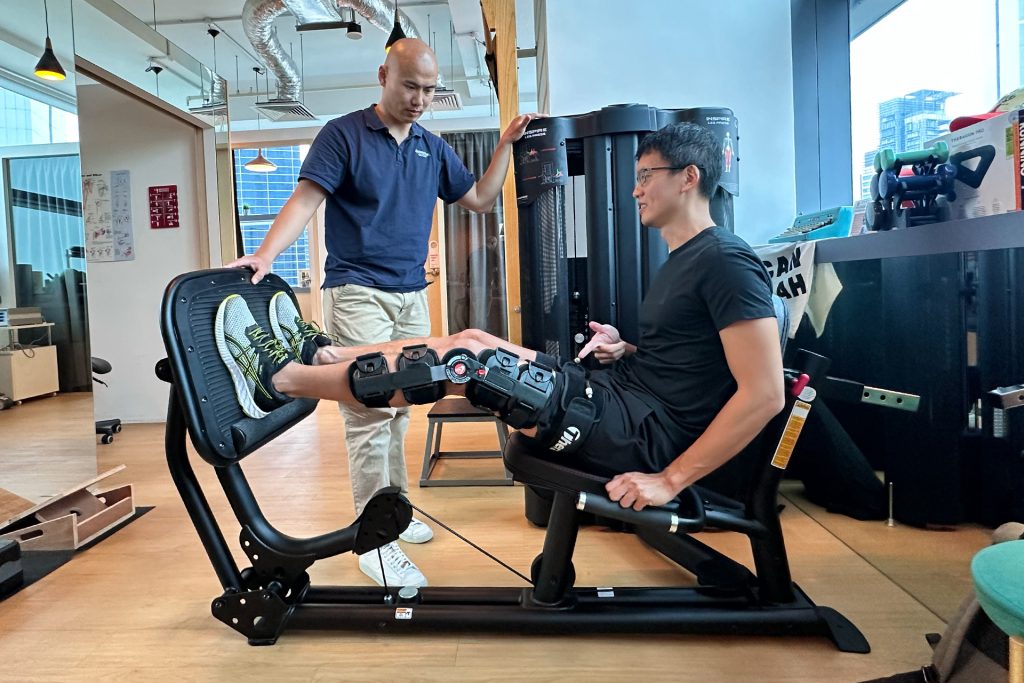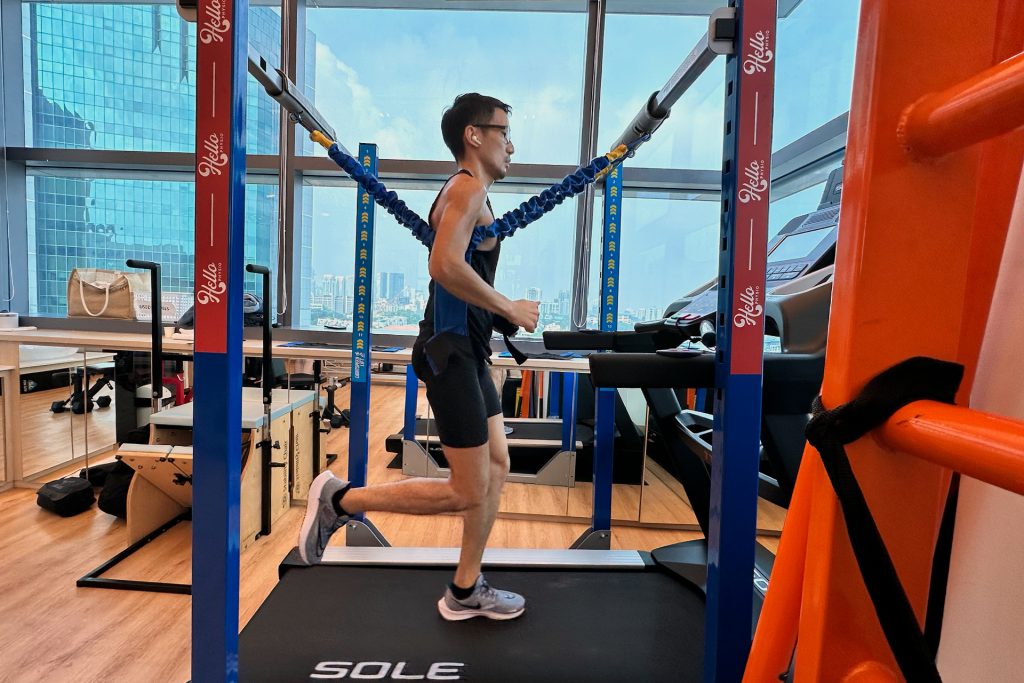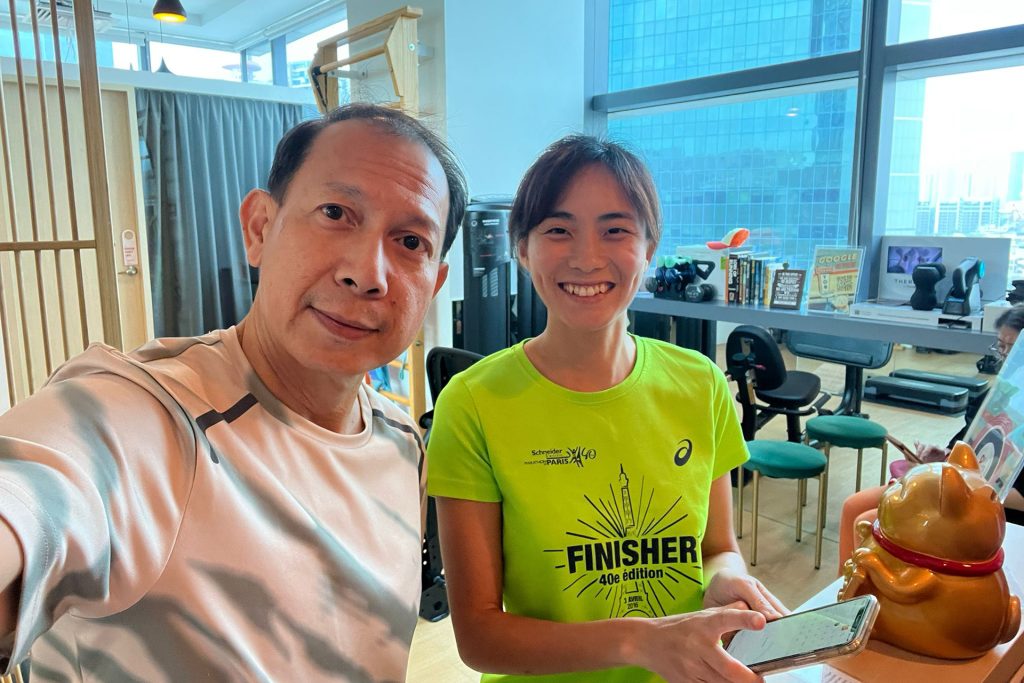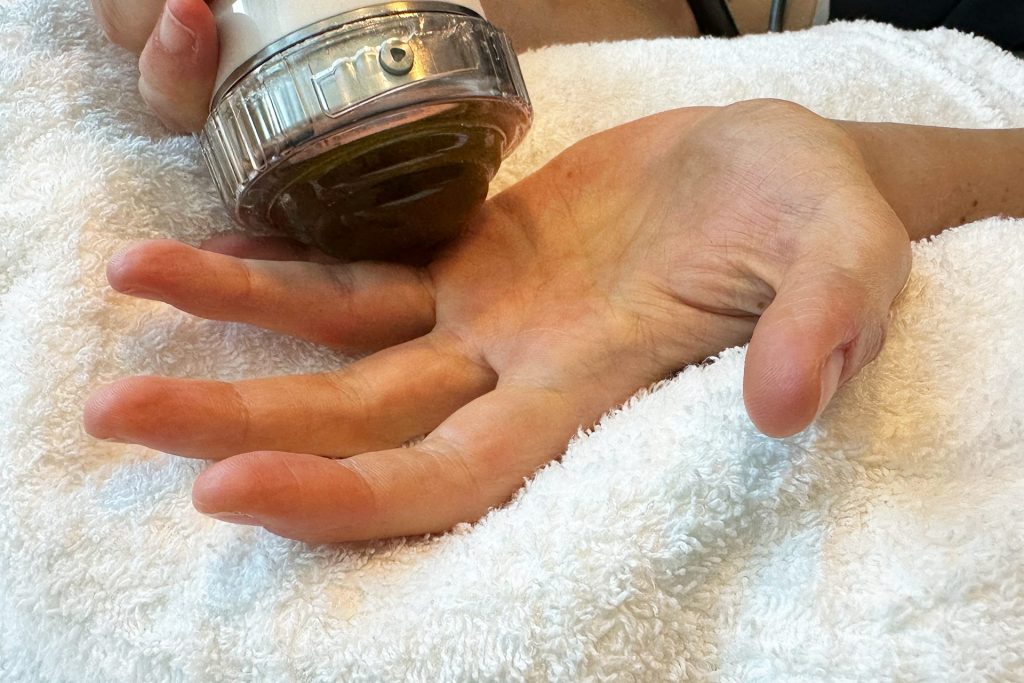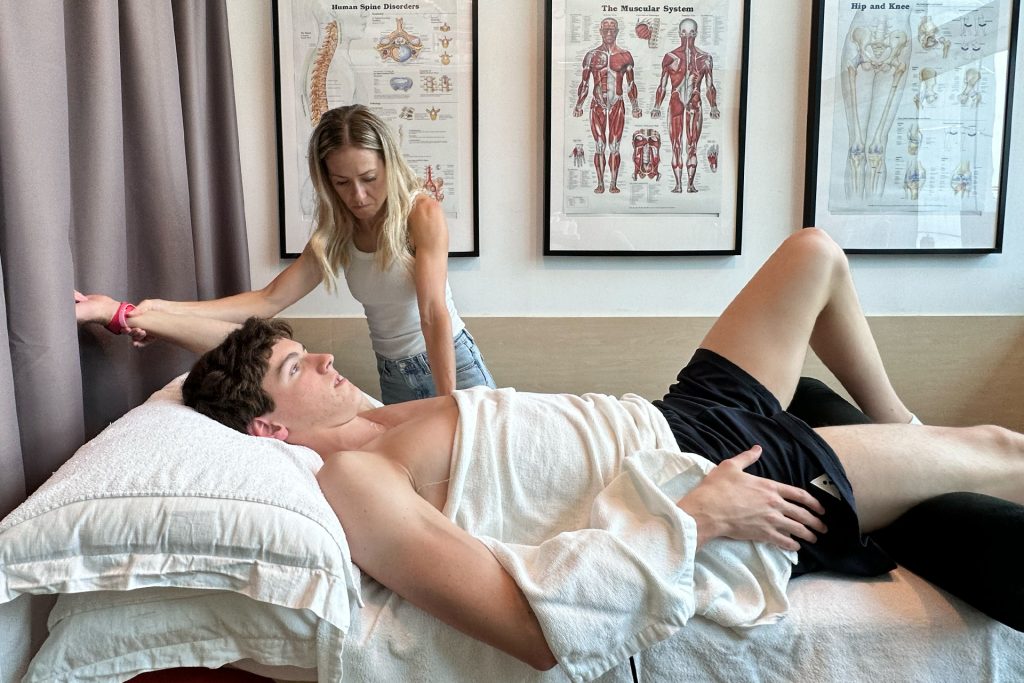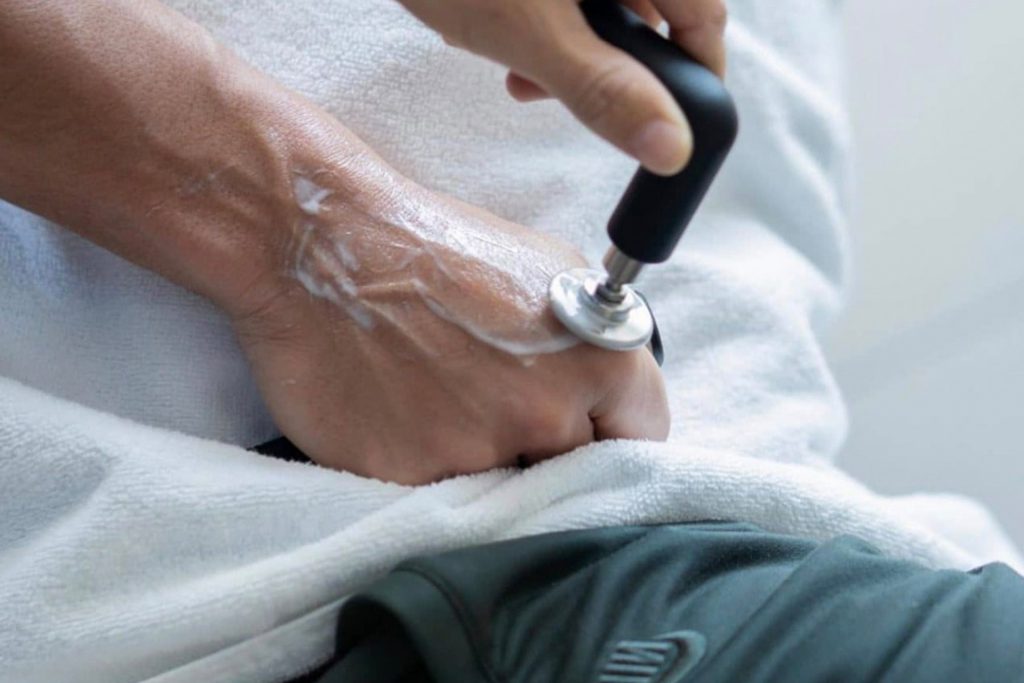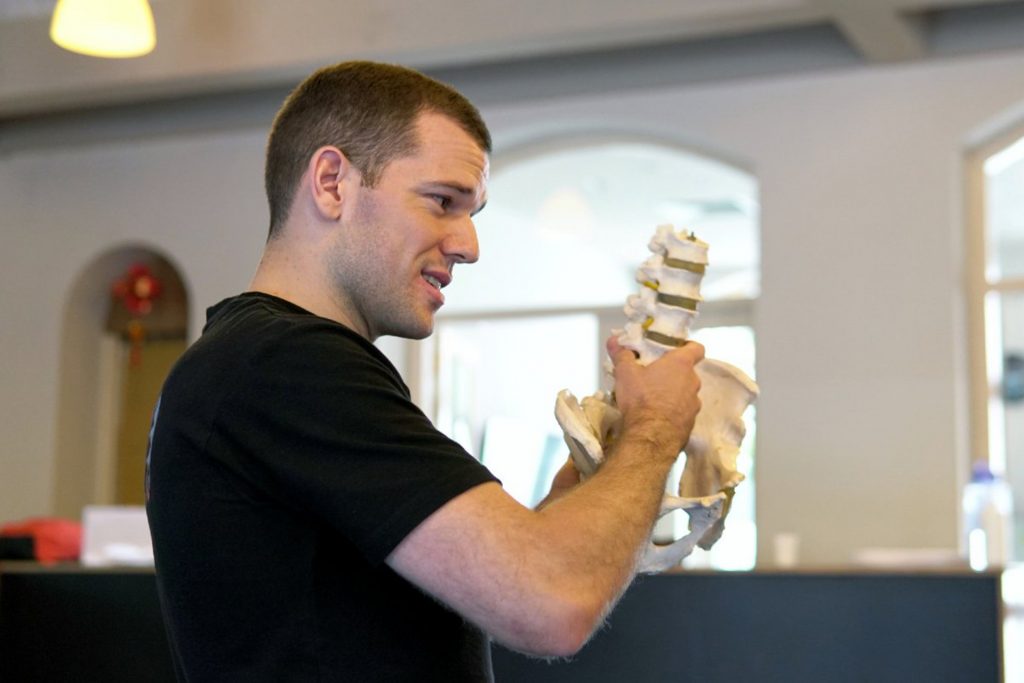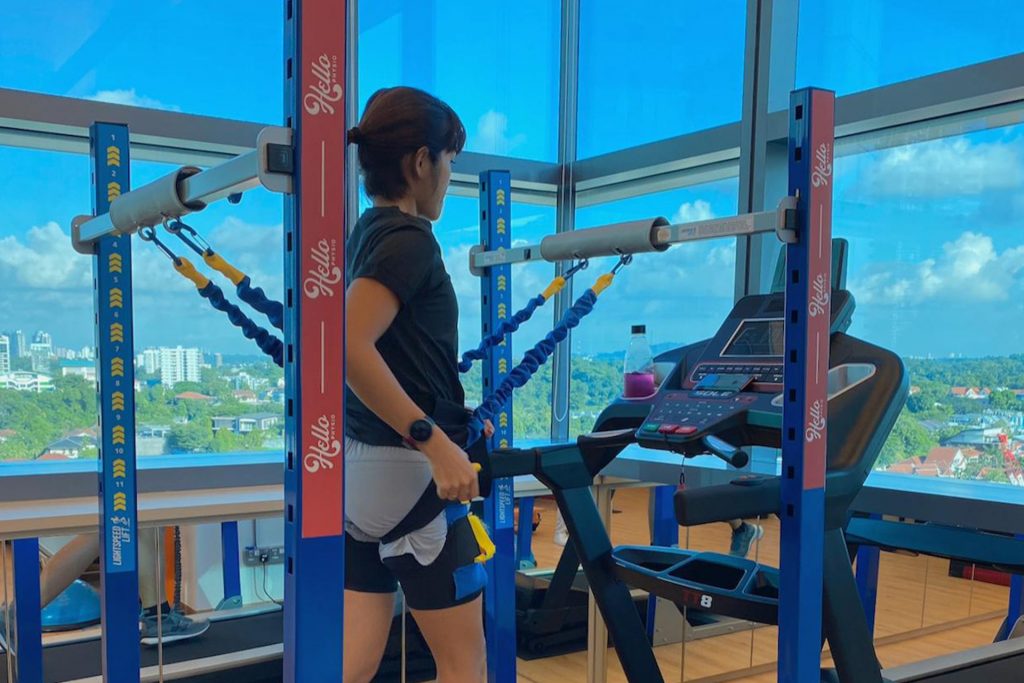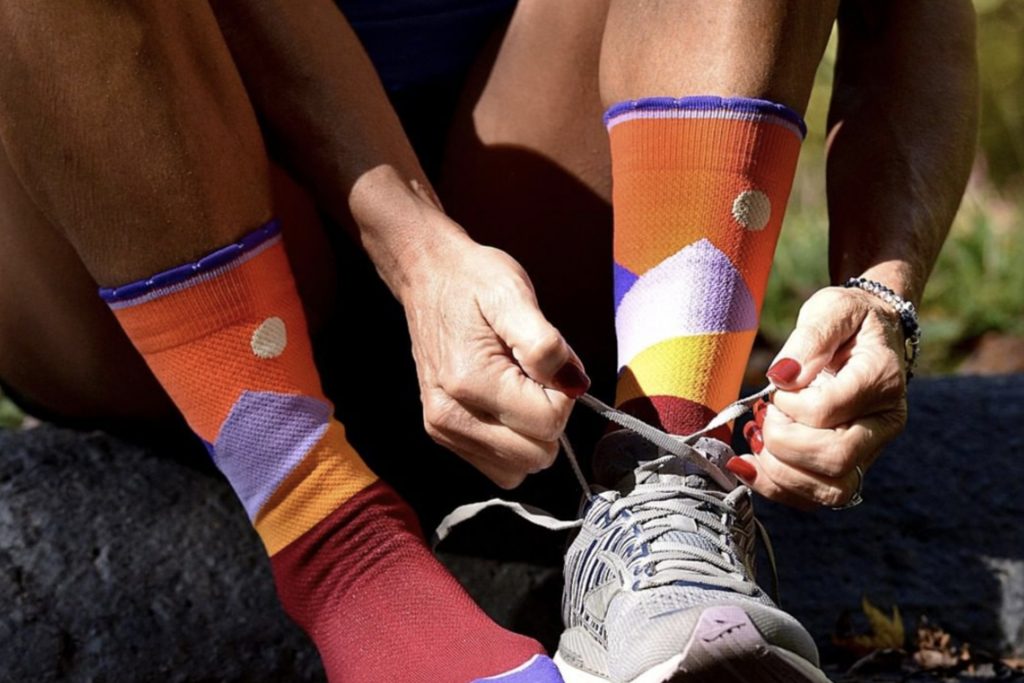|
Getting your Trinity Audio player ready...
|
Heel bone pain isn’t just a minor inconvenience. It’s a common issue that can have a big impact, hindering your ability to walk, exercise, or even stand comfortably.
Heel bone pain is prevalent among runners, athletes, older adults and those with poor foot mechanics. Whether you wake up to a sharp jolt in your heel or feel a growing ache throughout the day, identifying the underlying cause is key to resolving it and preventing recurrence. Understanding the various risk factors is essential for prevention and effective treatment.
What Causes Heel Bone Pain?
Heel bone pain can stem from several conditions, often overlapping in symptoms. The most common causes of heel bone pain include:
- Plantar Fasciitis – This is the leading source of heel pain, especially the kind you feel with your first steps in the morning. Heel bone pain symptoms of plantar fasciitis include stabbing or sharp pain that occurs when you take your first steps out of bed.
- Heel Spurs – These are bony projections that form on the underside or back of the heel. They’re usually a result of long-term tension on the soft tissues pulling on the bone. While many heel spurs are painless, those associated with plantar fasciitis or tendon issues can become problematic, leading to back of heel bone pain.
- Achilles Tendonitis Pain This pain starts at the back of the heel and often signals inflammation of the Achilles tendon, particularly where it attaches to the heel bone. More common in men than in women, this pain is common among runners and individuals with tight calf muscles or poor footwear.
Other heel bone pain causes are conditions, such as Sever’s disease in adolescents, which involves inflammation of the growth plate (calcaneal apophysitis) in the heel, as well as bursitis, stress fractures and inflammatory conditions like arthritis or gout.
Sometimes, the exact cause of heel bone pain can be difficult to determine due to overlapping symptoms among these conditions. That’s why an expert examination is necessary to deduce the cause of your discomfort and to select the right heel bone pain remedy.
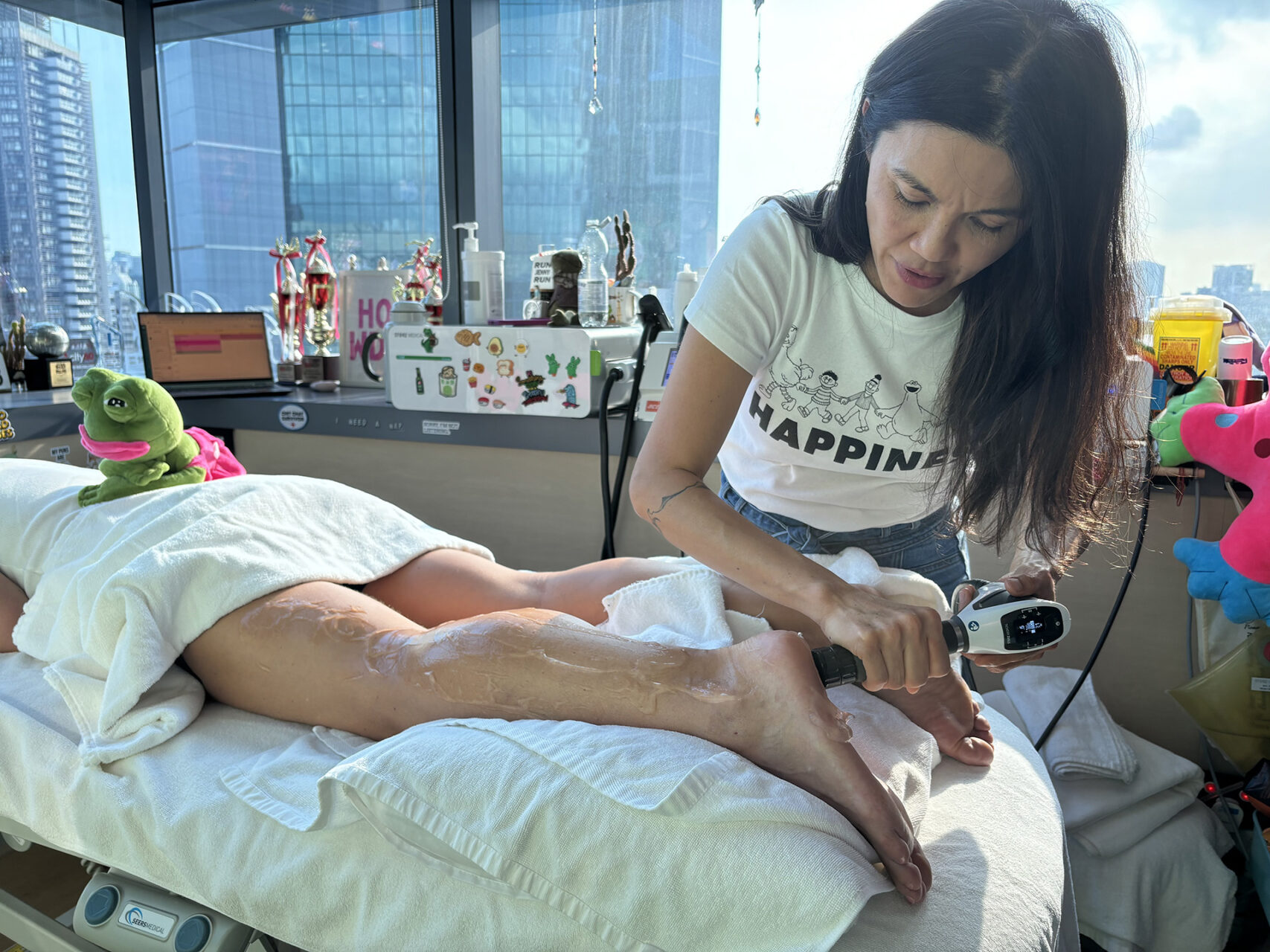
Plantar Fasciitis: The Ligament Behind the Morning Ache
Plantar fasciitis refers to the inflammation of the plantar fascia, a thin ligament that supports the arch of your foot.
Your plantar fascia acts like a shock absorber, supporting your arch and cushioning each step you take. The long, thin ligament can become inflamed due to overuse or injury, leading to plantar fasciitis. Plantar fasciitis is the most common cause of heel pain, especially among middle-aged individuals and those who are overweight, active, or spend a lot of time on their feet.
Plantar fasciitis pain is typically sharp and stabbing, especially in the morning or after periods of rest, and is often worse after rest or upon waking. If not managed early, it can become a chronic, nagging discomfort that affects your gait and posture, often prompting compensation in other parts of the body. Heel bone pain when walking is not normal. Consult a physiotherapist to determine if you may have plantar fasciitis. Importantly, most with plantar fasciitis recover within a few weeks to a few months with appropriate treatment, so get started on your recovery today.
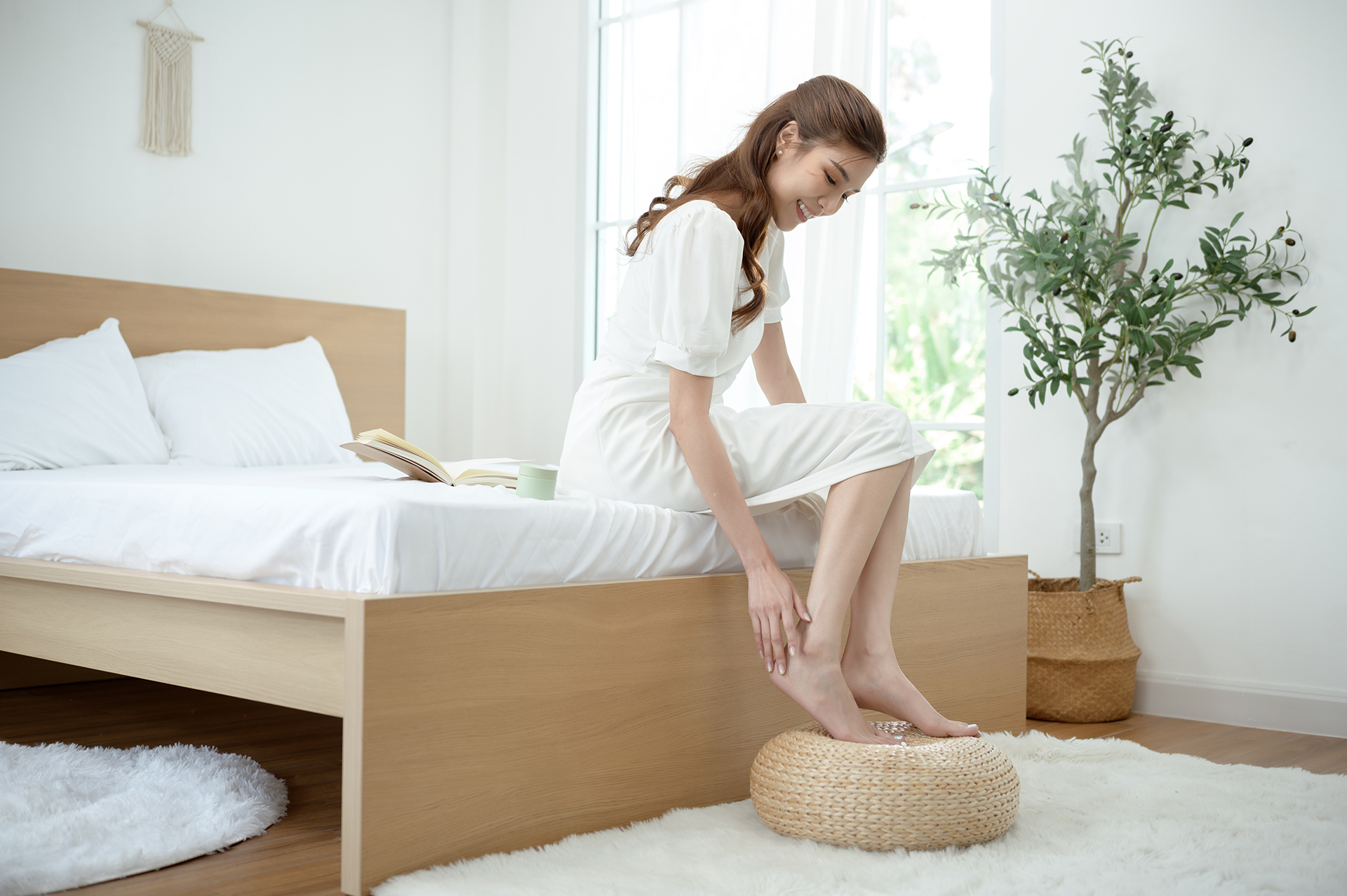
The Truth About Heel Spurs
A heel spur is a bony growth that forms on the heel bone due to chronic stress and inflammation. These calcium deposits form where soft tissue has repeatedly pulled on the bone, typically due to ongoing inflammation or biomechanical imbalances.
When heel spur pain does occur, it’s usually because the surrounding tissues, like the plantar fascia or Achilles tendon, are irritated. Bone spurs can cause side of heel bone pain or elsewhere on the heel, and importantly, may require specific treatment if they cause persistent pain. Importantly, addressing only the spur without treating the root cause often falls short of delivering lasting relief from heel bone pain.
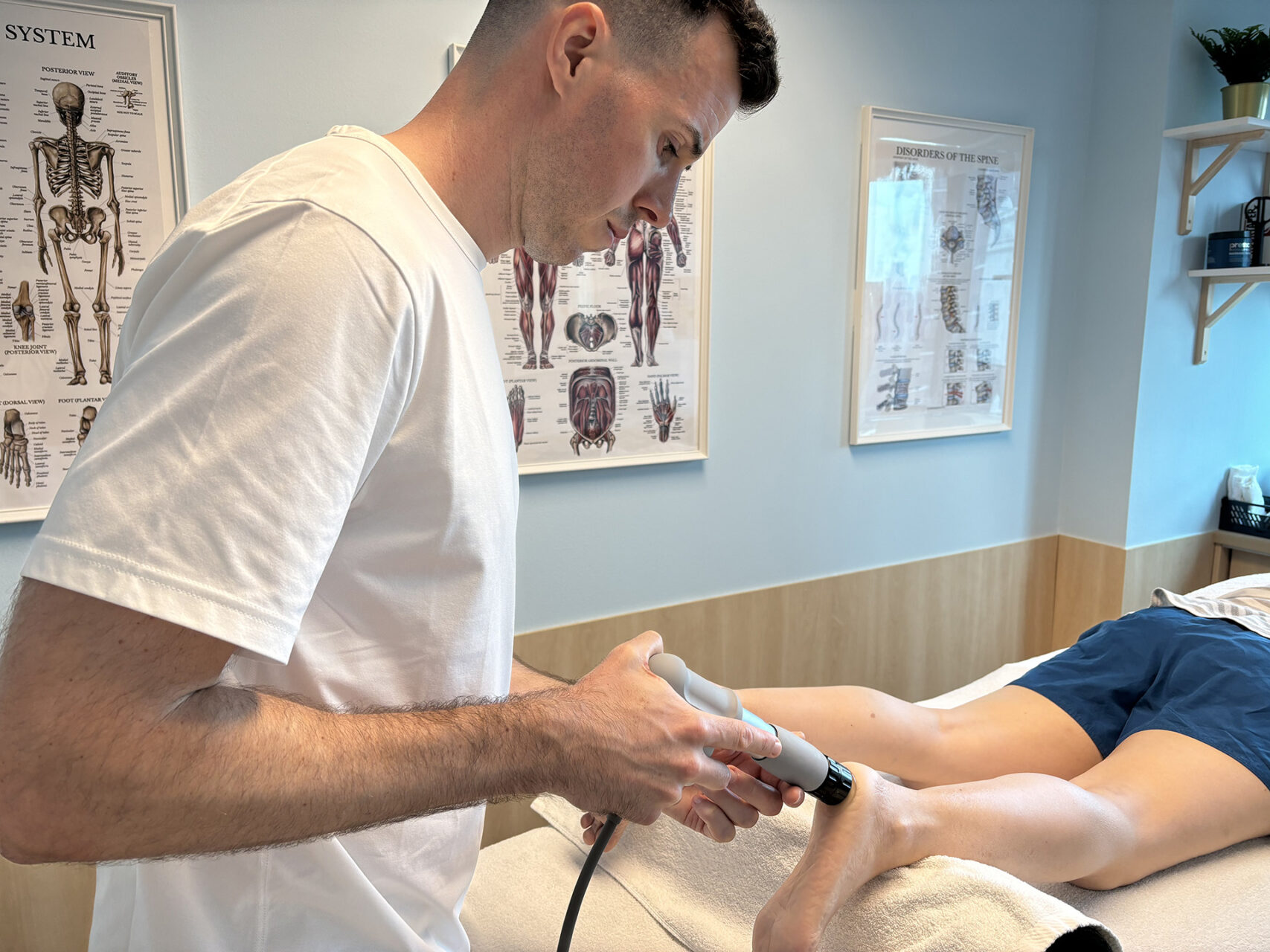
Achilles Tendonitis and Back-of-Heel Pain
The Achilles tendon connects your calf muscle to the back of the heel. When overused or stressed, especially through repetitive uphill running, jumping, mechanical issues, or poor footwear, it can become inflamed at its insertion point. This leads to tenderness, stiffness, and heel bone pain after running.
If left unaddressed, insertional Achilles tendonitis can progress to tendinosis or even partial tearing of the tendon, causing severe pain, especially during activity, or when the tendon is under strain, making early diagnosis and management essential.
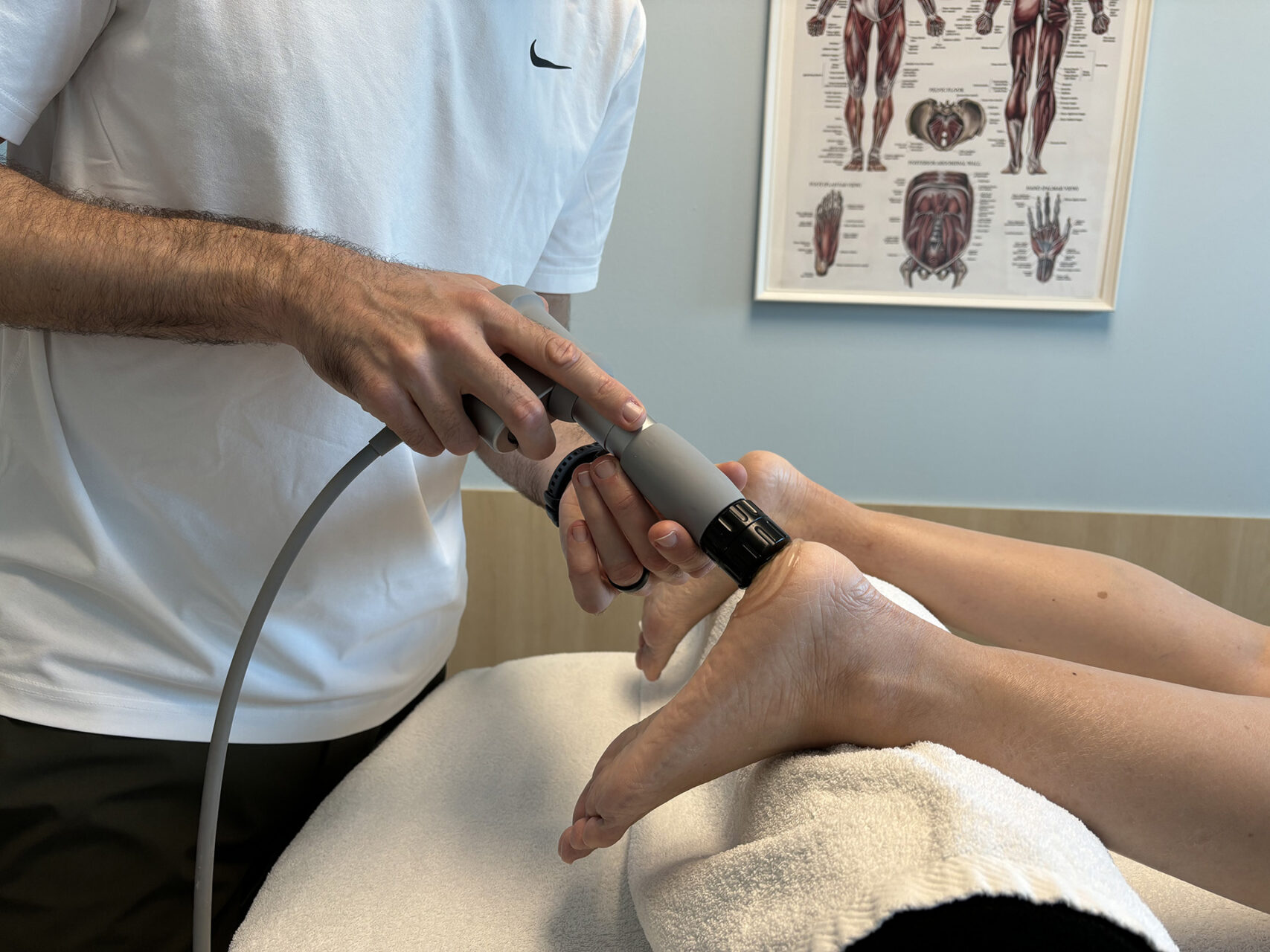
Diagnosing the Source: Getting to the Bottom of Heel Bone Pain
A thorough clinical evaluation begins with a detailed history and a comprehensive physical examination. This helps differentiate between soft tissue issues, bony abnormalities and systemic causes. Imaging plays a key role, as a detailed understanding of your condition can help determine the right intervention strategy:
- X-rays reveal heel spurs, fractures and calcifications. X-rays may also be used to check for arthritis, bone fractures, bone misalignment, and joint damage.
- Ultrasound provides a dynamic assessment of soft tissues, such as the plantar fascia and Achilles tendon.
- Magnetic resonance imaging (MRI), a specialized imaging technique, is used when X-rays are insufficient to reveal soft tissue issues or detailed joint problems.
- Gait analysis is often used by physiotherapists to identify movement patterns or alignment issues that can be contributing to pain.
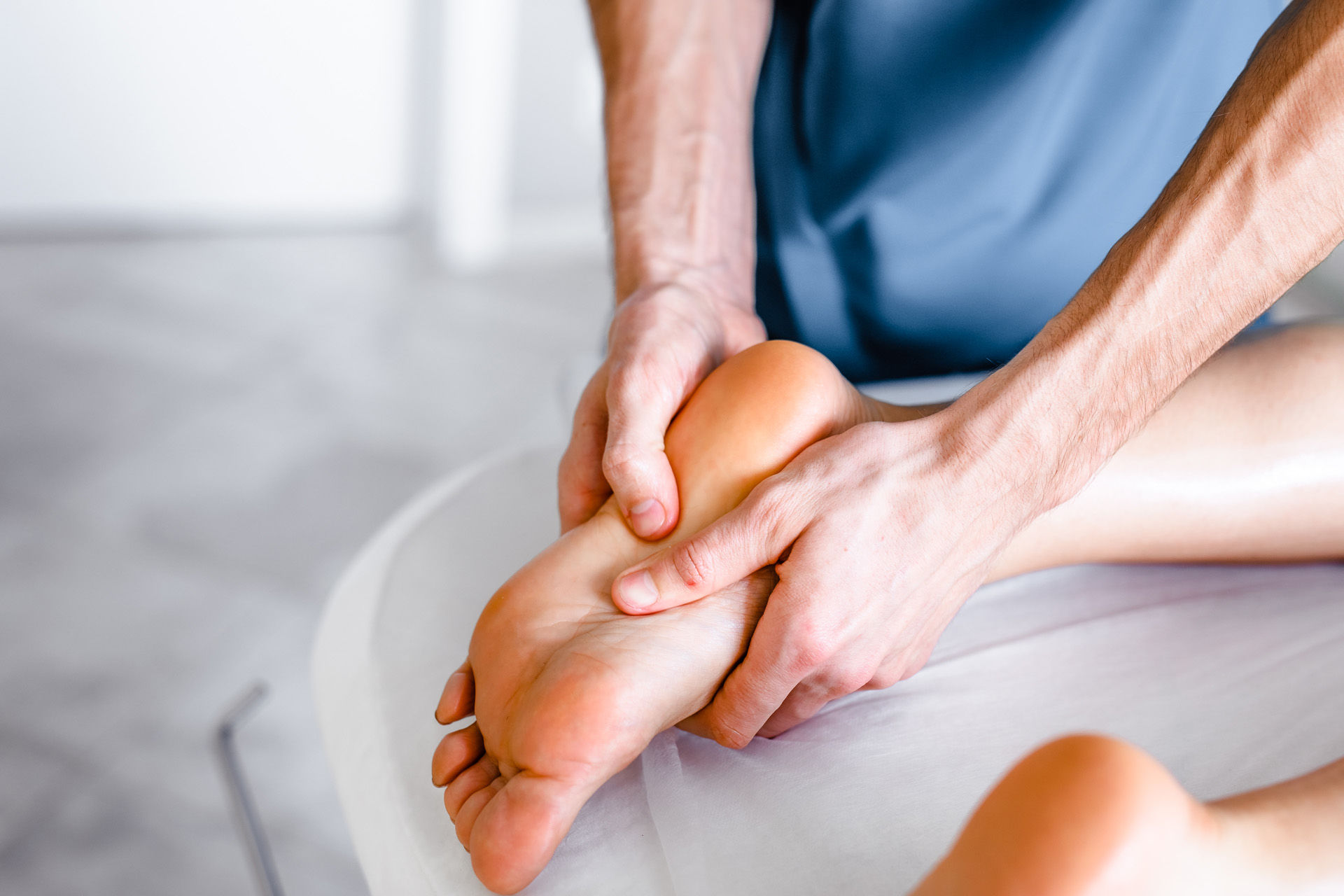
Treating Heel Bone Pain: What Works?
Conservative Management
The first step is to reduce the inflammation and unload the irritated tissues. This includes rest, activity modification and applying an ice pack to the heel to help reduce pain and inflammation. Supportive footwear can also offload stress from the heel. Wearing shoes with good support and cushioning is critical for preventing and managing heel pain.
Stretching and strengthening exercises target the calves, plantar fascia and the foot’s intrinsic muscles. For night-time relief, splints and strategic taping can help minimize strain while sleeping or walking. A night splint works by helping the foot stay in a stretched position throughout the night, thereby reducing morning pain.
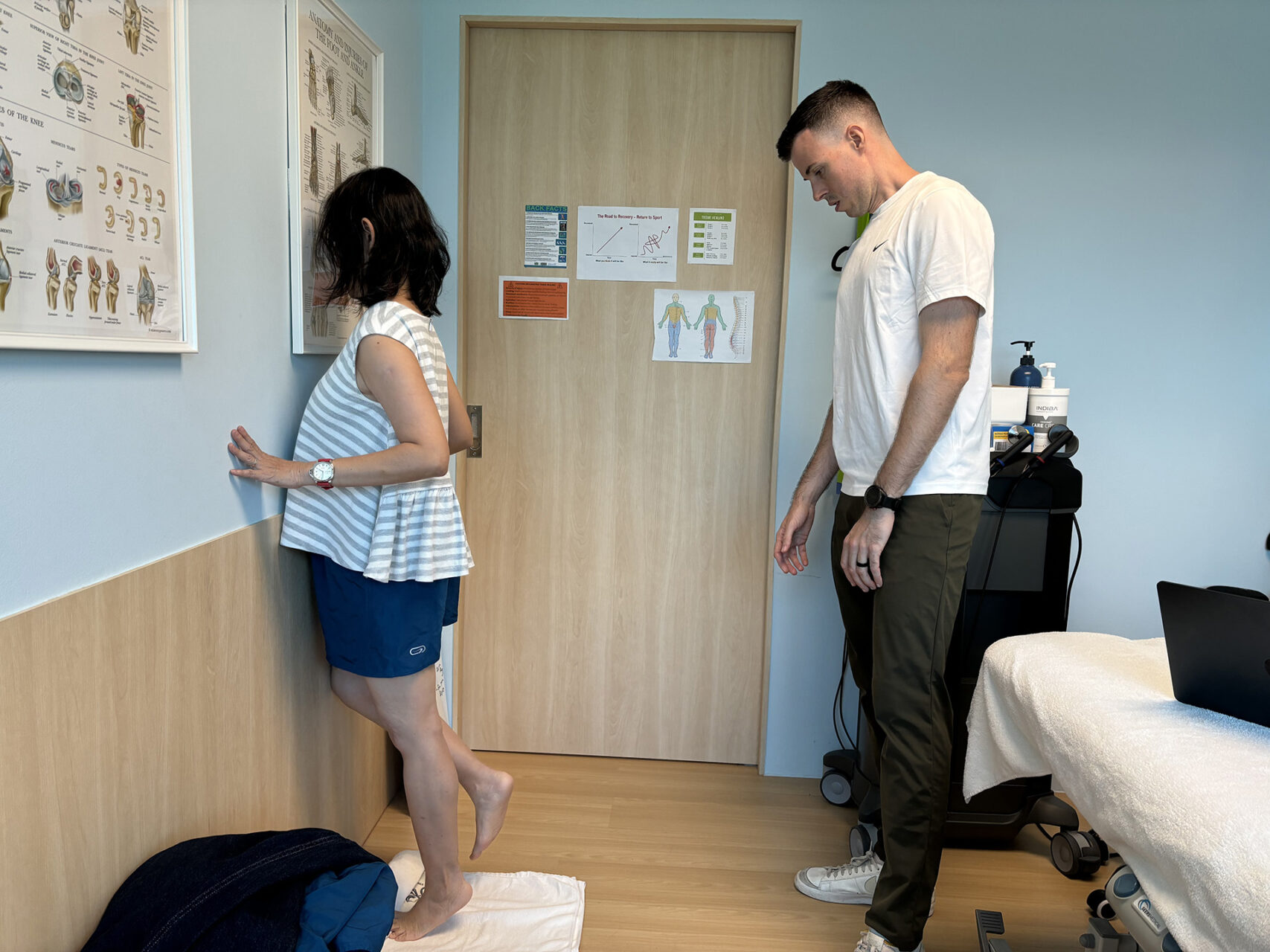
Physiotherapy and Manual Therapy
Targeted physiotherapy plays a central role in resolving heel bone pain. Therapists use techniques like myofascial release and joint mobilisation to restore flexibility and reduce mechanical tension. Physical therapy is a key component of conservative treatment for heel bone pain, focusing on stretching, strengthening and functional recovery. Exercise prescription focuses on progressive loading, helping tissues heal and build resilience.
Shockwave Therapy is a valuable modality for persistent plantar fasciitis and Achilles tendonitis. It stimulates healing at the cellular level, breaks up scar tissue, and promotes blood flow. INDIBA® Activ Therapy, another advanced option, utilises radiofrequency to enhance circulation, reduce inflammation, and accelerate tissue repair. Combined with manual therapy and exercise, it forms part of a comprehensive treatment strategy tailored to each patient.
When muscle tightness or trigger points contribute to abnormal gait, Dry Needling may be used to release tension and improve muscle activation.
Regardless of the method, working with a physical therapist ensures you have a personalized exercise and rehabilitation plan that targets your heel bone pain effectively and safely.
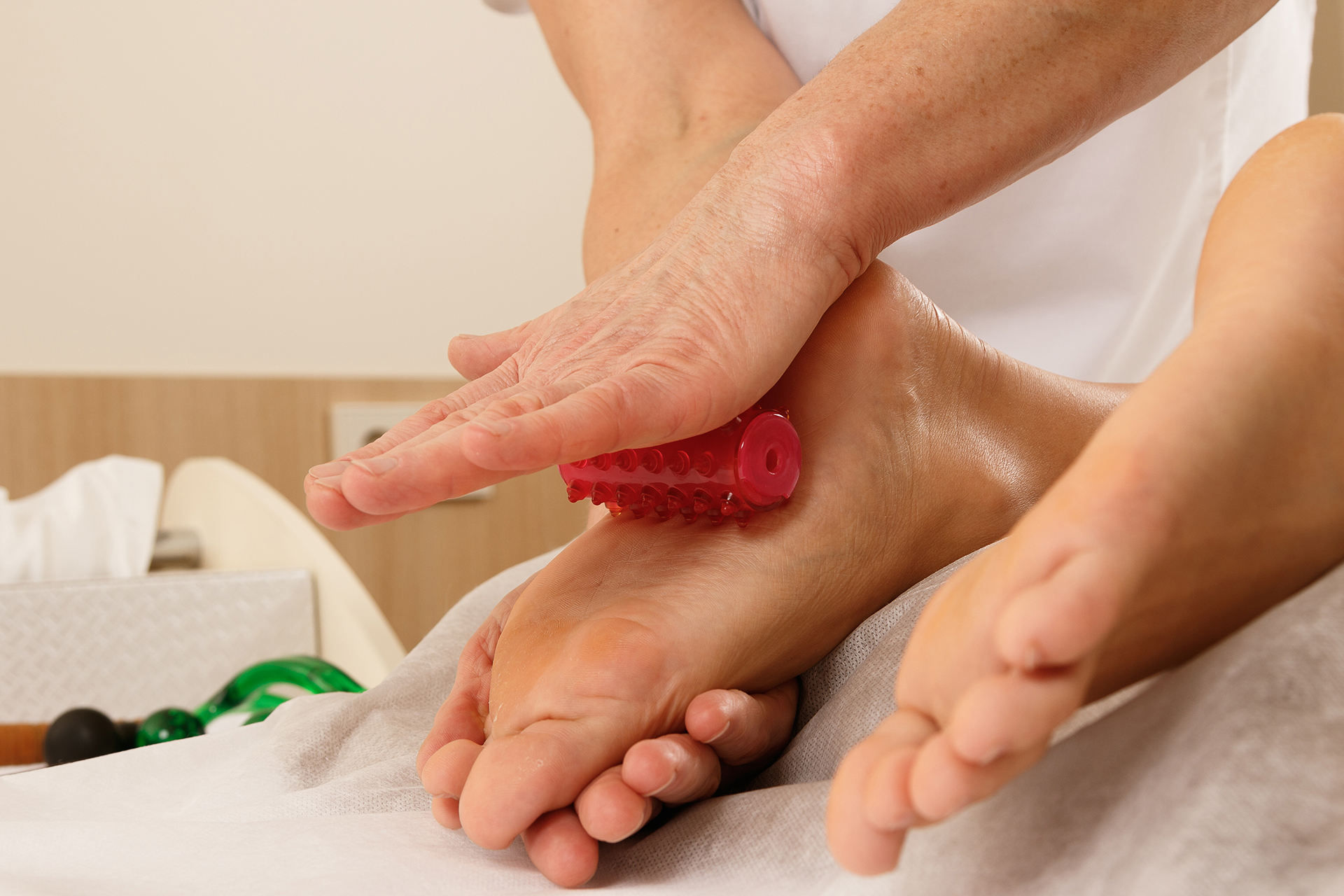
Ease Heel Pain with Home Remedies
If you’re experiencing heel pain, several effective home remedies can help ease discomfort and promote healing. For many people, plantar fasciitis is the underlying cause of heel pain, and simple strategies can make a big difference. Start by giving your feet a break. Rest is essential for reducing inflammation and preventing further injury. Applying ice packs to the sore area for 15-20 minutes at a time can help manage pain and swelling, especially after long periods of standing or activity.
Stretching exercises, particularly calf stretching and gentle foot rolling, can relieve tension in the plantar fascia and surrounding muscles. Wearing supportive shoes with good arch support and cushioning is crucial, as is avoiding walking barefoot on hard surfaces. Night splints can help keep your foot in a stretched position overnight, reducing morning heel pain and the risk of developing chronic pain. Over-the-counter pain relievers may also provide temporary relief. However, these will not address the root cause of your foot pain. Consulting a trained expert is the most effective way to address the problem at its root.
As with most conditions, prevention is better than treatment. For athletes and active individuals, pre- and post-activity routines that include stretching, mobility drills, and load management are crucial for maintaining foot safety. Effective weight management and early physiotherapy intervention when discomfort begins also play a significant role.
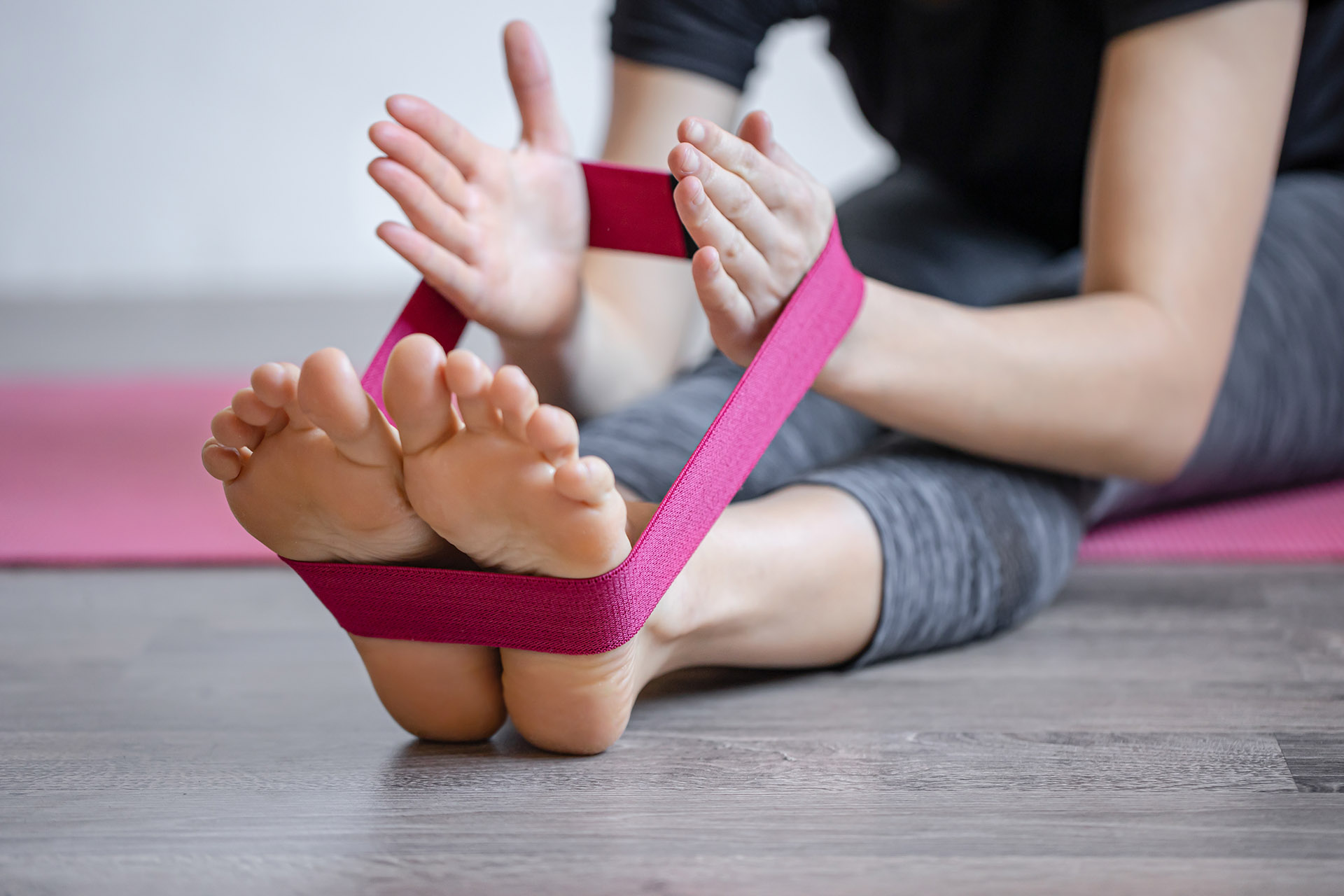
Taping, Orthotics and Footwear: Supporting the Healing Process
Short-term taping techniques, such as low-dye taping, offer pain relief by stabilizing the foot and reducing strain on sensitive structures. This is particularly effective in the early stages of treatment.
Custom orthotics or well-fitted insoles redistribute pressure and improve foot alignment, which is critical for managing biomechanical contributors. Using orthotic inserts can provide extra support for flat feet or high arches, relieving the strain on the heel. Choosing supportive shoes with proper arch support and cushioning is equally important, especially for those who spend long hours on their feet.
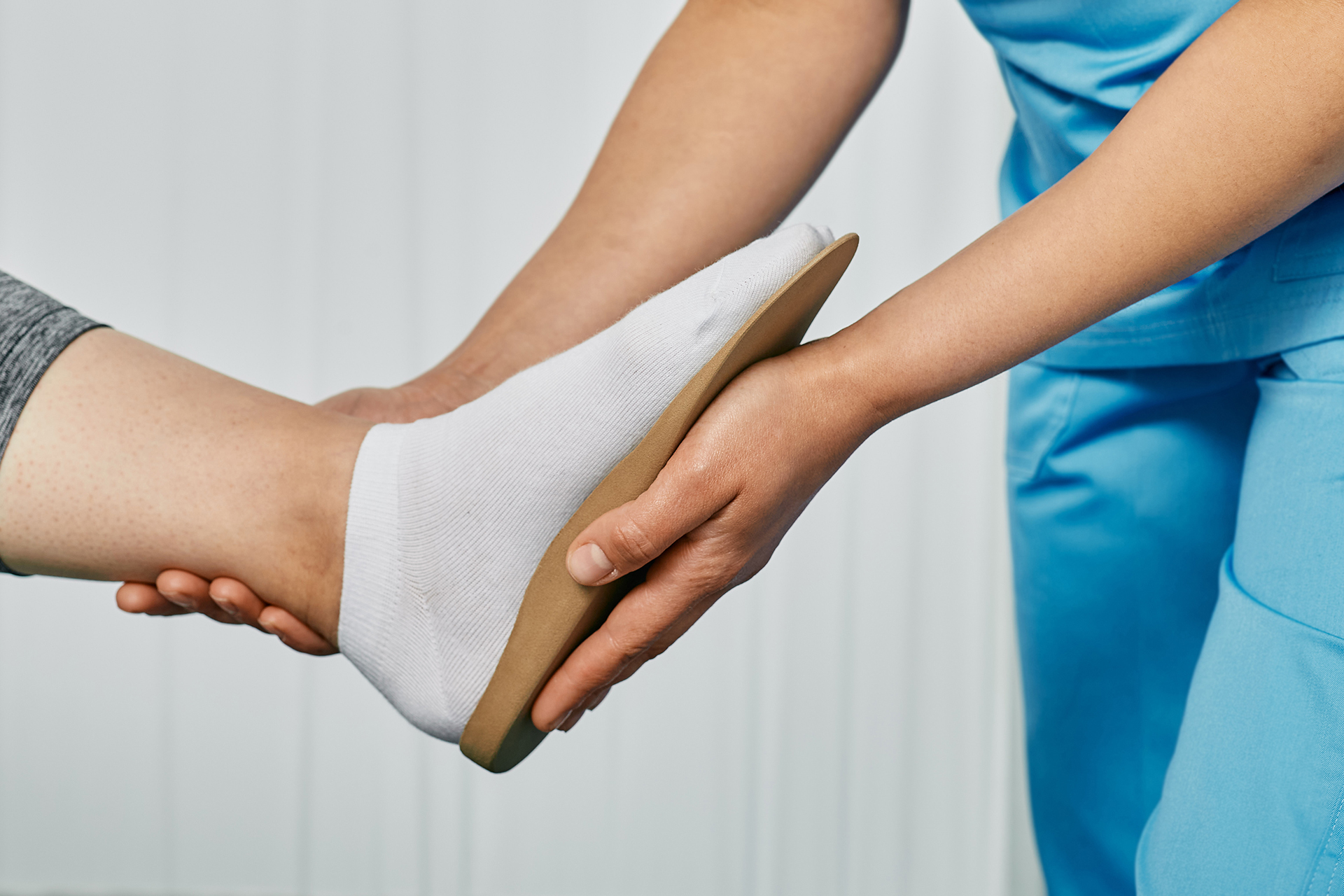
When It’s Time to Consider Medical Intervention
If heel pain persists beyond three months of conservative treatment, it may be time to explore more advanced options. In select cases, corticosteroid injections are used for short-term relief. They must be administered cautiously to avoid weakening the surrounding tissues. Steroid injections are sometimes recommended to reduce pain and inflammation when other treatments have failed.
For chronic heel spur pain or tendon issues, minimally invasive procedures may be necessary. Surgical options are typically reserved for cases that are severe or unresponsive to other treatments. These may include procedures such as gastrocnemius recession, which involves lengthening the calf muscle to relieve tension on the plantar fascia, or releasing tight tendons when conservative treatments are ineffective.

Managing Chronic Heel Bone Pain: Keeping It from Coming Back
Some patients experience recurring episodes of heel pain. Chronic heel pain can signal underlying medical problems or lead to compensatory issues in other parts of the body, such as the knees, hips or back. For them, management includes modifying daily tasks, cross-training to avoid overload, and ongoing physiotherapy. Regular check-ins with a physiotherapist can help fine-tune orthotics or footwear, assess gait and address early warning signs.

When to See a Physiotherapist
You should seek professional help if your heel pain:
- Lasts more than two weeks without improvement
- Is more severe in the morning or after sitting
- Interferes with work, exercise or sleep
- Comes with swelling, redness, or neurological symptoms, such as tingling
At HelloPhysio, our clinicians combine clinical expertise with a compassionate, personalized approach to care. Receiving the correct diagnosis and a plan tailored to your unique movement patterns and lifestyle can significantly accelerate your recovery. With the right combination of physiotherapy, targeted exercises and advanced therapies like INDIBA and Shockwave Therapy, you can regain comfort and mobility.
If heel pain is holding you back, contact HelloPhysio today. We’ll help you walk pain-free into a better tomorrow.

